- Character Education
- Classroom Management
- Cultural Responsive
- Differentiation
- Distance Learning
- Explicit Teaching
- Figurative Language
- Interactive Notebooks
- Mentor Text
- Monthly/Seasonal
- Organization
- Social Emotional Learning
- Social Studies
- Step-by-Step Instruction
- Teaching Tips
- Testing and Review
- Freebie Vault Registration
- Login Freebie Album
- Lost Password Freebie Album
- FREE Rockstar Community
- In the News
- Writing Resources
- Reading Resources
- Social Studies Resources
- Interactive Writing Notebooks
- Interactive Reading Notebooks
- Teacher Finds
- Follow Amazon Teacher Finds on Instagram
- Pappy’s Butterfly: A Tale of Perseverance
- Rockstar Writers® Members Portal Login
- FREE MASTERCLASS: Turn Reluctant Writers into Rockstar Writers®
- Enroll in Rockstar Writers®
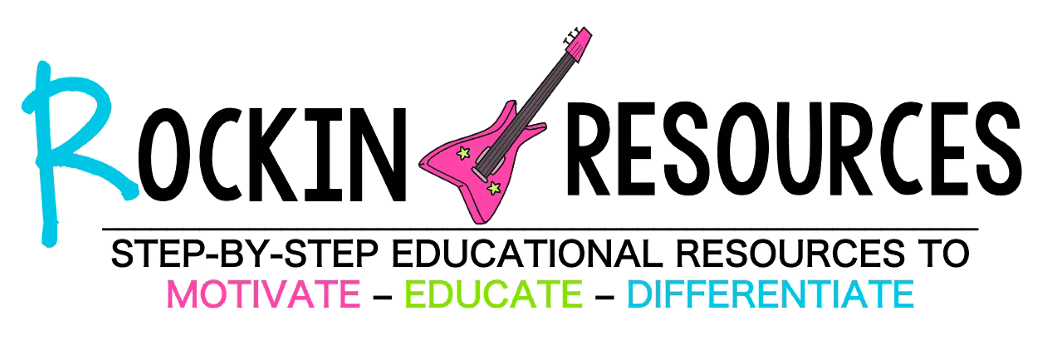
The countdown is on! Teachers , it’s almost time for you and your students to go BACK TO SCHOOL! Are you ready for a fresh crop of young minds? The beginning of each year is always exciting. In order to get the BEST out of your students, it’s important to start the year off RIGHT! I thought I’d show you my lesson plans to help you make the MOST out of your Back-to-School experience this year. Check out my FIRST WEEK OF SCHOOL LESSON PLANS AND ACTIVITIES!
Before students walk into your classroom for the first time, they should have an idea of who they’re going to be spending their year with. Because of that, I like to send a little “about me” in a newsletter to welcome my students before the school year begins . When you have MEET THE TEACHER night, students AND parents will comment on something from your newsletter. It is a great way to break the ice! Then hang it by your door. If you have a large class and are short on funds, send a postcard instead of a letter. It may not have a ton of information, but the students will certainly appreciate hearing from you!

PRIOR TO STUDENT ARRIVAL
First and foremost, make your students feel comfortable! I like to begin by letting the class know that we’re not just a class…we’re a FAMILY ! And since I like to rock out, I always play “We Are Family” as they are walking in the door. Choose a song that resonates with you and have it playing! I also like to have a little treat bag waiting for them. It doesn’t have to be candy. It can be class supplies or something in that vein! It will give them a warm, fuzzy feeling about being with you all year. Then put directions on the board regarding what to unpack, what to put in cubbies, what they should keep at their seats, etc. (I usually have them keep supplies at their desks, so we can go through them together.)
AS STUDENTS ARRIVE
If you want to wait to get to know the students a little more before assigning seats , get a deck of cards! If you have 4 students per group, assign each group of desks a number or face card. Pull out the right number of cards for the number of students from the deck. If they pick out a K, they go to the King’s Table, etc. Then after the first week, you can assign seats that best works for your new group of students!
BEFORE YOU GET STARTED
Double, triple-check transportation cards and emergency cards.
GET TO KNOW YOU:
- TIME CAPSULES: Your students know who YOU ARE, now it’s time for you to get to know THEM. There are a lot of different ways to do this, but time capsules are one of my favorite ways. What are time capsules? Students write about their favorite things, write a paragraph or essay, write down goals and dreams, and create illustrations. We place them in a decorated Pringle’s can. We also add student photos from the beginning of the year. Then at the end of the year, we do the same thing and compare their growth from the beginning of the year! On the first day, I have them decorate the Pringle’s can to look like a time capsule.
- MEET THE TEACHER: At the beginning of the first day of class, I like to go over my “about me” just in case any students missed out on the newsletter I sent home. (Hopefully, they pay attention, because there will be a related activity later in the week!)
- SCAVENGER HUNT: Create a list of things about the students. Have them find someone who is an only child, has 4 siblings, was born in another state, likes sports, etc. They cannot write the same name in any of the blanks. Participate with them! They will love it!

RULES AND ROUTINES
- THE BASICS : Create a list of rules and expectations. This is important because your students need STRUCTURE. Be sure to explain to your students what you expect when it comes to homework, lining up, what to put in cubbies, how to turn in work, when to be quiet, recess rules, and signals you will be using to get their attention
- Raise your hand for permission to speak.
- Keep your hands, feet, and objects to yourself.
- Be prepared.
- Follow directions the first time.
- Be polite to others.
- REWARD SYSTEM: Explain your rewards system. Do you have individual rewards or class rewards or both? For individual rewards , I like to have a treasure chest of items anywhere from snacks, to pencils, to homework passes. Once the students obtain 5 coupons, they get a trip to the treasure chest. Set a specific time of day to do this like the end of the day so it doesn’t break up instruction time. For class rewards , set a goal together and choose what the reward will be. Filling up marbles or checkers in a jar? Once that happens, what does the class get as a reward? Movie? Extra recess? Every time the class is on track or impressing you, move a marble or checker into the jar! Positive classroom management works like a charm!
READING WORKSHOP
- CHRYSANTHEMUM: Read Chrysanthemum by Kevin Henkes. Discuss bullying and different names. Count letters and syllables in each student’s name and create a graph. Discuss how your class is a safe place and no bullying and teasing will be tolerated. (See lesson plans document for questions to ask.)
- GENRE STUDY: Show the class library and review the different types of genres. Hand out a genre study guide and quiz them at the end of the week.

WRITING WORKSHOP
- SETTING UP WRITING NOTEBOOKS : Hand out instructions to decorate the cover of their writing notebooks and assign it for homework.
- GREEK AND LATIN : Point out the GREEK AND LATIN Word Wall. Explain prefixes, suffixes, and root words. – We will begin Unit 1 next week.
- 180 DAY JOURNAL OF POSITIVE THINKING: Get started in 180 DAY JOURNAL OF POSITIVE THINKING. Explain how to look up word meanings and analyze quotes.

END OF THE DAY
Go over dismissal rules, send home notes of any supplies still needed for class and hand out a happy note to take home.
Send home parent homework. This is a survey so parents can share information about their child. Then decorate the writing notebook. Have them turn it in on Wednesday.

Write information on the board: Where to put homework, where to put parent homework, etc.
Then play music as students are walking in.
THINGS TO CHECK IN THE AM
- Take attendance and review any parent notes.
- Note any transportation changes.
- Collect any parent surveys or supplies that come in.
GET TO KNOW YOU
- TELEPHONE: Don’t forget, some of your students may not know each other yet. Icebreakers and team-building activities are a good way to get your students involved with one another! An example I’ve used over the years is playing a game like ‘telephone’ where you whisper something into one person’s ear, they whisper it into the next person’s ear, and so on. In the end, the secret you whispered will come back to you, but it may have changed through the telephone line. This usually gets everyone laughing!
- STUDENT SURVEYS: Student and parent surveys are important and beneficial to you, your students, and your students’ parents. This gives your students and their parents the opportunity to tell you anything they need you to know before the start of the school year.
- WHO’S WHO: On a piece of paper, ask students to write down three things about themselves. Then you read off each one and have students guess who it is.
- TIME CAPSULES: One page to put in the time capsules is a favorites page. Have students list their favorite color, friends, books, etc.
- WALK AND TALK: Your classroom is where your students will spend the majority of their day, so show them around! I like to walk and talk, making my way around the room, showing my students where everything is and how I like to keep it. Explain student mailboxes and the teacher’s mailbox. Explain the centers, bulletin boards, and where to put supplies, etc.
- TEAM JOBS: Since I look at my students as my family, I also expect everyone to pitch in and help out around the classroom. Let your students do the cleanup! The best way to do this is by assigning TEAM JOBS in the classroom every week. Team jobs means multiple people get the same job and everyone gets a job except who is on vacation!

- HUNDRED DRESSES: Start reading Hundred Dresses together. Read chapters 1 and 2 together. (See Lesson plans document for questions to ask.)
- FLY EAGLE FLY: Read this as a read-aloud. Discuss goals and perseverance. (See Lesson plans document for questions to ask.)
- DEVELOPING GOALS: Add students’ goals to their time capsules.
- WRITING CENTER: Explain how they will use writing notebooks and the writing center. Talk about what the supplies in the center are used for.
- WRITING PROMPT: Pick a prompt from the monthly writing prompts. Ask students to just write. Writing instruction will start next week! Add this writing sample to their time capsule!

180 DAY JOURNAL OF POSITIVE THINKING: Work together as a whole group or in small groups to get students used to the process. Tell them about the person who is quoted. (This is included in the teacher notes!) Share and discuss their thoughts. You can slowly let go and let them work on it independently.
Research the meaning of your name and why your parents chose it! This goes along with the Chrysanthemum story.

- Have directions, what you will be covering today, and what they should put in their agendas on the board.
- Hand out paper bag book report
- Have a website available in case a student couldn’t find the meaning to their name last night
- Help students get in the routine of unpacking, turning things in, etc.
- Check student and teacher mailboxes
- TIME CAPSULES : Have students trace their hands to compare sizes at the end of the year. Then create an illustration to put in the time capsule.
- CHARACTER TRAITS : Pineapple bulletin board or door décor. Introduce character traits and explain how each month you will focus on one of them. Then either hand out names to different students or have students write about themselves- “I wear a crown because I am ____(character trait) because I ____. He/She wears a crown because …”

Walk around the school and show them different places they need to know. (nurse’s office, special area, office, different halls and grades, etc.)
- READING NOTEBOOKS: Set up the reading notebooks by adding the table of contents.
- CAUSE AND EFFECT: Explain cause and effect and give examples. Add interactive notes on cause and effect to the reading notebooks.
- HUNDRED DRESSES: Read chapters 3-4 together or in groups. Discuss the chapters together.

- PARAGRAPH OF THE WEEK: Explain the guided paragraph of the week so they can start tomorrow for first work.
- SET UP WRITING NOTEBOOK: Set up writing notebooks with the table of contents and first tab.
- BRAINSTORM IDEAS: To start writing notebooks, we brainstorm ideas that can be used in their writing throughout the year if they get stumped. Today, work on the “I am” and “I love” pages.

- Paper Bag Book Report due in 4 weeks
- Write about a current event for time capsules.

Write morning directions, what you need them to write in their agendas, and what you will be covering today on the board.
THINGS TO CHECK IN AM
BIO-POEMS: Do one line at a time and walk around to help students. Have students write adjectives, things they feel, like, needs, etc. Use the word lists to help students brainstorm. Allow students to share and discuss in groups as they are working to help them with more brainstorming.
Talk about mentor text and how we will use it for reading and writing. Always be on the lookout for the author’s craft!
- HUNDRED DRESSES: Read chapters 5-6 together and discuss the chapters.
- CAUSE AND EFFECT: Point out the causes and effects in the chapters. Pull passages from the READING COMPREHENSION PASSAGES AND QUESTIONS for the cause and effect standard.
- BASKETBALL REVIEW: Play a game to review genres and cause and effect. Have a mini-basketball and trash can. Divide the class into two groups. Each person gets a question. They get one point for the correct answer and one point for making the basket.
- PARAGRAPH OF THE WEEK: Guided paragraph of the week. All the instructions are there for them. Let them get started while you are taking attendance, but do this first one together.
- BRAINSTORM IDEAS: Brainstorming Ideas Unit
- I wonder and feelings pages. Place in notebooks. (Use bio poem word list of feelings)
Bring in a picture of you for time capsules .

- TEACHER BINGO: Now that your students have had the chance to get to know each other, let’s see how much they remember about you! Add questions to a bingo board for students to guess the answer. Go over your answer with them and as they get them correct, they can X out the box. See how many bingos they get!
- TIME CAPSULES: Add a photograph or draw an illustration of yourself and add it to your time capsule. Add anything else (not food) and keep (or bury) them in a special place! Leave them there until the end of the year!
- WEEKLY READING LOGS: Explain the Weekly Reading Logs that will start next week. Decide on the minimum number of minutes you want them to read each night. I also like to include a written response for students to write about what they read. Include a variety of reading skills to use in the reading response .
- REWARDS: Hand out coupons or rewards for the week

- HUNDRED DRESSES: Finish the last chapter of Hundred Dresses . Discuss the lesson learned. Get out a beach ball. Toss it. Whoever catches it answers a question about the story. Then give them a quiz on the story.
- GENRES: Quiz on genres.
- BRAINSTORMING IDEAS: Finish the brainstorming unit on “my family” and the treasure map. Tell them that next week you will focus on Sentence Structure.
- GUIDED PARAGRAPH WRITING: Continue writing on this week’s guided prompt.
Play heads up, stand up game.
No homework. Happy weekend!
Learn more about EXPLICIT TEACHING HERE!
Keep it rockin’,

SEE RELATED BLOG POSTS:

DISCOVER RELATED RESOURCES:

180 Day Journal of Positive Thinking | Step-by-Step Writing® | Distance Learning

1st Grade Step-by-Step Writing® Program

2nd Grade Reading Comprehension Passages Bundle

2nd Grade Step-by-Step Writing® Program

3rd Grade Reading Comprehension Passages Bundle

3rd Grade Step-by-Step Writing® Program

4th Grade Reading Comprehension Passages Bundle | GOOGLE

4th Grade Step-by-Step Writing® Program

5th Grade Reading Comprehension Passages Bundle

5th Grade Step-by-Step Writing® Program

6th Grade Step-by-Step Writing® Program

All About Me Bio Poem | Back to School | First week of School

BACK TO SCHOOL | FIRST WEEK OF SCHOOL | MEET THE TEACHER

Back to School Figurative Language | August | September

Back to School Treat Labels

Book Reports that Motivate! Pick a Genre!

Brainstorming Writing Ideas | DISTANCE LEARNING | GOOGLE

Digital Step-by-Step Cause and Effect Practice

Editable Classroom Team Jobs

Editable Weekly Reading Log – Fiction and Non Fiction

Genre Anchor Charts, Notebook Cards, Study Guide and Test

Greek and Latin Study Units Bundle – 20 UNITS!

INTERACTIVE STEP-BY-STEP® WRITING PROGRAM ULTIMATE BUNDLE

Middle School Step-by-Step Writing® Program Grades 6-8

Monthly Door Decor or Bulletin Board for Character Education

Monthly Writing Prompts

Poetry Comprehension Unit, Elements of Poetry, Poetry Bulletin Board & Google

Reading Skills Bundle for Reading Comprehension

ROCKSTAR REWARDS Positive Coupons for Students and Class

Step-by-Step Cause and Effect Unit

STEP-BY-STEP DIGITAL WRITING PROGRAM FOR MIDDLE SCHOOL

STEP-BY-STEP® WRITING PROGRAM | PRINTABLE AND DIGITAL

Time Capsule Activity for Back to School and End of Year

Ultimate Back to School Bundle | First Week of School

WRITING PROGRAM BUNDLE MIDDLE SCHOOL – PRINTABLE AND DIGITAL
Share this post on pinterest:.

What is the Difference Between Narrative, Opinion, and Informative Writing?
My favorite must-haves for classroom organization.


Understanding Assignments
What this handout is about.
The first step in any successful college writing venture is reading the assignment. While this sounds like a simple task, it can be a tough one. This handout will help you unravel your assignment and begin to craft an effective response. Much of the following advice will involve translating typical assignment terms and practices into meaningful clues to the type of writing your instructor expects. See our short video for more tips.
Basic beginnings
Regardless of the assignment, department, or instructor, adopting these two habits will serve you well :
- Read the assignment carefully as soon as you receive it. Do not put this task off—reading the assignment at the beginning will save you time, stress, and problems later. An assignment can look pretty straightforward at first, particularly if the instructor has provided lots of information. That does not mean it will not take time and effort to complete; you may even have to learn a new skill to complete the assignment.
- Ask the instructor about anything you do not understand. Do not hesitate to approach your instructor. Instructors would prefer to set you straight before you hand the paper in. That’s also when you will find their feedback most useful.
Assignment formats
Many assignments follow a basic format. Assignments often begin with an overview of the topic, include a central verb or verbs that describe the task, and offer some additional suggestions, questions, or prompts to get you started.
An Overview of Some Kind
The instructor might set the stage with some general discussion of the subject of the assignment, introduce the topic, or remind you of something pertinent that you have discussed in class. For example:
“Throughout history, gerbils have played a key role in politics,” or “In the last few weeks of class, we have focused on the evening wear of the housefly …”
The Task of the Assignment
Pay attention; this part tells you what to do when you write the paper. Look for the key verb or verbs in the sentence. Words like analyze, summarize, or compare direct you to think about your topic in a certain way. Also pay attention to words such as how, what, when, where, and why; these words guide your attention toward specific information. (See the section in this handout titled “Key Terms” for more information.)
“Analyze the effect that gerbils had on the Russian Revolution”, or “Suggest an interpretation of housefly undergarments that differs from Darwin’s.”
Additional Material to Think about
Here you will find some questions to use as springboards as you begin to think about the topic. Instructors usually include these questions as suggestions rather than requirements. Do not feel compelled to answer every question unless the instructor asks you to do so. Pay attention to the order of the questions. Sometimes they suggest the thinking process your instructor imagines you will need to follow to begin thinking about the topic.
“You may wish to consider the differing views held by Communist gerbils vs. Monarchist gerbils, or Can there be such a thing as ‘the housefly garment industry’ or is it just a home-based craft?”
These are the instructor’s comments about writing expectations:
“Be concise”, “Write effectively”, or “Argue furiously.”
Technical Details
These instructions usually indicate format rules or guidelines.
“Your paper must be typed in Palatino font on gray paper and must not exceed 600 pages. It is due on the anniversary of Mao Tse-tung’s death.”
The assignment’s parts may not appear in exactly this order, and each part may be very long or really short. Nonetheless, being aware of this standard pattern can help you understand what your instructor wants you to do.
Interpreting the assignment
Ask yourself a few basic questions as you read and jot down the answers on the assignment sheet:
Why did your instructor ask you to do this particular task?
Who is your audience.
- What kind of evidence do you need to support your ideas?
What kind of writing style is acceptable?
- What are the absolute rules of the paper?
Try to look at the question from the point of view of the instructor. Recognize that your instructor has a reason for giving you this assignment and for giving it to you at a particular point in the semester. In every assignment, the instructor has a challenge for you. This challenge could be anything from demonstrating an ability to think clearly to demonstrating an ability to use the library. See the assignment not as a vague suggestion of what to do but as an opportunity to show that you can handle the course material as directed. Paper assignments give you more than a topic to discuss—they ask you to do something with the topic. Keep reminding yourself of that. Be careful to avoid the other extreme as well: do not read more into the assignment than what is there.
Of course, your instructor has given you an assignment so that they will be able to assess your understanding of the course material and give you an appropriate grade. But there is more to it than that. Your instructor has tried to design a learning experience of some kind. Your instructor wants you to think about something in a particular way for a particular reason. If you read the course description at the beginning of your syllabus, review the assigned readings, and consider the assignment itself, you may begin to see the plan, purpose, or approach to the subject matter that your instructor has created for you. If you still aren’t sure of the assignment’s goals, try asking the instructor. For help with this, see our handout on getting feedback .
Given your instructor’s efforts, it helps to answer the question: What is my purpose in completing this assignment? Is it to gather research from a variety of outside sources and present a coherent picture? Is it to take material I have been learning in class and apply it to a new situation? Is it to prove a point one way or another? Key words from the assignment can help you figure this out. Look for key terms in the form of active verbs that tell you what to do.
Key Terms: Finding Those Active Verbs
Here are some common key words and definitions to help you think about assignment terms:
Information words Ask you to demonstrate what you know about the subject, such as who, what, when, where, how, and why.
- define —give the subject’s meaning (according to someone or something). Sometimes you have to give more than one view on the subject’s meaning
- describe —provide details about the subject by answering question words (such as who, what, when, where, how, and why); you might also give details related to the five senses (what you see, hear, feel, taste, and smell)
- explain —give reasons why or examples of how something happened
- illustrate —give descriptive examples of the subject and show how each is connected with the subject
- summarize —briefly list the important ideas you learned about the subject
- trace —outline how something has changed or developed from an earlier time to its current form
- research —gather material from outside sources about the subject, often with the implication or requirement that you will analyze what you have found
Relation words Ask you to demonstrate how things are connected.
- compare —show how two or more things are similar (and, sometimes, different)
- contrast —show how two or more things are dissimilar
- apply—use details that you’ve been given to demonstrate how an idea, theory, or concept works in a particular situation
- cause —show how one event or series of events made something else happen
- relate —show or describe the connections between things
Interpretation words Ask you to defend ideas of your own about the subject. Do not see these words as requesting opinion alone (unless the assignment specifically says so), but as requiring opinion that is supported by concrete evidence. Remember examples, principles, definitions, or concepts from class or research and use them in your interpretation.
- assess —summarize your opinion of the subject and measure it against something
- prove, justify —give reasons or examples to demonstrate how or why something is the truth
- evaluate, respond —state your opinion of the subject as good, bad, or some combination of the two, with examples and reasons
- support —give reasons or evidence for something you believe (be sure to state clearly what it is that you believe)
- synthesize —put two or more things together that have not been put together in class or in your readings before; do not just summarize one and then the other and say that they are similar or different—you must provide a reason for putting them together that runs all the way through the paper
- analyze —determine how individual parts create or relate to the whole, figure out how something works, what it might mean, or why it is important
- argue —take a side and defend it with evidence against the other side
More Clues to Your Purpose As you read the assignment, think about what the teacher does in class:
- What kinds of textbooks or coursepack did your instructor choose for the course—ones that provide background information, explain theories or perspectives, or argue a point of view?
- In lecture, does your instructor ask your opinion, try to prove their point of view, or use keywords that show up again in the assignment?
- What kinds of assignments are typical in this discipline? Social science classes often expect more research. Humanities classes thrive on interpretation and analysis.
- How do the assignments, readings, and lectures work together in the course? Instructors spend time designing courses, sometimes even arguing with their peers about the most effective course materials. Figuring out the overall design to the course will help you understand what each assignment is meant to achieve.
Now, what about your reader? Most undergraduates think of their audience as the instructor. True, your instructor is a good person to keep in mind as you write. But for the purposes of a good paper, think of your audience as someone like your roommate: smart enough to understand a clear, logical argument, but not someone who already knows exactly what is going on in your particular paper. Remember, even if the instructor knows everything there is to know about your paper topic, they still have to read your paper and assess your understanding. In other words, teach the material to your reader.
Aiming a paper at your audience happens in two ways: you make decisions about the tone and the level of information you want to convey.
- Tone means the “voice” of your paper. Should you be chatty, formal, or objective? Usually you will find some happy medium—you do not want to alienate your reader by sounding condescending or superior, but you do not want to, um, like, totally wig on the man, you know? Eschew ostentatious erudition: some students think the way to sound academic is to use big words. Be careful—you can sound ridiculous, especially if you use the wrong big words.
- The level of information you use depends on who you think your audience is. If you imagine your audience as your instructor and they already know everything you have to say, you may find yourself leaving out key information that can cause your argument to be unconvincing and illogical. But you do not have to explain every single word or issue. If you are telling your roommate what happened on your favorite science fiction TV show last night, you do not say, “First a dark-haired white man of average height, wearing a suit and carrying a flashlight, walked into the room. Then a purple alien with fifteen arms and at least three eyes turned around. Then the man smiled slightly. In the background, you could hear a clock ticking. The room was fairly dark and had at least two windows that I saw.” You also do not say, “This guy found some aliens. The end.” Find some balance of useful details that support your main point.
You’ll find a much more detailed discussion of these concepts in our handout on audience .
The Grim Truth
With a few exceptions (including some lab and ethnography reports), you are probably being asked to make an argument. You must convince your audience. It is easy to forget this aim when you are researching and writing; as you become involved in your subject matter, you may become enmeshed in the details and focus on learning or simply telling the information you have found. You need to do more than just repeat what you have read. Your writing should have a point, and you should be able to say it in a sentence. Sometimes instructors call this sentence a “thesis” or a “claim.”
So, if your instructor tells you to write about some aspect of oral hygiene, you do not want to just list: “First, you brush your teeth with a soft brush and some peanut butter. Then, you floss with unwaxed, bologna-flavored string. Finally, gargle with bourbon.” Instead, you could say, “Of all the oral cleaning methods, sandblasting removes the most plaque. Therefore it should be recommended by the American Dental Association.” Or, “From an aesthetic perspective, moldy teeth can be quite charming. However, their joys are short-lived.”
Convincing the reader of your argument is the goal of academic writing. It doesn’t have to say “argument” anywhere in the assignment for you to need one. Look at the assignment and think about what kind of argument you could make about it instead of just seeing it as a checklist of information you have to present. For help with understanding the role of argument in academic writing, see our handout on argument .
What kind of evidence do you need?
There are many kinds of evidence, and what type of evidence will work for your assignment can depend on several factors–the discipline, the parameters of the assignment, and your instructor’s preference. Should you use statistics? Historical examples? Do you need to conduct your own experiment? Can you rely on personal experience? See our handout on evidence for suggestions on how to use evidence appropriately.
Make sure you are clear about this part of the assignment, because your use of evidence will be crucial in writing a successful paper. You are not just learning how to argue; you are learning how to argue with specific types of materials and ideas. Ask your instructor what counts as acceptable evidence. You can also ask a librarian for help. No matter what kind of evidence you use, be sure to cite it correctly—see the UNC Libraries citation tutorial .
You cannot always tell from the assignment just what sort of writing style your instructor expects. The instructor may be really laid back in class but still expect you to sound formal in writing. Or the instructor may be fairly formal in class and ask you to write a reflection paper where you need to use “I” and speak from your own experience.
Try to avoid false associations of a particular field with a style (“art historians like wacky creativity,” or “political scientists are boring and just give facts”) and look instead to the types of readings you have been given in class. No one expects you to write like Plato—just use the readings as a guide for what is standard or preferable to your instructor. When in doubt, ask your instructor about the level of formality they expect.
No matter what field you are writing for or what facts you are including, if you do not write so that your reader can understand your main idea, you have wasted your time. So make clarity your main goal. For specific help with style, see our handout on style .
Technical details about the assignment
The technical information you are given in an assignment always seems like the easy part. This section can actually give you lots of little hints about approaching the task. Find out if elements such as page length and citation format (see the UNC Libraries citation tutorial ) are negotiable. Some professors do not have strong preferences as long as you are consistent and fully answer the assignment. Some professors are very specific and will deduct big points for deviations.
Usually, the page length tells you something important: The instructor thinks the size of the paper is appropriate to the assignment’s parameters. In plain English, your instructor is telling you how many pages it should take for you to answer the question as fully as you are expected to. So if an assignment is two pages long, you cannot pad your paper with examples or reword your main idea several times. Hit your one point early, defend it with the clearest example, and finish quickly. If an assignment is ten pages long, you can be more complex in your main points and examples—and if you can only produce five pages for that assignment, you need to see someone for help—as soon as possible.
Tricks that don’t work
Your instructors are not fooled when you:
- spend more time on the cover page than the essay —graphics, cool binders, and cute titles are no replacement for a well-written paper.
- use huge fonts, wide margins, or extra spacing to pad the page length —these tricks are immediately obvious to the eye. Most instructors use the same word processor you do. They know what’s possible. Such tactics are especially damning when the instructor has a stack of 60 papers to grade and yours is the only one that low-flying airplane pilots could read.
- use a paper from another class that covered “sort of similar” material . Again, the instructor has a particular task for you to fulfill in the assignment that usually relates to course material and lectures. Your other paper may not cover this material, and turning in the same paper for more than one course may constitute an Honor Code violation . Ask the instructor—it can’t hurt.
- get all wacky and “creative” before you answer the question . Showing that you are able to think beyond the boundaries of a simple assignment can be good, but you must do what the assignment calls for first. Again, check with your instructor. A humorous tone can be refreshing for someone grading a stack of papers, but it will not get you a good grade if you have not fulfilled the task.
Critical reading of assignments leads to skills in other types of reading and writing. If you get good at figuring out what the real goals of assignments are, you are going to be better at understanding the goals of all of your classes and fields of study.
You may reproduce it for non-commercial use if you use the entire handout and attribute the source: The Writing Center, University of North Carolina at Chapel Hill
Make a Gift
- Skip to main content
- Writing Masterclass
- Math Masterclass
- Course Login
- Join Lesson Genie
- Log In to Lesson Genie
- Search this website
Not So Wimpy Teacher
The Not So WImpy Teacher creates resources for busy teachers in grades 2-5 who are looking to deliver engaging and meaningful lessons without overwhelm and chaos.

Get My FREE Classroom Procedures Games
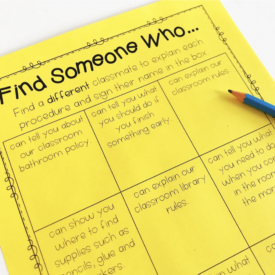
Teaching and practicing procedures does NOT have to be boring! In fact, if you make it fun, students are more likely to remember the procedures! This free resource is perfect for grades 2-5 .
We won't send you spam. Unsubscribe at any time.

Last updated on August 21, 2023 by Not So Wimpy Teacher
First Week of School Lesson Plans
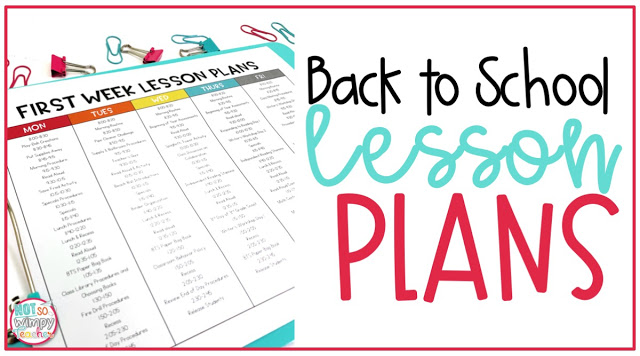
Lesson planning is always a bit tricky, but coming up with lesson plans for the first week of school is extra challenging! How much time should we spend teaching procedures? How can we get to know our new students? What can we do to make the first week fun? When should we start with the curriculum?
Every year, I notice multiple posts in my teacher Facebook groups (for 2nd grade , 3 rd grade , 4th grade , and 5th grade ) asking others to share their first week of school lesson plans. So, I thought I would show you my ideal first week of school plans.
Keep in mind that every classroom will be different! It might take your kids twice as long to complete an activity as it took mine. It might take my kids twice as long to master a particular procedure as it does for your class. Heck, we all have a different list of procedures that we must teach!
This is just a suggestion. You can start with my ideas and adjust them to work with your time and student needs.
Let’s jump in…
8:00-8:30: Enter the Classroom and Make Play Doh Creations
Walk students into the classroom and greet each student as they walk into the classroom. Allow students to choose their own desk. Have a small container of Play Doh on each desk. Tell students that they can create anything that they want with the Play Doh. It can represent a favorite hobby, animal, vacation, or something completely different! While students are creating, take attendance and do any administrative tasks that pop up on the first day. Give students 2-3 minutes to share what they created with their neighbors.
8:30-8:45: Put Supplies Away
Put labeled containers around the room and have students put their supplies in the correct bin. If you want them to keep certain supplies in their desk, put a list on the board. This is a great time to give students labels for their folders and/or notebooks, too.
8:45-9:15: Morning Procedure
Pull students to the carpet and discuss the procedures for coming in the classroom and unpacking in the morning. Make sure they know where you want their backpacks, binder, and homework. Give the class a couple opportunities to practice the procedure.
9:15-9:30: Read Aloud
Read We’re All Wonders aloud to students.
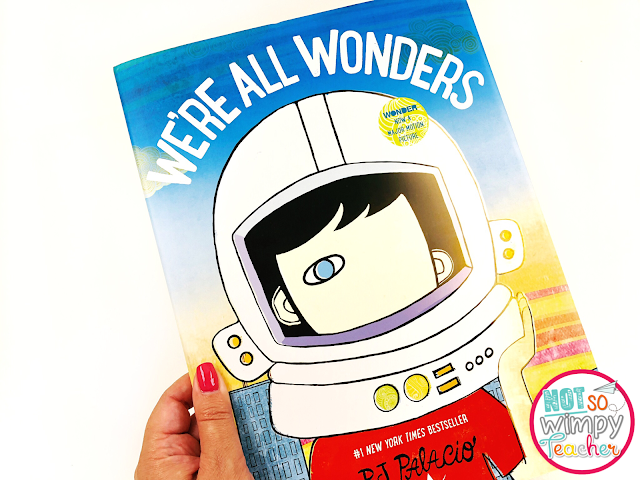
9:30-10:15: Saving Fred Collaborative Activity
Have students work in groups to complete the Saving Fred activity. Start by splitting your class into small groups. I like to have 3-4 students in each group. You will need plastic cups, 4 paper clips per group, gummy worms, and gummy lifesavers.
Fred, the worm, was riding in his boat, the cup, when it tipped over. Fred is on top of the boat and he doesn’t know how to swim. Lucky for him, he brought a life preserver, the lifesaver. The problem? The life preserver is stuck under the boat.
Students will work in groups to plan a way to get Fred inside the life preserver. They cannot touch the worm, the boat, or the life preserver with their fingers. The only tools they can use to help are the four paperclips.
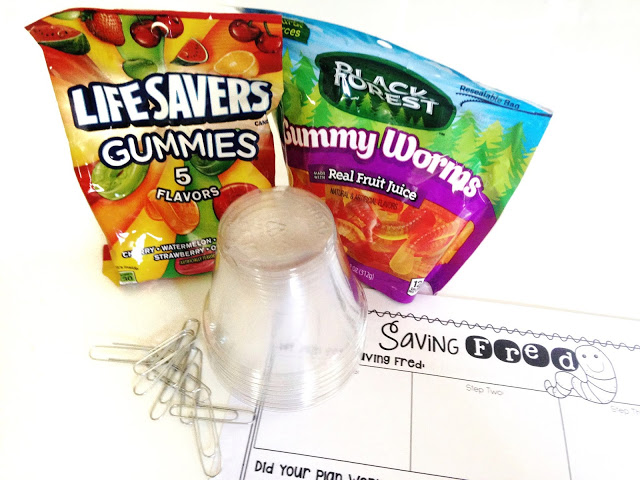
You can grab the FREE printable I use for this activity by clicking HERE .
10:15-10:30: Specials Procedures
Pull students to the carpet and discuss the procedures for lining up for specials.
10:30-11:15: Specials
The teacher lays her head on her table and takes a nap because back to school is hard! Just kidding! Teachers don’t have time for naps.
11:15-11:40: Lunch Procedures
Pull students to the carpet and discuss the procedures for going to lunch, eating, lunch, recess, and returning from lunch.
11:40-12:20: Lunch and Recess
12:20-12:35: read aloud.
Read The Name Jar with students.
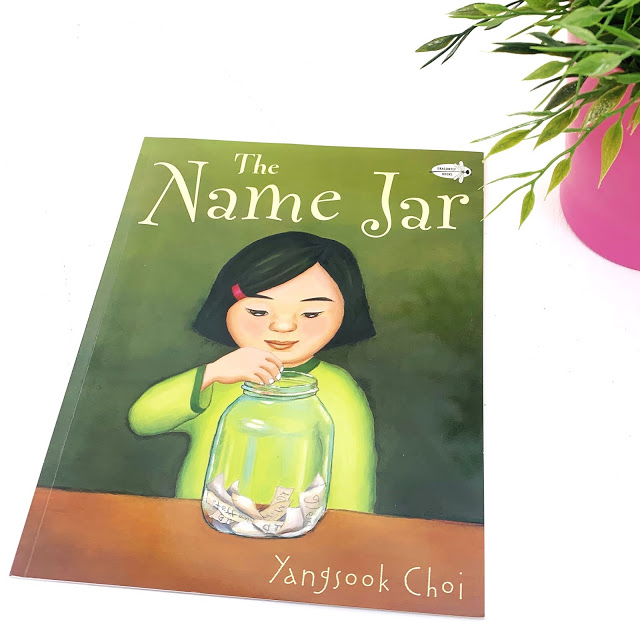
12:35-1:05: Growth Mindset Activities
This is one of my favorite activities to do during the first week of school. It is so important to cultivate a growth mindset in students. Student who believe they can succeed work harder and achieve more.
The Growth Mindset Activities resource include five days of brain-building exercises. On day one, you will introduce students to their amazing “BIG BRAINS.” Use the interactive PowerPoint to guide discussion about how their brains work and complete the hand-on activities and brain teasers.
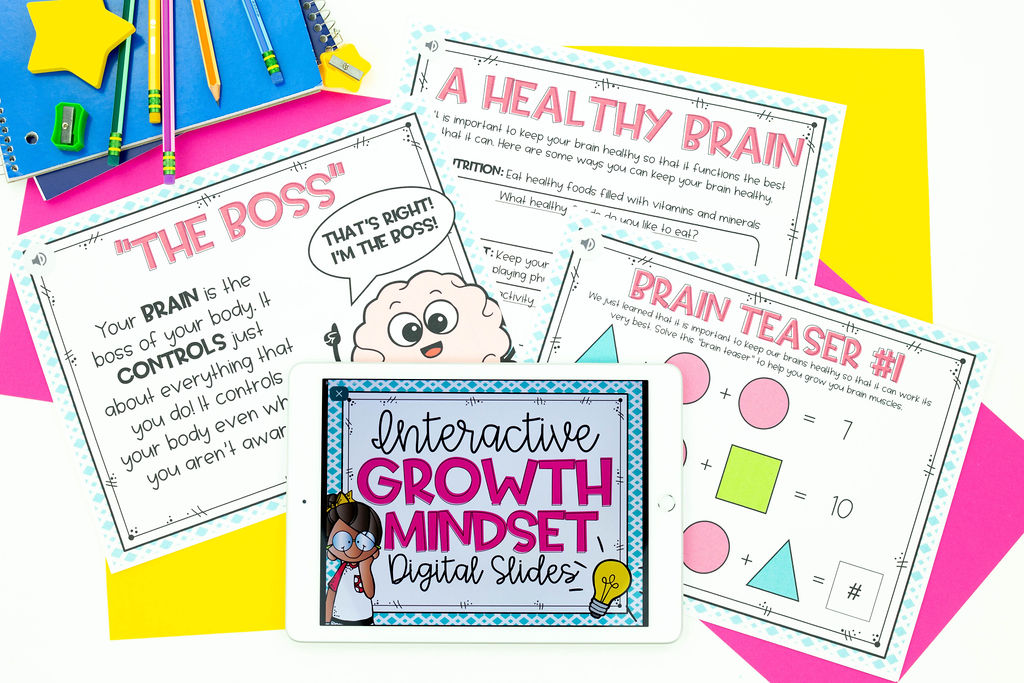
1:05-1:30: Classroom Library Procedures and Choosing Books
Pull students to the carpet and discuss the procedures for borrowing books from the classroom library. Make sure students know where to keep their books, how many books they can borrow at a time, and when they can get a book from the library. Give students time to choose any book that interests them. They can use these books during the week when they finish something early.
1:30-1:50: Fire Drill & Emergency Procedures
Pull students to the carpet and discuss the procedures for fire drills. Take students outside for a practice fire drill.
1:50-2:05 Recess
2:05-2:30: end of day procedures.
Pull students to the carpet and discuss the procedures for packing up and going home at the end of the day.
2:30-2:45: Release Students
Have students pack up and release them to carpool, buses, etc.
Celebrate! You survived Day 1!
8:00-8:20: Enter the Classroom and Morning Procedures
Before entering the classroom, remind students how to complete your morning procedures. Have reminders written on the board for morning procedures as well. Walk students into the classroom and greet each student as they walk into the classroom.
Students will be practicing the procedures you taught yesterday; such as turning in forms/homework, hanging up backpacks, where to place water bottles, and take out their self-selected reading book to their seat for silent reading warm-up. While students are reading, take attendance and do any administrative tasks that pop up on the second day.
8:20-8:50: Pipe Cleaner Challenge
Hand each student a closed paper bag with 2 pipe cleaners, a piece of foil, and a popsicle stick inside. Instruct students to create anything that they want with only the items inside the bag. It can represent a favorite hobby, animal, vacation, or something completely different! Give students 2-3 minutes to share their creations. They may then place the creation inside the paper bag to take home.
8:50-9:15: Classroom Supply and Bathroom Procedures
Pull students to the carpet and discuss procedures for classroom supplies. Discuss procedures for pencils and sharpening and where to find extra supplies. Also discuss bathroom procedures at this time.
9:15-9:30: Teacher’s Quiz
Send students back to their desk and announce, “It’s time for our first quiz!” You are learning a lot about your students, but it is important for them to know a lot about you as well.
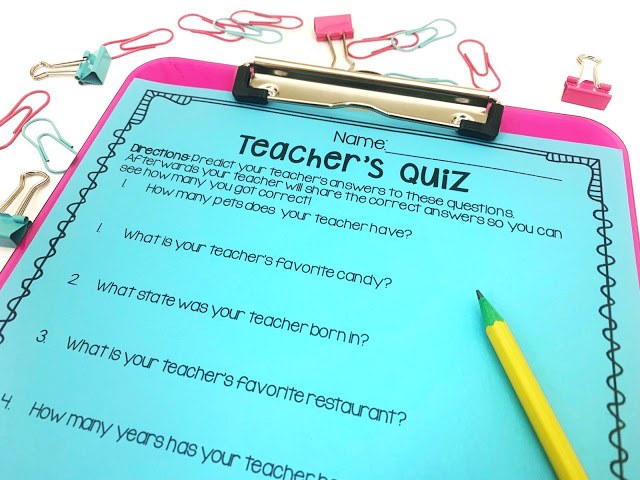
Pass out the Teacher’s Quiz and allow students to guess the answers for each question. After students have had some time to guess, go over the correct answers. You can find this free activity HERE .
9:30-10:15: Read Aloud and Activity
One of my favorite books is called Words and Your Heart by Kate Jane Neal.
After reading the story, place students into groups at their desks. Give each group a small tube of toothpaste (grab these at the Dollar Store), one toothpick per student, and a paper plate. Tell your students to squeeze out all of the toothpaste onto the plate.
Then, have your students try using toothpicks to put the toothpaste back into the tube. Pull your students back together and have a conversation about how the toothpaste is like our words. Discuss your policy in the classroom with unkind words, behaviors, and bullying. You can find a free recording page for this activity HERE .
10:15-10:30: Beach Ball Introductions
Write several sentence stems on a beach ball that will help students tell more about themselves. Suggestions include, “This summer I…,” “My favorite pizza topping is…,” “I’m really good at…,” etc. Make enough to have one ball per group of students. As students throw the ball to each other, they can either answer the question that their right hand touches, or their left hand touches.
11:15-11:40: Binder Organization
Take this time to discuss how you would like students to organize their binder. You can also hand out any reference papers that you’d like students to keep inside. Pass out a binder cover, have students color it, and place on the front.
12:20-12:40: Read Aloud
Read Wordy Birdy with students.
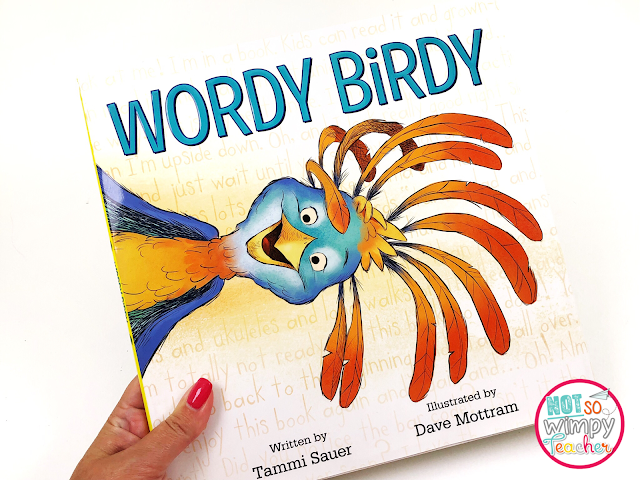
12:40-1:20: Growth Mindset Activities
Pull students to the carpet and show them day 2 of the Growth Mindset interactive slides: Parts of the brain. Discuss how the parts of the brain work together and allow them time to complete the daily activities. Give them a few minutes at the end to pair-share something amazing they learned today.
1:20-1:50: Classroom Behavior Policy
Pull students to the floor and explain your class rules and rewards.
1:50-2:05: Recess
2:05-2:20: find someone who.
Every student will need a Find Someone Who board. Students will walk around the room and find someone who can accurately explain the procedure. That student will write their name in the box. The catch is that students must find a different person for each box.
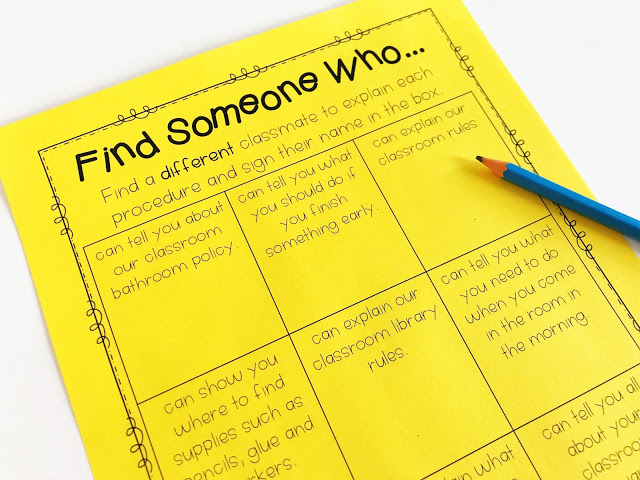
You can find this free activity HERE .
2:20-2:30: Review End of Day Procedures
Pull students to the carpet and remind them of the procedures for packing up and going home at the end of the day.
Before entering the classroom, remind students how to complete your morning procedures. Walk students into the classroom and greet each student as they walk into the classroom. Students will be practicing the procedures you taught Monday; such as, turning in forms/homework, hanging up backpacks, where to place water bottles, and take out their self-selected reading book to their seat for silent reading warm-up.
8:20-9:15: Beginning of the Year Assessments
Take this time to administer any beginning of the year assessments that your school may require. You may consider having students color notebook covers when they complete their assessment. You may also consider pulling individual students for assessments as they complete other assessments given.
Read Spaghetti in a Hot Dog Bun with students.
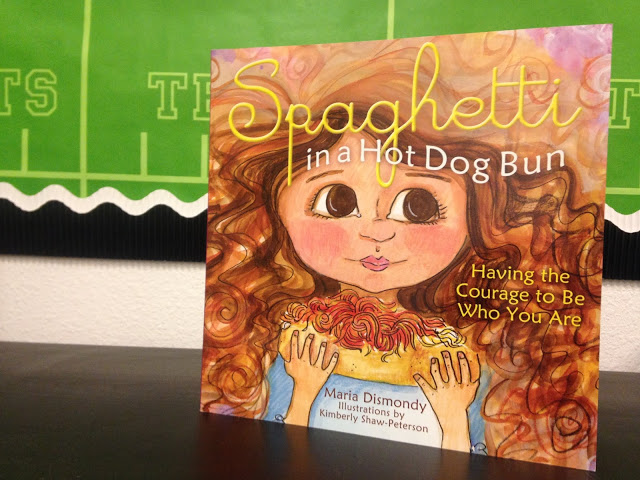
9:30-10:00: Spaghetti Tower Collaboration Activity
Place students in groups of 3-4. Give each group 1 box of spaghetti noodles and 1 bag of marshmallows. Students will work together to build the tallest tower out of these materials. You can grab a recording for this activity HERE .
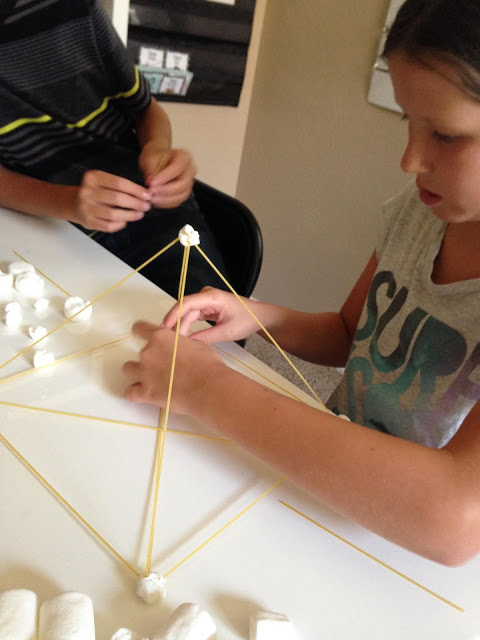
10:00-10:30: Class Discussion on Collaboration
Pull your students to the carpet and discuss what it looks like to work together. Discuss your expectations for collaboration. What will group work sound like? How will students participate? What should you do if students disagree? Have students model correct and incorrect behaviors for the class. Make an anchor chart about what group collaboration will look like and sound like.
11:15-11:40: Independent Reading Stamina
Bring your students to the floor and discuss how marathon runners must train in order to run long distances. They do not just go out one day and run 26 miles! Instead, they have to train to build up their stamina. Discuss that readers are the same way. They need to practice building their stamina for reading independently for long periods of time without getting distracted.
Start a graph to show how long your class can read without getting distracted.
Students should grab their independent reading books, find a comfortable spot to read, and begin reading as you time them. You should do the same, model how to read independently without getting distracted as well! For the first day, I suggest giving your students about 5-10 minutes to practice independent reading. Stop timing students and discuss what you noticed students doing when they were focused on reading, and what they were doing when they started getting distracted. Challenge your class to beat that time by 3-5 minutes the next day.
12:20-1:20: Back to School Escape Room
Engage you students with a fun, collaborative back to school activity. This escape room requires kids to work together to solve puzzles and unlock clues to complete the challenge before time runs out.
The great thing about this escape room is that it’s easy to prep and use. No complicated supplies needed. All you need to do is print and teach. Begin by presenting the story: it’s the first day of school, but the school is locked. The principal lost the keys. Luckily, there is a back up lock that can be opened with a code. If only you could figure out what the code is . . .
This activity comes with four different versions, making it super easy to differentiate. There are two options for 2nd and 3rd grade, and 4th and 5th grade, one with hints and one without.
You can also get this activity together with the Growth Mindset Activities, Back to School Classroom Procedures Game, and Meet the teacher slides as part of my money and time-saving back to school bundle.
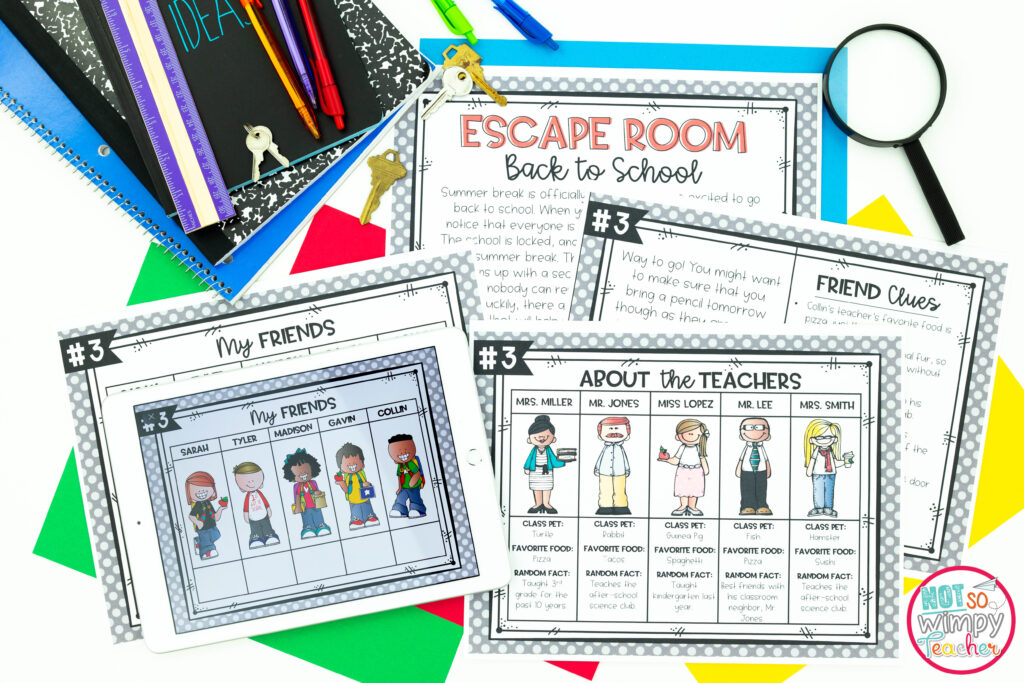
Shop This Post
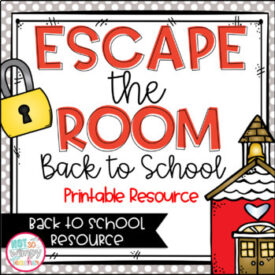
Back to School Escape Room – Printable
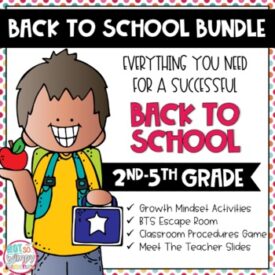
Back to School Bundle
1:20-1:50: writer’s workshop day one.
Bring your students to the floor and explain the three parts of each of your writing workshops: mini lesson, student work time/conferences, and share time. Discuss what students will be doing during each of these times and what the teacher will be doing. Together, make an anchor chart about what it will look and sound like during writing time. To keep kids engaged during this lesson, I suggest doing lots of “turn and tell your partner….” and have them create their own anchor chart in their writing notebook.
Click HERE to learn more about how I introduce writing workshop.
2:05-2:35: Growth Mindset
Use this time to continue working on the Growth Mindset Activities. Day 3 is a fun lesson about growth versus fixed mindset. After showing the PowerPoint mini lesson, give students a few minutes to reflect on the questions. Then have a class discussion about positive self-talk. Brainstorm positive and encouraging thoughts. This would make a great anchor chart to keep up all year.
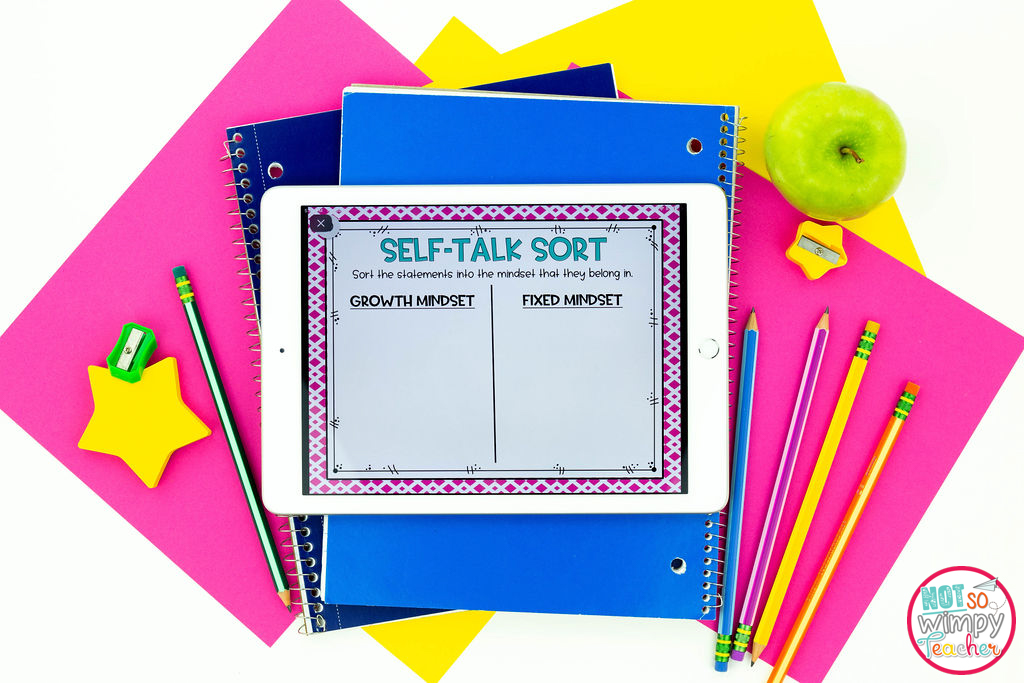
2:35-2:45: Release Students
Walk students into the classroom and greet each student as they walk into the classroom. Students will be practicing the procedures you taught Monday; such as, turning in forms/homework, hanging up backpacks, where to place water bottles, and take out their self-selected reading book to their seat for silent reading warm-up.
Take this time to administer any beginning of the year assessments that your school may require. You may consider having students color notebook covers when they complete their assessment. You may also consider pulling individual students for assessments at this time.
Gooney Bird Greene (This is our first chapter book read aloud!)
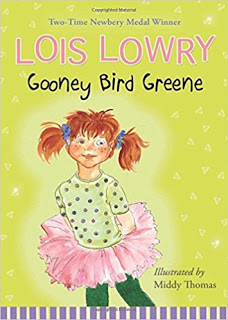
9:30-10:00: Responding to Reading- Day One (I Do- Whole Group)
Pull your students to the carpet and model the process of responding to reading using the class read aloud that you just read (Gooney Bird Greene). Model the entire process while thinking out loud. Students will listen as you talk about finding text evidence. Model how you start writing your answer by using part of the question. Talk about how you extend your response with some of your own thinking/examples. Finally, model how to edit and make corrections to improve your work. When you are done, ask students to share what they noticed. Create a class list of things that you did to make your writing the best possible response.
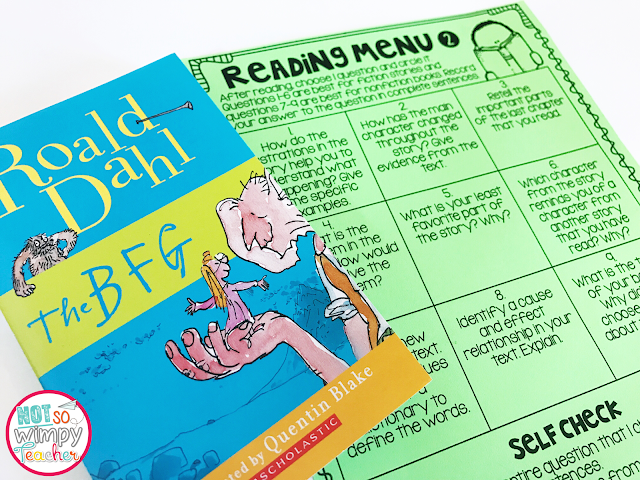
You can find my Reading Menus and more information about this process by clicking HERE .
10:00-10:30: Writing Workshop Day Two
Send students back to their desks and discuss the different types of materials that they will be allowed to use during writer’s workshop. Show students where they can find these materials. Place several different types of writing utensils at each group, along with scratch paper, and allow students to write their name with different writing utensils to discover what they enjoy using. Students will find writing time more enjoyable if they are allowed to use pens! Next, teach and practice your procedures for putting writing materials away.
Remind students how long they were able to complete independent reading yesterday and pick a goal for today to increase that stamina. Remind your class what it should look and sound like. Have your students grab their independent reading book, find a comfortable spot in the room, and begin reading while you time them.Stop the clock a few minutes after yesterday’s time and graph it on your chart.
12:20-12:35 Read Aloud
Read Mae Among the Stars with students.
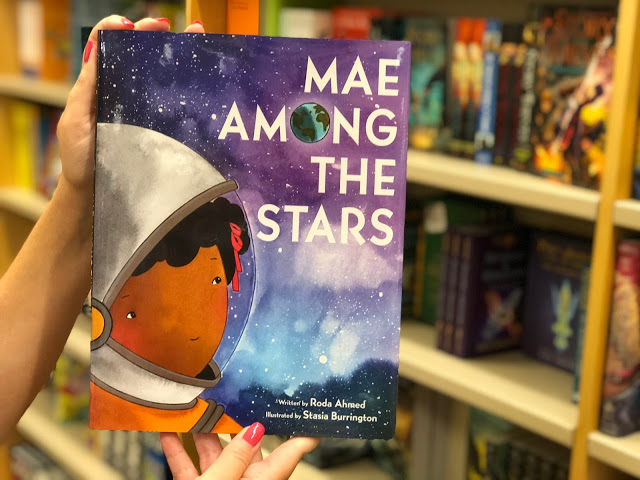
12:35-1:10: Read Aloud Connection
After reading Mae Among the Stars, discuss a growth mindset, believing in yourself, and working hard for your goals. Hand out blank pendants to every student. Have students draw a picture of what they’d like to be when they grow up and write their name across the top. These can be displayed in your classroom.
1:10-1:30: Math Center Instruction
You will want to take your time teaching and practicing math centers. Plan to spend about 8-10 days practicing and explaining math centers. You may begin day one today.
Pull your students to the rug and explain what math centers are. Don’t worry about teaching them how to complete each center today. Instead, help them to understand that they will be divided into small groups and how many centers they will be completing each day.
Explain that the reason you are doing these centers is so that you can meet with small groups of students and help them practice new math skills. Make an anchor chart with students that shows how center time will look and sound.
You can find more information about starting math centers HERE .
1:30-1:50: Math Game Review
Teach students how to play Addition War with a deck of cards. I suggest having several deck of cards to use throughout the year. You can find two-packs for $1 at the Dollar Tree. Divide students up into pairs and students will play Addition War.
Students will shuffle the cards and divide the cards in half. They will then turn over the top cards at the same time from their deck and add the numbers shown. the first person to say the correct sum will take the both cards. The person with the most cards at the end of playing-time is the winner. You will want to inform your students that an Ace card is 1 and all face-cards are worth 10.
2:05-2:35: Growth Mindset Activities
It’s time for Day 4 of the Growth Mindset activities. Today’s lesson is all about Famous Failures (and it’s a student failure). Today you will be teaching kids that it’s okay to make mistakes. And to prove it, you will introduce them to some famous people who failed a lot before they succeeded. Take a few minutes to share their ideas about how to reframe mistakes into learning opportunities. You can add these ideas to your positve self-talk chart if you want to.
Walk students into the classroom and greet each student as they walk into the classroom. Students will be practicing the procedures you taught Monday; such as turning in forms/homework, hanging up backpacks, where to place water bottles, and take out their self-selected reading book to their seat for silent reading warm-up.
8:20-8:45: Class Meeting
Pull your students to the carpet and discuss what Friday class meetings will look like in your classroom.
I used Friday meetings to distribute reward tags to my students. It was a great way to reward students for meeting academic and behavior goals. They LOVED them! To keep it simple for me, and increase the excitement, I only awarded the tags on Fridays. I usually gave about a dozen tags each week.
If you choose to use reward tags, you will want to use this first week to discuss how students can earn reward tags in your classroom and the procedure for distributing them. Model how to cheer and clap for each student as they receive a reward tag during these meetings. If you’d rather not use reward tags, you can use this meeting time to share other important classroom community information.
8:45-9:15: Writing Workshop Day Three
Pull students to the floor and discuss places where they will be allowed to write during independent writing time. Discuss how they will move to these locations and what it should look and sound like. Give students a few minutes to walk around the room and sit at the different places that they will be allowed to write at.
Bring students back to the floor and record on an anchor chart your transition rules. Ask a student to show the class how NOT to go to their writing spot. As a class, discuss what that child did wrong. Then, ask the same student to go to their writing spot the correct way. Do this a couple of times with different students, many students love modeling the what not to do and what to do!
Read Be Kind with students.
9:30-10:30: Procedure Board Game
Place students in groups of 3-4 to review the classroom procedures you have been practicing all week. My back to school procedures board game makes this activity super simple.
The Back to School Procedures game comes with a game board and four different color cards: “Great Job,” “Uh-Oh”, “Application,” and “Act it Out.” cards. Each card asks students to recall or apply a classroom procedure in a different way. It’s a fun and silly to test there knowledge of the classroom procedures.
You can also get this activity together with the Growth Mindset Activities, Back to School Escape Room, and Meet the teacher Slide as part of my money and time-saving back to school bundle.
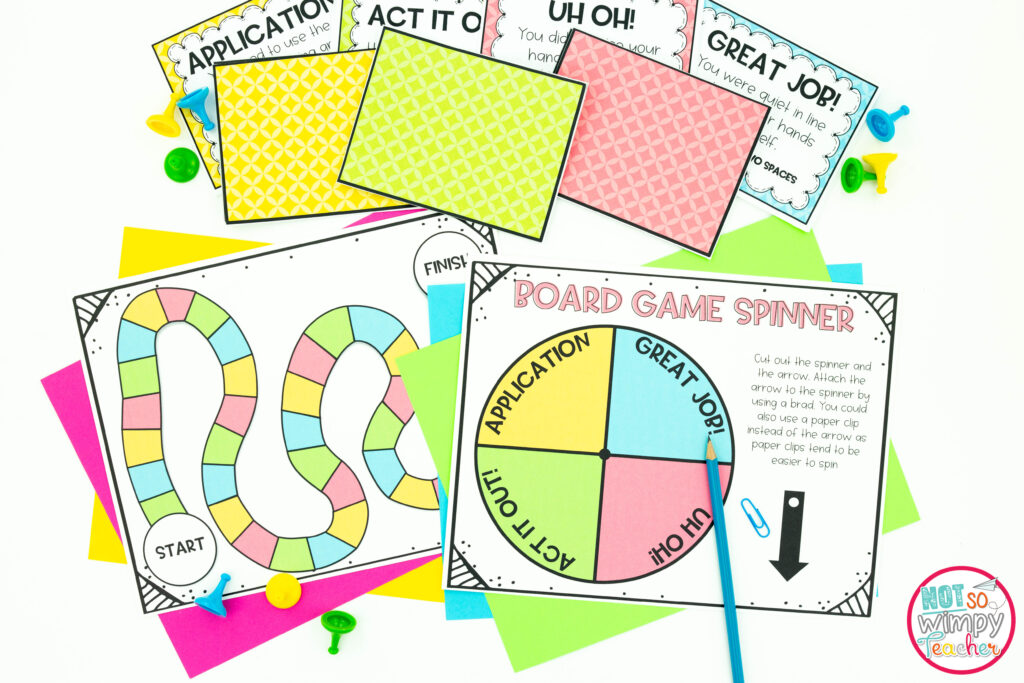
Back To School Classroom Procedures Board Game
Remind students how long they were able to complete independent reading yesterday and pick a goal for today to increase that stamina. Remind your class what it should look and sound like. Have your students grab their independent reading book, find a comfortable spot in the room, and begin reading while you time them. Stop the clock a few minutes after yesterday’s time and graph it on your chart.
Read the next chapter of Gooney Bird Greene with students.
12:35-1:00: Responding to Reading Day Two
Model the procedures again that you taught yesterday for responding to reading. You can find out more information about teaching these procedures by clicking HERE .
1:00-1:50: Math Center Instruction
Today is the day that you will be teaching students how to complete the independent center activities. I always start with the back to school set of centers because they are a review of the skills from the previous grade level. This takes the pressure off of learning a new math skill and allows students to focus on learning the routines and procedures. It is also a great way to get a feel of your students’ math level.
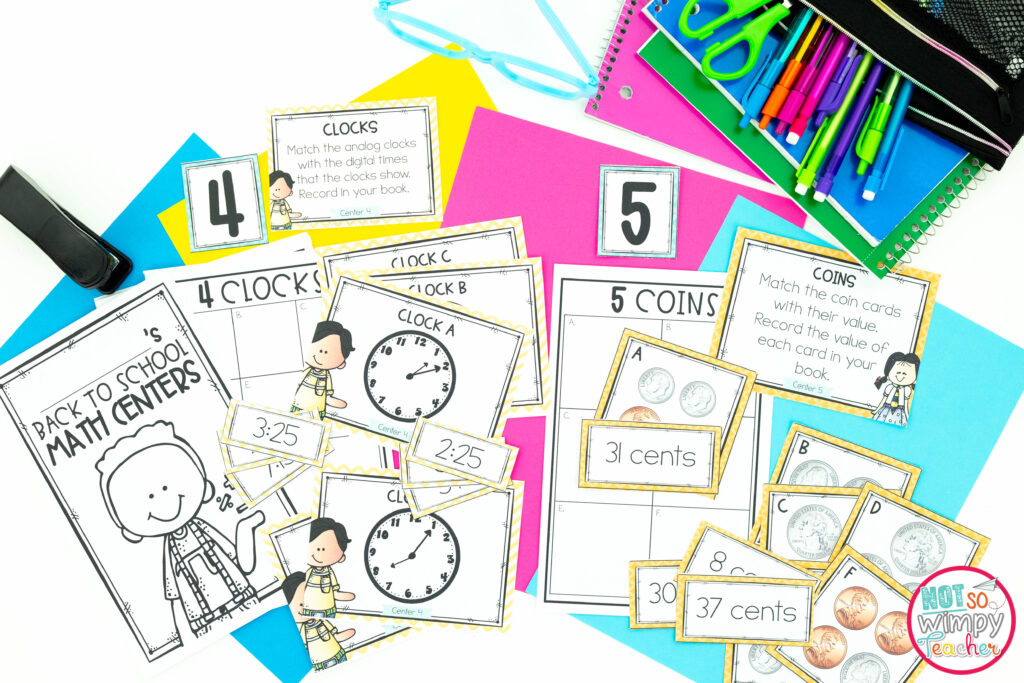
Gather your students in a circle on the floor where everyone will be able to see you. Start by modeling the first center. Read the directions and talk through how you would complete the work. You don’t have to tell them every answer, but give them enough of a model to know what you expect of them.
Do this for each of the ten centers. I would do lots of “turn and tell your neighbor…” during this time to keep students engaged and to demonstrate that they understood your directions.
You can find the rest of my first 8 days of starting math centers by clicking HERE .
Back to School Math Centers
I’ve also created done-for-you back to school math centers for grades 2-5. Each grade includes 10 hands-on math centers and a student recording book. Fun activities like sorts, matching, writing about math, and task cards keep kids engaged in learning.
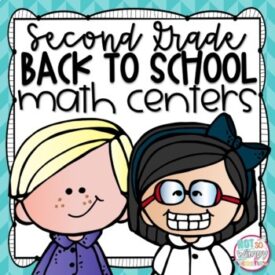
Back to School Math Centers Second Grade
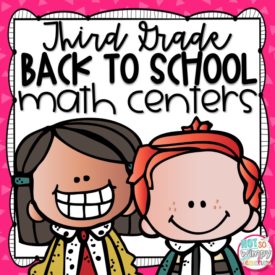
Back to School Third Grade Math Centers
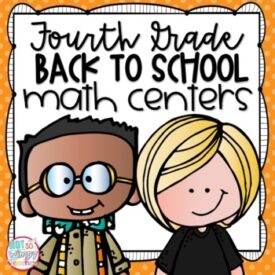
Back to School Fourth Grade Math Centers
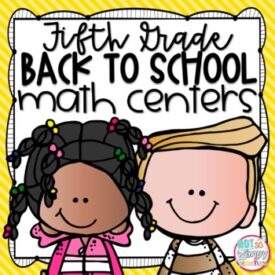
Back to School Math Centers Fifth Grade
2:05-2:25: growth mindset activities.
You can end the week by finishing up your Growth Mindset Activities. Today’s lesson is on developing grit. When students have grit, they are more likely to persevere on hard tasks. Complete the mini lesson and have students do the activities. Then spend some time talking as a class about how they can develop grit during the school year.
You can also get this activity together with the Back to School Escape Room, Back to School Classroom Procedures Game, and Meet the Teacher Slide as part of my money and time-saving back to school bundle.
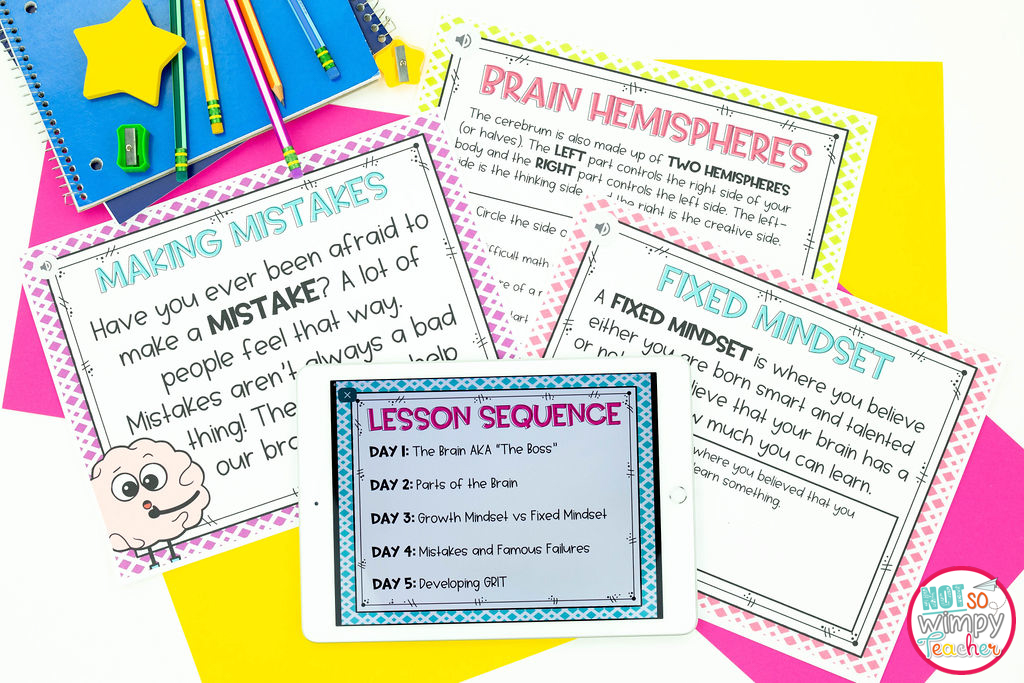
Growth Mindset Activities
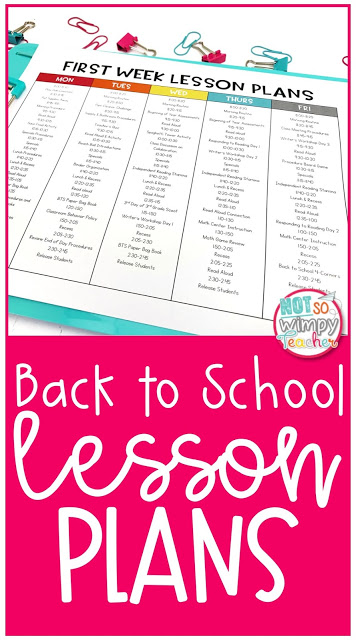
Now, sit back, relax, and enjoy the weekend. Week one is done!
I hope this post is helpful and sparks some ideas for you as you begin planning for you first week of school. Remember to be flexible! Your students may take longer to complete an activity, or they may be quicker! I always found my first week lesson plans scribbled on with time changes as we went along.
You can click HERE to grab a cheat sheet of my first week lesson plans.
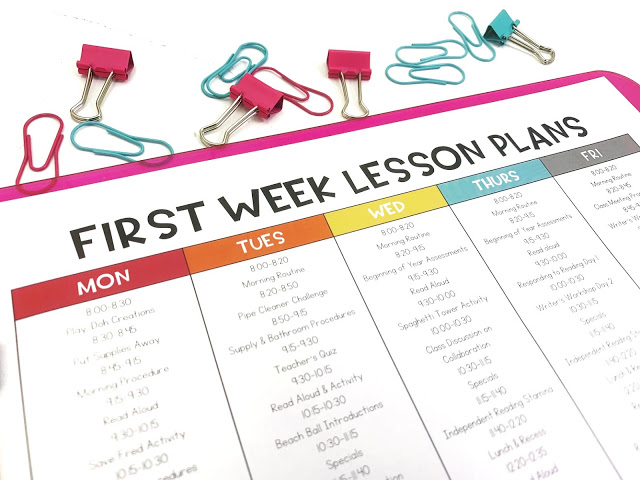
Most importantly, DON’T RUSH teaching procedures and building a community. You can read more about practicing procedure by clicking HERE .
These first few weeks will set the tone for the rest of your year. Do you need a pep talk about this first week? Check out this POST for some words of encouragement.
Have a Not So Wimpy Day,

You may also enjoy these posts

Reader Interactions
28 comments.
June 5, 2021 at 7:21 pm
What do you do during the “specials” time block?
June 5, 2021 at 11:14 pm
Hi Sandra, Specials time is planning time. Well, let’s be real after a bathroom break THEN it’s planning time! The time students are out of the classroom for art, music, PE, whatever it may be is the perfect time to prepare future lessons and materials.
August 10, 2023 at 4:58 pm
How much does it cost to buy all the materials for this one week? Great ideas, but need the books and activities.
August 10, 2023 at 9:03 pm
Hi Stephanie! I’m glad you enjoyed the ideas. We included popular books that are in many classrooms. If you don’t have the books listed, you can easily substitute other fun read alouds. You can use the links in the post to grab some FREEBIES and view the items for purchase to determine which ones you would like. I hope that whatever activites you choose your year is off to a great start!
July 27, 2021 at 1:50 am
As a new teacher, this was SO HELPFUL, and gave me a lot of new ideas! Thank you for sharing! 🙂
August 4, 2021 at 11:40 pm
Jamie, Thank you so much! I’m moving to third after 20 years in first and this was so helpful to see what third graders will enjoy!
August 8, 2021 at 6:10 pm
So many amazing ideas for the first week. I love small group collaboration and you gave me so any ideas. Thank you for posting this!
August 14, 2021 at 7:01 pm
All great ideas as usual. I think I am an obsessed “Not So Wimpy Teacher!” I wanted to know what is your Binder Organization? It that for like the take-home stuff like the BEAR (Bring Everything Always Readt) or OWL (Organized While Learning) notebooks.?
August 16, 2021 at 2:13 pm
Hi Cassandra, That time was set aside to organize the student take-home binder. I had students add a cover that they designed, added in reference pages, such as a multiplication chart and fraction bar page, agenda, etc. and a pocket folder for homework and take-home papers, etc.
August 16, 2021 at 12:23 pm
Thank you so much for this! I tried clicking the link to read more about your reward tags, but nothing came up. Would love to read more about them! I’m constantly looking to improve my behavior management system.
August 16, 2021 at 1:52 pm
Hi Hillary, I’m sorry, that post is not currently available. We are updating many of our posts. My students always looked forward to the reward tag celebration. I made sure I was the biggest cheerleader for the ceremony. Throughout the week, when I noticed student behavior or improvement I would make a note of the tag to give them on Friday. I didn’t keep track of who received what tag, nor did I worry about if a student received the same tag more than once. I usually had about 10-12 tags I would give out in a month. Students could NOT ask to receive a tag that’s a big NO-NO! I laminated and hole punched the rewards and had students keep them on a chain necklace. Hope that helps! You can find my reward tag bundle through this link: https://www.teacherspayteachers.com/Product/Reward-Tag-BUNDLE-2615821
June 21, 2022 at 5:59 pm
Do you have lesson plans for 4th grade? Like recommended books to read and fourth day in fourth grade?
June 21, 2022 at 10:20 pm
Hi Neoshea, This blog post has my favorite resources for fourth grade. https://notsowimpyteacher.com/2019/07/my-favorite-resources-for-fourth-grade.html
July 26, 2022 at 12:02 am
Do you have resources and book suggestions for second graders?
July 26, 2022 at 12:31 pm
Hi Colette, The blog post has my favorite second grade resources. https://notsowimpyteacher.com/2019/08/my-favorite-resources-for-second-grade.html
August 2, 2022 at 7:13 pm
Love the Saving Fred activity. Do you just give each group one cup?
August 2, 2022 at 7:36 pm
Hi Katie, Yes, each group gets one cup which is the boat poor Fred was in when it tipped over.
August 3, 2022 at 10:17 pm
This is amazing
August 13, 2022 at 9:06 am
Do you have a pdf version of this first week lesson plan available for easy printing?
August 23, 2022 at 10:05 am
Would these lessons and read alouds be too young for fifth graders?
August 23, 2022 at 11:04 pm
Hi Kelly, I found that fifth graders enjoyed a good picture book read aloud just as much as younger students. They also loved the activities!
August 23, 2022 at 11:06 pm
Hi Christina, Right above the last picture on the post, you’ll see a link to grab the cheat sheet for the week’s lesson.
August 22, 2022 at 10:18 am
Would you be able to send a PDF or form like the picture at the top of the lesson plans?
August 22, 2022 at 10:20 am
Never mind I found the cheat sheet link. Thank you!
October 15, 2022 at 9:56 pm
Hello Jaime, I have appreciated all of the resources, tips, and tricks you have been sharing over the last few years! I first found your resources on Teachers Pay Teachers and I still enjoy exploring your store to see what new materials you have created. My newest addiction is the writing workshop video series that you have posted. I felt that I was not effectively organizing my Writing Block as my district switched us from Grammar to more authentic writing pieces, which I have not taught in more than 5 years. I started to implement your suggestions and saw an immediate improvement in both the behavior and productivity of my students. So many more are getting into the writing process as they practice the mini-lesson skills. Thanks for all you do! -Beth
October 21, 2022 at 2:29 pm
I love hearing this, Beth! I’m so glad the posts and courses have been helpful for you and made an impact on your students. Thank you for sharing.
August 22, 2023 at 12:56 pm
first time stopping by… wow i wish you had something for first grade! you are amazing 🙂 so helpful 🙂
September 6, 2023 at 12:40 am
Thanks for stopping by, Angela! I am so sorry, but Not So Wimpy Teacher only creates resources for grades 2-5 because those are grade levels we have the most experience teaching. We want our resources to be the perfect fit. I am confident that there are other teacher authors on TpT that create quality resources for first grade.
Leave a Comment Cancel reply
Your email address will not be published. Required fields are marked *
Save my name, email, and website in this browser for the next time I comment.
More than 400 helpful resources available in my shop!
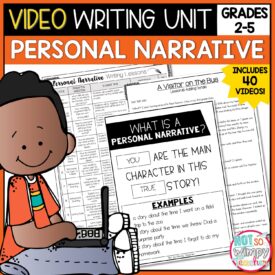
Not So Wimpy Writing Masterclass
Do you struggle to find time to teach writing? Do you find it a challenge to deliver lessons that help all of your writers? Would you like to learn a simple and effective way to teach writing? The Not So Wimpy Writing Masterclass is an online professional development course for grades 2-5. In this course, you will go from feeling overwhelmed to feeling confident and excited about teaching writing.
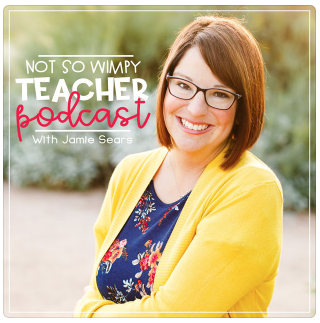
Check out these recent podcast episodes:
- Connecting with Students Online with Jennifer Serravallo
- A Simple Problem-Solving Strategy That Works Every Time
- Giving Students Feedback About Their Writing
- Virtual and Socially Distant Valentine’s Day Activities for the Classroom
- How to Use Project-Based Learning in the Classroom
Grab a snack and join the discussion over on Facebook!
We have four separate groups for grades 2-5
Get even more great tips and tricks on my YouTube channel!

We LOVE and recommend these products!
Check out the books, supplies, and other products that we use in our own classrooms. We only recommend those things that we absolutely love and swear by!

Hello! I’m Jamie
- I believe that students need to be the leaders of the classroom. Even third graders are old enough to be held accountable and to take responsibility for their learning.
- I do not believe that kids were made to sit in seats. They need to get up and move around.
- Differentiated instruction is a must. I use guided reading and guided math groups to meet the individual needs of my students.
- Helping a student to discover their love for reading is a privilege that I never get tired of.
- School should be fun! We party in my class!
Follow Me Here
Trending Post : Easy Fixes for Behavior Challenges

10 First Week of School Activities & Lesson Ideas to Build Community
As teachers, we are always looking for new ways to engage students and build classroom community during the first week of school. There is often a lot of anxiety for both the teacher and the student as they get reacquainted after the summer break. You want your new students to feel right at home. You want them to feel connected to the class, to each other, and to you.
While the first week tends to be filled with enthusiasm, it’s important students get to know their new classmates, but you don’t want to overwhelm them with too much at once! The first days of a new school year can be overwhelming enough for shy or introverted students without adding stress.
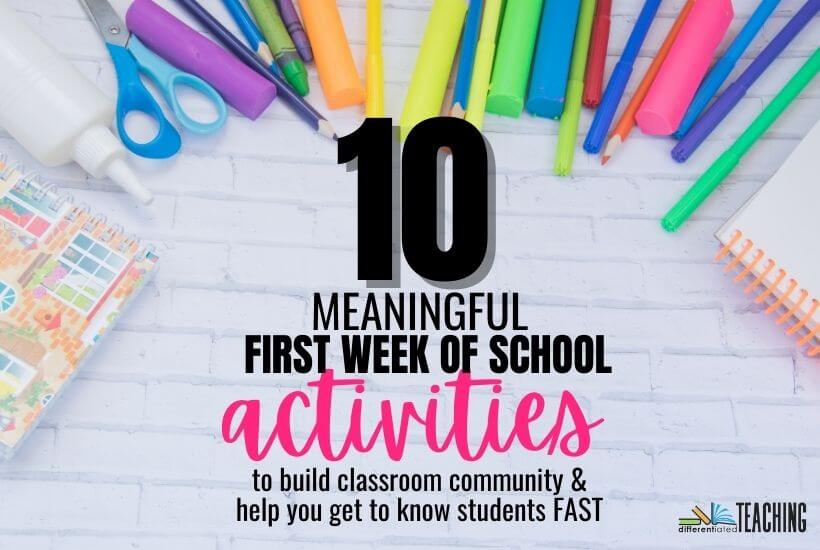
If you’re looking for fun activities for starting the year off on the right foot, you’ll love these ideas for engaging students and building classroom community with all about me activities during the first week of school.
This post contains affiliate links. While purchasing from these links does not cost you anything additional, it does mean I earn a small commission.
What is the purpose of doing All About Me Activities during the first week of school?
First week activities, such as All About Me, can seem like a time-filler during the first weeks of school when working with older students. However, they have an important role even in upper-level classrooms. First, they help students get to know one another during the first weeks of school.
In addition, All About Me activities are critical for allowing you to interact with students and learn more about their interests, strengths, and goals. This will help you give each student personalized attention and help you know all the basics you need to know about learners by the end of week 1.
Third, All About Me activities provide an opportunity for students to practice self-reflection and communication skills and can build classroom community among students who sit next to one another.
All About Me activities can also help students learn about others who are different from themselves. This can lead to more inclusive classrooms and stronger connections for all students. Lastly, they also help students practice being comfortable talking to their classmates in new ways and can be used as an ice breaker during the first weeks of school.
Great Read-Aloud Ideas to Introduce Your First Week of School Activities
One great way to introduce these community-building activities is with a high-quality read-aloud . If you typically avoid using picture books with older students, I challenge you to try it. You might be surprised to discover just how engaged they are as you read, and you might just find a new favorite book!

Here are some of my favorite back-to-school picture books to read aloud during the first days of school.
- Most Marshmallows by Rowboat Watkins
- The Day You Begin by Jacqueline Woodson
- Extra Yarn by Mac Barnett
- Mary Wears What She Wants by Keith Negley
- Remarkably You by Pat Zietlow Miller
- All the Ways to Be Smart by Davina Bell
If you’re looking for more great options, I’ve shared a whole list in this post: 26 Great Back-to-School Books to Build Community.
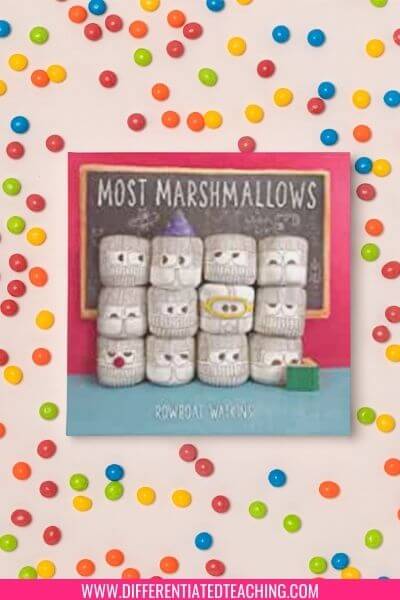
10 Great First Week of School Activities to Build Classroom Community
As you start to write those first-week lesson plans, you might be struggling to figure out what activities you want to incorporate into your plans. It can be hard to come up with something that students haven’t already done year after year, especially as they begin to reach upper elementary.
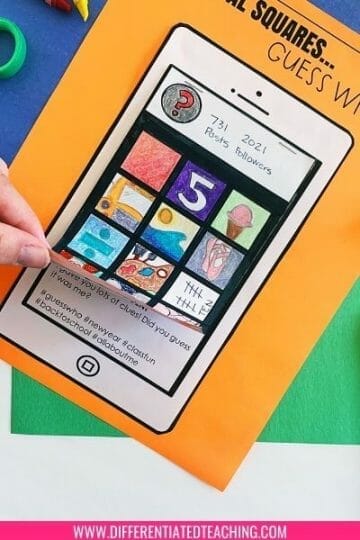
If you’re looking for new All About Me activities for the first week of school, try these ideas. They each have a unique focus to help students build classroom community and engage with their teachers and classmates.
1. Use Venn Diagrams to find similarities and differences with a classmate.
It’s never too early to introduce your students to graphic organizers, and the Venn diagram is one that you’ll use again and again. So this year, introduce your students to a Venn diagram for All About Me activities.
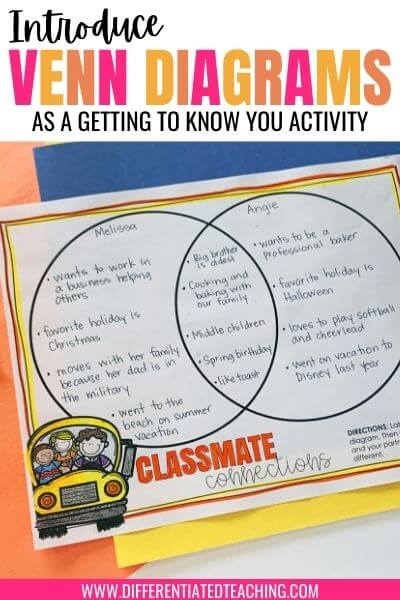
Begin by reviewing the purpose of the Venn diagram – to compare and contrast two things. Then pair up students with their classmates and have them work to brainstorm ways they are similar and different from one another.
These make a great display on a back-to-school bulletin board, and it’s one of those practice activities that also help introduce several important academic vocabulary terms that students will need to understand. In addition, this offers a hook that you can refer to throughout the year when you work with Venn diagrams.
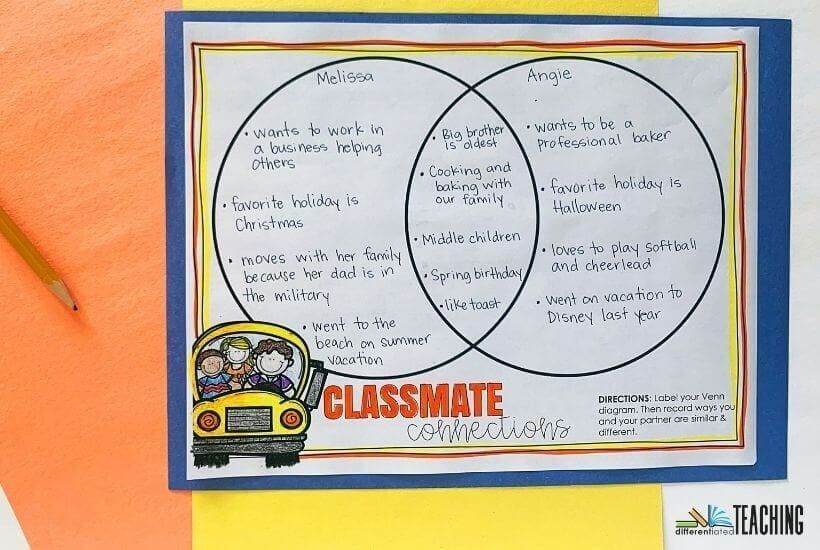
2. Get poetic with your writing activities on the first week of school.
I love using poetry as a way to help students share about themselves and their experiences. Poetry can be an excellent vehicle for self-reflection since it asks students to look inside themselves and discover something unique about their lives. Writing poetry is also a great way to build personal connections between students and their lives outside school.
Acrostic poems can be a great All About Me activity for a writing class. Students can create their own poems using the letters of their names to begin each line. If they have difficulty thinking of things to include, here are a few ideas that you can prompt them with:
- Share something unique about yourself that you haven’t shared before.
- Indicate your favorite thing to do.
- _______ is my favorite subject in school.
- I like to play with ________.
- A place I’d like to visit is ________
- My favorite food is ________.

Alternatively, you can have students create an “I Am” poem to share about themselves and their hopes for the year. These can be an excellent way for students to introduce themselves to others, and they also make an incredible display if your school has an Open House or Parent Night.
How to make it work:
There are two typical formats for this type of poetry, so you can select which one you prefer depending on what grade level you’re teaching and the needs of your learners.
- Option 1: Formulaic “I Am” poetry offers students basic sentence starters for each line of the poem. Each line should follow the pattern of “I (verb) ________.” They fill in the blanks with their answers to create the finished poem. Jen Runde from Runde’s Room shares a great example she used for her 6th graders on her blog here .
- Option 2: Free verse gives more flexibility and is great for older students or creative writing classes. In this situation, each writer can create their own idea of how each line should begin rather than a template. While the poem still follows the pattern where each line starts with “I (verb)…”, this offers more opportunities for students to express themselves as individuals.
3. Try a unique spin on a Math About Me activity during the first week of school.
Add a little arithmetic to your All About Me activities by creating Math About Me sheets. You might have already created a Math About Me sheet to introduce each student to the class, but if you haven’t, it’s a great addition to a first-week activity, and it makes a fun display. Alternatively, you can put them together to create a fun class book!
Math About Me is fun because it goes beyond the basics of listing favorite movies or book characters as you might use in another class discussion activity with elementary students. Instead, your learners get hands-on with math to describe themselves and share with their classmates.
Here’s a version I’ve used in my own classroom as an introductory math activity:
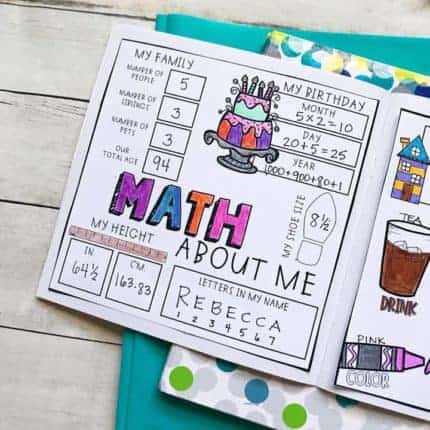
4. Have students film a commercial – Great for remote learners.
If you’ve got a tech-savvy group or you’re meeting virtually via Google Meet, it can be fun to have your students write a short commercial about what makes them a wonderful friend to have. It also provides an opportunity to introduce some basics of media literacy and the art of persuasion right from those first days.
The goal is to make a 30-second video telling about themselves and why they make a great friend. This is an excellent opportunity to introduce students to the art of storytelling, and you can use it as a light-hearted icebreaker. Plus, it can be fun to have a showing of all the commercials students made.
You never know! You might spark a new friendship!

5. Do a Find a Friend Activity to help students meet their classmates.
We’ve all done a “Find Someone Who” activity before, and there’s a good reason why!
These offer a great opportunity for students to mix and mingle while learning about their classmates. The first days of school can be a lot of sit-and-get. Listening to rules, learning procedures, and getting acclimated.
This activity is an opportunity to get up and moving!
The goal is to find a classmate who meets each of the criteria listed on the provided sheet, and you can design these to be as basic or deep as you want. For example, have students find someone who has the same favorite color, or you might see if they can find someone who speaks another language.
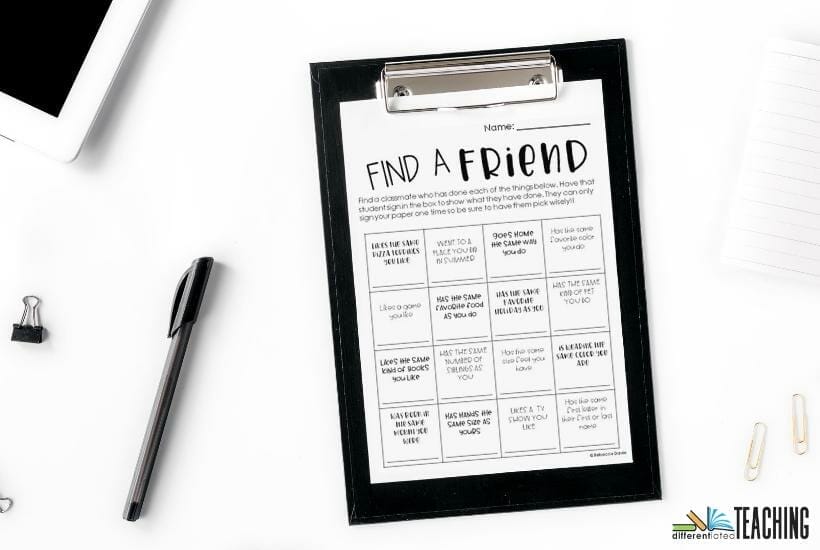
This can be a great activity to incorporate into your morning meetings for elementary students because it offers a chance for conversation. You can direct how deep or basic the questions are. Since these meetings are all about relationship building, students need the opportunity to talk to one another, and this type of activity is a great way to do that from the first day of school.
Take a peek at the photo above, and enter your information to get the activity I used as part of my classroom icebreakers for free.
6. Play Four Corners to get kids up and moving.
Speaking of getting kids moving, you can also try a game of Four Corners as an All About Me first day of school activity. It’s a kind of “Simon Says” game, but instead of following the directions, students have to move to the spot that best describes their answer. So, for example, students may go to different parts of the room depending on their favorite subject or how many siblings they have.
The game will require students to get up and move around and it might help them to put aside their fears and just go for it! This is also a great way for you to get some time to observe your students and see who would be a good match for your small groups.
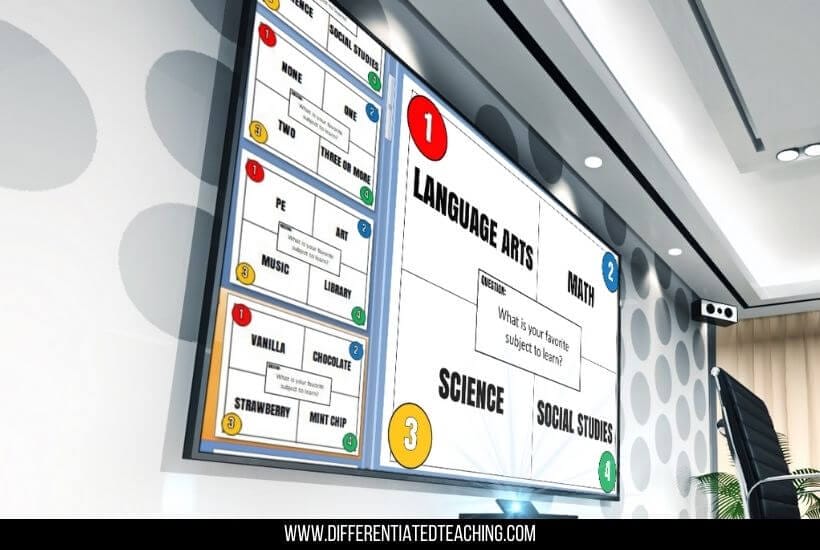
By observing where students are, you can get a sense of their interests and strengths. For example, you might find one or two students who always go to the same spot every time. If so, they might be a great fit for a small group activity focused on that subject area. This can help you make some quick determinations about how you’ll organize your small groups and work with your kids throughout the year.
A handy hint is to pre-label your corners with colors or letters to make the game run smoothly. Then you can put the answer choices on your projector (like above) and have students move to the right corner without much hassle.
7. Complete an All About Me Book as a part of your first week of school activities.
Having students create an All About Me Book can be a fun way to get to know your learners while making a purposeful end product.
You can use the 8×8 booklets from the Target Dollar Spot with blank pages and let students write about anything they want. Alternatively, you can provide a more structured framework using a book template that has students complete pre-made pages and templates to share information about themselves.
Here’s a fun example I’ve used with my learners in the past:
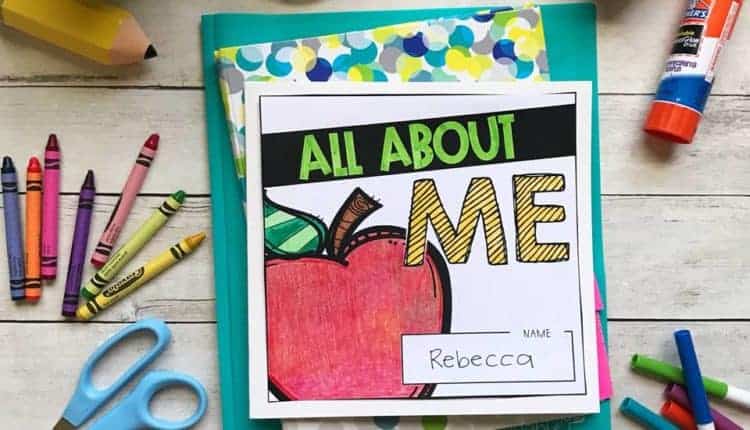
Read more about this resource here: All About Me Books: A Back-to-School Activity.
8. Have students write a letter to their future selves.
This can be a really meaningful one, especially if you’re teaching a grade level that is the start or end of a big transition year. For example, the fifth-grade teachers at one school I worked at did this with their students. Then, when the students went to middle school the following year, they would mail the letters to them at the end of the school year.
One of the great things about having students write a letter to their future selves is that it gives them the chance to think about their lives differently and be more intentional about their education. It can also be a great way to make predictions about how they will get along in middle school.
9. Make Getting to Know You Fortune Tellers
At some point, most students get into making fortune tellers, so why not use it to your advantage and make it into a fun getting to know you activity. Have students create their own fortune teller using a pattern or template in the classroom. You might even consider using some of the prompts I’ve shared in my post 20 Questions to Get Kids Talking .
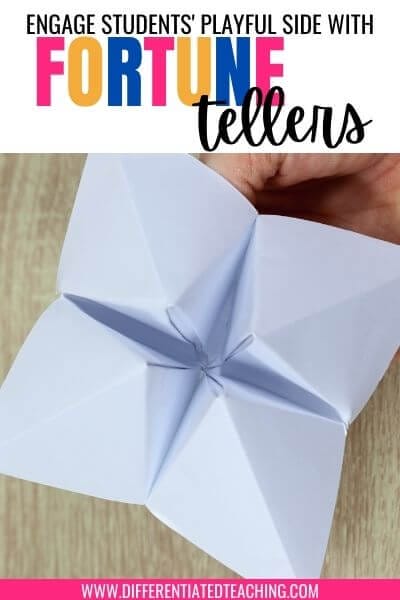
You can pre-write some questions onto the template before copying it, or you can allow students to add their own questions. If you have students add their own questions to the template, be sure to remind them not to write anything too personal. Fortune tellers are fun, but you’ll need to monitor students to ensure the questions being asked are school-appropriate.
When they use their fortune teller with a peer, the classmate must answer the question under the flap they selected. Then they can mingle again and repeat the process.
Add a little music, like Musical Chairs, to make it extra fun. Of course, whoever they are standing near when the music stops is their partner that round.
Covid hint for First Week of School Activities – This is also an awesome idea for reducing germs that often spread during some team-building activity ideas commonly used at the beginning of the year – like the questions on a beach ball activity.
10. Create All About My-Selfies!
The 10th activity I want to share is one that upper elementary students and middle school students love! If you’re working with a grade level interested in social media, this can be a fun way to tap into this. You can grab this project here.
I’ve done this activity in two ways in the past.
Option 1: Have students identify what makes them unique.
First, I’ve had students draw a selfie showing something about them that makes them unique. Then they write a caption and hashtags to match. We did these on phone templates and used them to make a cute display. However, they were also a great talking point between students.
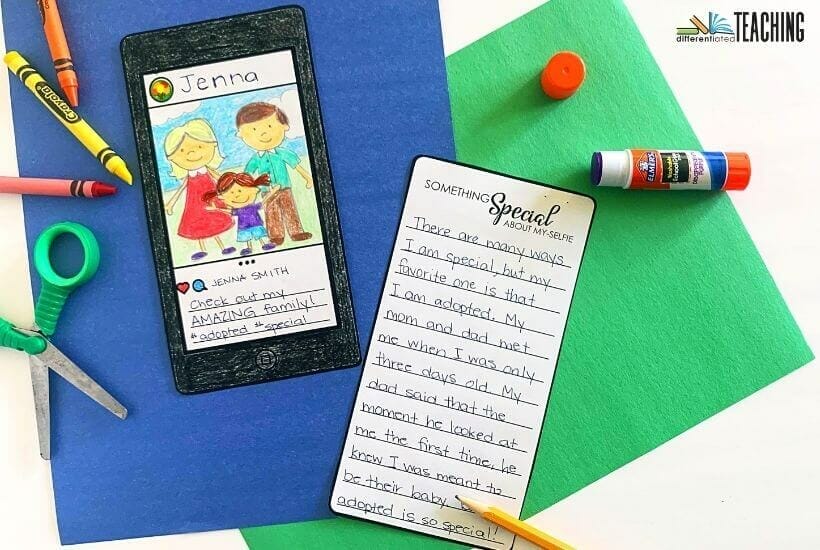
Option 2: Play Secret Selfie
The other option is a guessing game, which can be fun if students have been together for several years and think they already know one another pretty well. In this case, prompt students to draw a picture that matches various likes and dislikes into each square. For example, you might say, “Draw something that represents your favorite color in the first frame.” Continue this until you’ve done the entire 9 or 12-square.

Once all the boxes are complete, students draw a secret selfie (or take a picture of each student) to place underneath and attach their clues over the top, like in the image below. Then display them with numbers attached and have students try to guess who is who!
This is also a great one for displaying during Open House! It is entertaining to watch parents try to guess which one their child made!
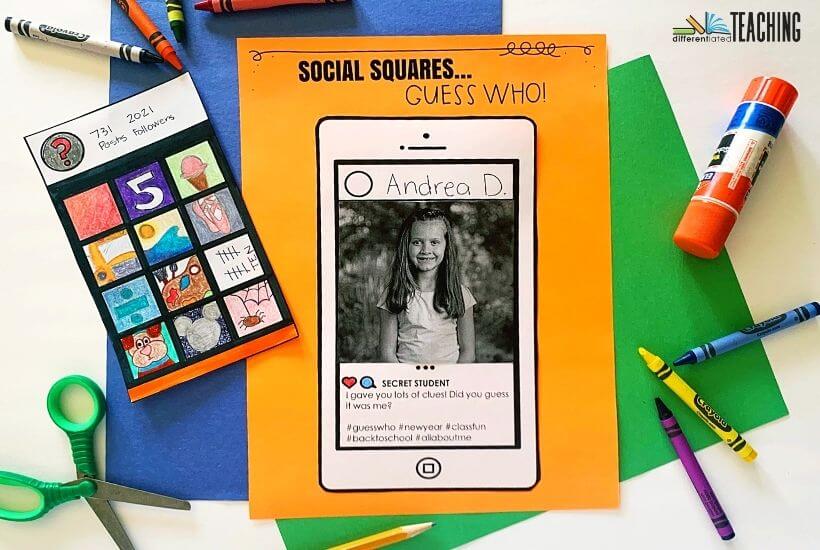
The benefits of taking time for All About Me activities during the First Week of School
Classroom community matters. Students who feel connected to their teacher and classmates are more likely to do well and less likely to drop out.
In addition, all About Me activities create a safe environment for students to share personal information and build relationships. It is surprising how much safer it is to share personal opinions when your class feels safe and comfortable with one another.
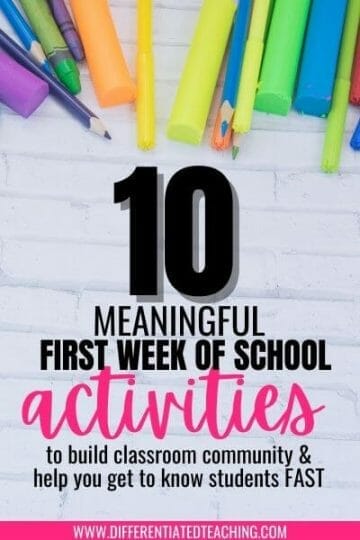
By including all about me ideas as part of your first week of school activities, the classroom transforms into a community, and your elementary students become less nervous when it’s time for them to share their ideas and opinions.
How do you foster classroom community from the very first day?
Similar Posts

May Teaching Ideas for Your Classroom

20+ Fun March Activities for Elementary Students

My Favorite September Lesson Plan Themes for Elementary Learners

17 Awesome St. Patrick’s Day Read Alouds for Your March Lesson Plans

5 Must-See Presidents Day Videos for Kids – Great for Teachers

October Teaching Ideas for the Classroom & Homeschool

7 Writing Ideas for the First Week of School
This post contains an affiliate link
The first week of school is usually a blur. We are all settling into a new routine and the summer haze is lifting-slowly. This is the time we are getting to know our students, but also the time there is much to be done. We are settling into a new routine, adjusting students to a new routine, filling out enrollment reports, and putting the finishing touches on our classrooms. For this reason, coming up with first week activities can be a bit stressful. For the past few years, I’ve used these seven writing activities the first week of school at various times throughout the day and they all serve their own purpose.
Goal Setting
My fifth grade team is departmentalized and I teach writing. For this reason, I make this activity specifically writing focused, and put these as the first page of their binders on the first day of school. However, I’ve given an example in the picture below of how this can be done for any subject or grade level. Goal setting is extremely important because it reminds students that there is a purpose and a focus to their learning. I refer back to this page often throughout the year so they see whether or not they are meeting their goals. The picture I listed here is general, but I encourage you to have students list several goals and make them specific and attainable. You can download this FREE goal setting template here .

My Three Best Summer Memories
This activity is great for the very first day. Students can reflect on their summer and then share. It’s a great icebreaker because students love to read aloud their memories and share their pictures. Many times, individual personalities also come through and you can get a sense of what student hobbies are!

What I Want My Teacher to Know About Me
This is my favorite writing activity for the first week of school. I learn so many things about my students, and I constantly look back at these pages throughout the year. I’ve had students share simple things with me such as their favorite ice cream flavor, or very personal things such as family situations at home. This assignment is special to me because students feel they can share and they know I will read them. I often make sure I mention them throughout the next few weeks. For example, “Christopher, when do you start soccer practice?” Or, “Kayla, I’ll make sure I give you a signal before I ask you to read out loud because I know it makes you anxious.” This helps reduce the anxiety for students and create a friendly class atmosphere!

This Year I Want to Learn
I love reading what types of things students are interested in learning for the year. Some of which we won’t be able to cover, but I try my hardest to make sure students learn many at least one of the things they share on this sheet. Even if it means they have to do some of their own research! It’s a great way for students again to have a goal and a focus. Download this template for FREE here.

Grade Level KWL
This is something I created as kind of a unique spin on a KWL. In the morning, you can have students write what they k now and w onder about the grade they are starting. At the end of the day, have students write what they l earned about their classroom/grade. It’s a also a great way to reinforce rules and expectations!

The First Day of School
This writing activity is straight forward and simply allows students to share how they felt when they woke up in the morning. It’s also a perfect follow up activity to the book First Day Jitters by Julie Danneberg . The story has an awesome message about how teachers are nervous on the first day also! I’ve read it every year and it’s perfect for any grade level. I’ve read this story in both first and fifth grade!

All About Me
Although this has been done so many different ways, the All About Me activity is a classic! Letting your students be creative and share some special things about themselves is always a great icebreaker. This activity will never get old!

In addition to the free downloads above, you can purchase my full Back to School Activity set here . Have a wonderful start to your school year!

- back to school
- back to school getting to know you
- back to school writing
- back to school writing ideas
- first day of school
- first week of school
- first week of school writing activities
- first week of school writing ideas
- getting to know you writing ideas
- writing ideas
- writing ideas for the first week of school

Related Articles

- Teaching Setting in Fiction Writing: Creating Creative Places
When it comes to fiction writing, sometimes teaching setting can be the most daunting. When…

- Why You Need to Be Teaching Tiered Vocabulary
Vocabulary instruction is often overlooked, since it is typically embedded in our overall daily…

- How do you know which vocabulary words you should be teaching?
How do you know which vocabulary words you should be teaching? Two questions…
Leave a Reply Cancel reply
Your email address will not be published. Required fields are marked *

Recent Posts
- Making the Most of Your Morning Work : A Vocabulary Focus
- Interesting Nonfiction Topics Kids Love to Learn About
Recent Comments
- LMBLiteracy on Using Color as a Writing Strategy
- Maerea on Using Color as a Writing Strategy
- Carrie Rock on Tips for Teaching in a Departmentalized Classroom
- mysite on Teaching Content Through Poetry
- LMBLiteracy on Tips for Teaching in a Departmentalized Classroom
- January 2024
- December 2021
- February 2021
- December 2020
- October 2020
- February 2020
- January 2020
- December 2019
- November 2019
- October 2019
- September 2019
- August 2019
- February 2019
- January 2019
- November 2018
- October 2018
- Teaching Ideas
- Uncategorized
PRESTO PLANS

prestO PLANS
ENGLISH TEACHER RESOURCES
Sent straight to your inbox
CLICK HERE TO ACCESS
Sign up to receive 10 ready-to-use ELA resources your students will love!
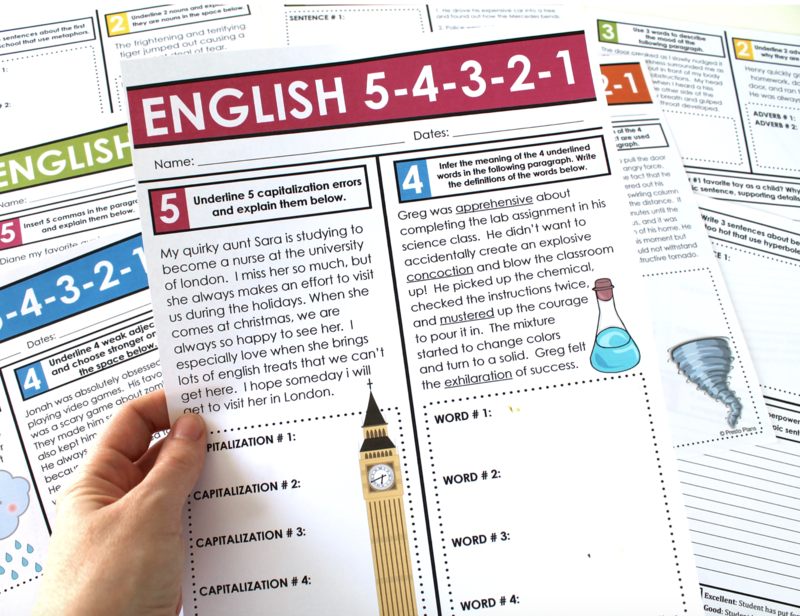

10 FREE ELA RESOURCES
Teaching Students How to Annotate Poetry
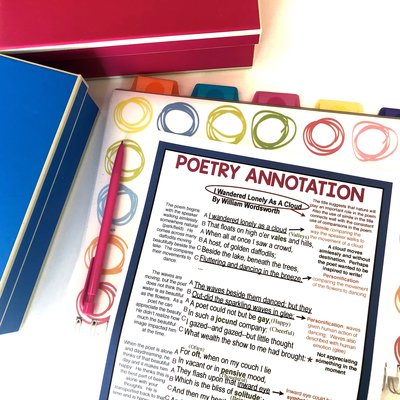
8 Ways Teachers Can Celebrate Student Success
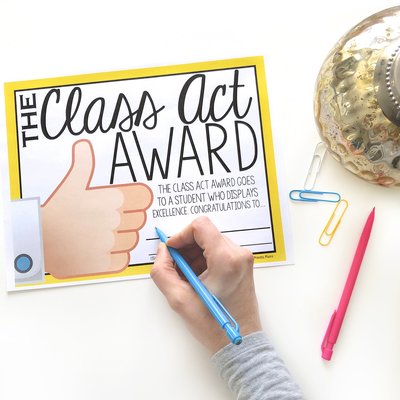
Bulletin Board Ideas for Middle & High School English
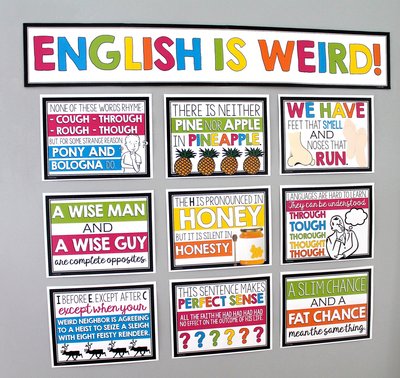
ON THE BLOG
teacher favorites
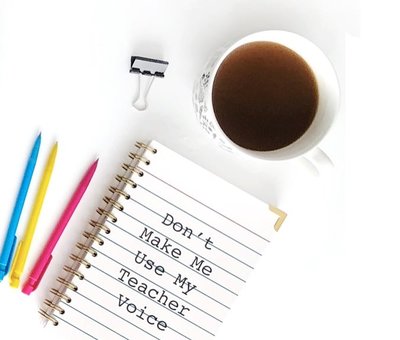
an ELA facebook community
TEACHERS' LOUNGE
join us in the
Engage your students as soon as they walk into your classroom with my best-selling, full-year bell-ringer set. Each day includes a unique and creative task. Topics include grammar, vocabulary, writing, and figurative language.
Full Year of English Bell-Ringers (Vol 3)
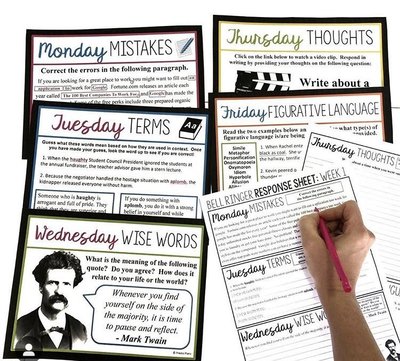
teacher resource
Top categories, i'm bonnie from presto plans.
I’m a curriculum writer, literacy educator, and all around book lover with a passion for helping English teachers engage their students with creative, high-quality resources. My mission? To make teaching English a whole lot easier for you, teacher friend!
Hello, Teachers!
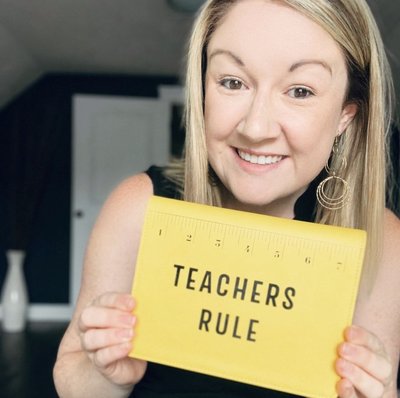
What I Do the First Week Back To School in Middle School ELA
It won’t be long until the signs that summer is over start appearing. Although we love our summers, there’s something nice about hitting the reset button and starting fresh with a new school year, isn’t there? To help you get started on the right track, I wanted to take a moment to let you in on what I do the first week back for middle school ELA.
I’ll break the first week down day-by-day, beginning with Monday on day one. On this first day of the week, you’ll start right away with laying down some of the important groundwork for your middle school ELA classroom community…
Before the class begins, you’ll place two things on each of the students’ desks: a student profile sheet , and half a sheet of paper so students can create a name card or name tent.
When the students enter, you can greet them at the door and tell them to have a seat either wherever they like or at a designated spot. You might choose to have a seating chart posted on the screen or on the board for them to find their individual seats. I personally like to use a seating chart on the first day, but of course, this is totally up to you. Here’s what’s on the radar for day one:
- Sharing an introductory welcome presentation with the students
- Having students complete their name cards or tents (I personally need this to actually learn names)
- Giving them their student profile sheets to complete
- Completing one of the following first day activities:
INTRODUCTION
The welcome presentation is a short way to welcome students and tell them that you’re excited that they’re there. It’s also an opportunity to share a little bit about you and your course. After the presentation is complete, give students the opportunity to create their name card or tent and put it on their desk. This will make it much easier to learn students’ names, which we all know is a struggle in middle-to-high with so many students coming in through the door.
STUDENT PROFILES
Next, you can bring their attention to the student profile sheet on their desk. You’ll go over each of the sections of the profile and explain how to complete it. I personally would suggest having the students complete this at home. The simple task will give you a good idea of which students may have trouble passing things in on time so you can kind of address this issue immediately.
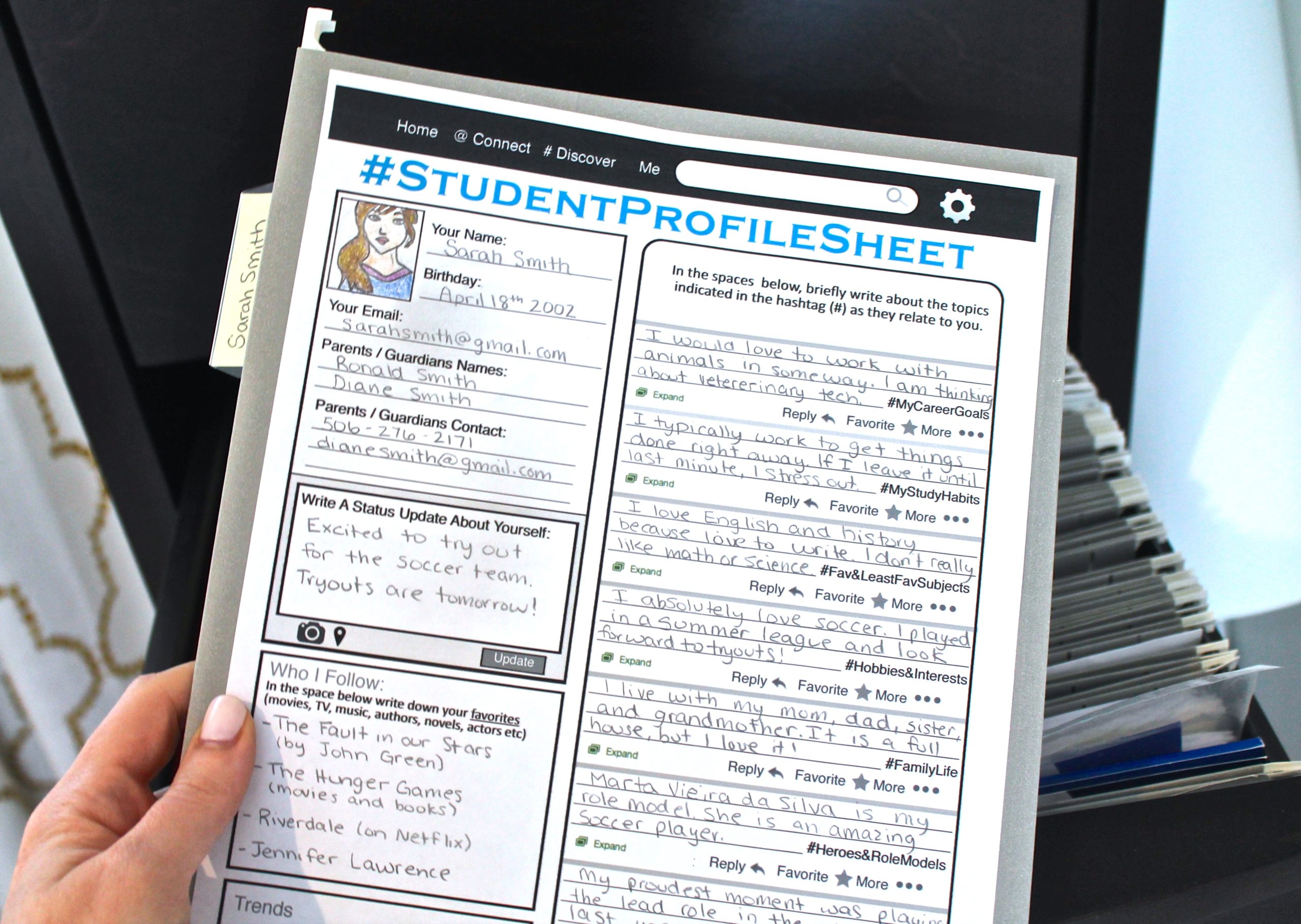
TWO ACTIVITIES
Now it’s time to decide which of the following activity options works best for your class.
The back-to-school passport station activity has students move through four different stations in the room where they will reflect on their summer, get to know other students, set goals, and share information about themselves.
The back-to-school snowball ice breaker activity has students share information about themselves. This activity has students crumple their information into paper balls and throw it around the room. Other students retrieve it and continue the activity.
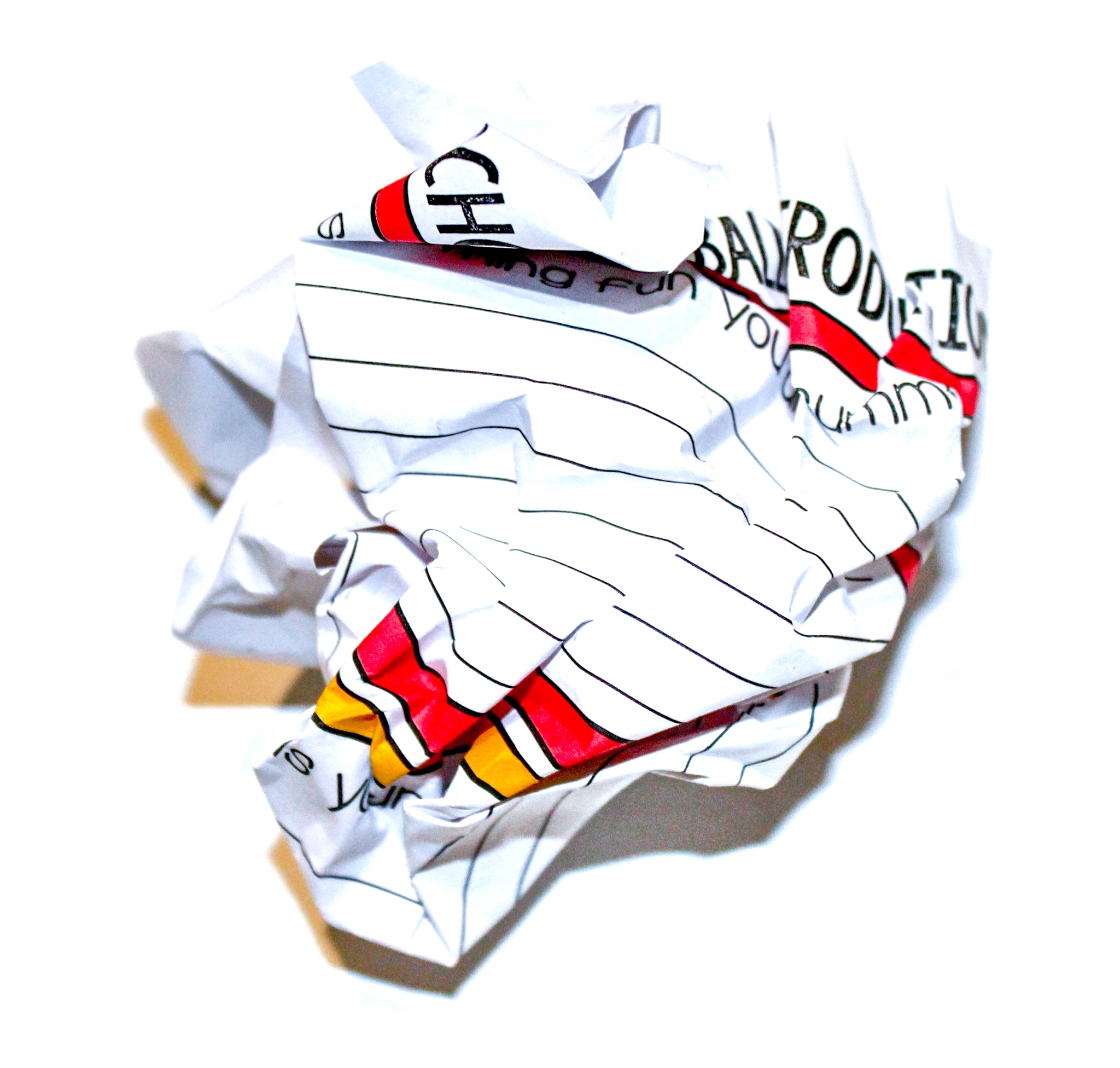
FIRST DAY REMINDERS
At the end of class on Monday, you may want to remind students to bring their completed student profile the next day. And I also like to ask them to bring in a three-prong folder or duo-tang to hold all of their bell-ringer response sheets . Now, you might be saying to yourself, but wait we didn’t go over any of the rules and the syllabus…
In my experience, students spend the first day of middle school and high school going from class to class, listening to a list of teachers’ rules that are all basically the same, and they already know these rules because they’ve heard them year to year. Then, they’re read a syllabus. I like to personally leave this kind of content until day two.
On Tuesday, the first thing you’re going to do is greet students at the door and tell them to find their assigned seat or to find a seat anywhere, depending on the process you choose. Once class begins you will begin collecting the student profile sheets that they completed for homework.
If you have a student who has not completed it, I would avoid disciplining the student in the middle of class. That’s probably never a good idea. Simply ask the student to write their name at the top and submit the incomplete assignment. Then you can put those aside and speak to them privately after the fact and explain the consequences of not completing work in your class.
Once you have that out of the way it’s time to move on to Tuesday’s lesson. Here’s a basic overview of what you will do on the 2nd day of school: you will review the bell-ringer procedure , go over class expectations and learning styles in a stations activity, and share the syllabus with the students.
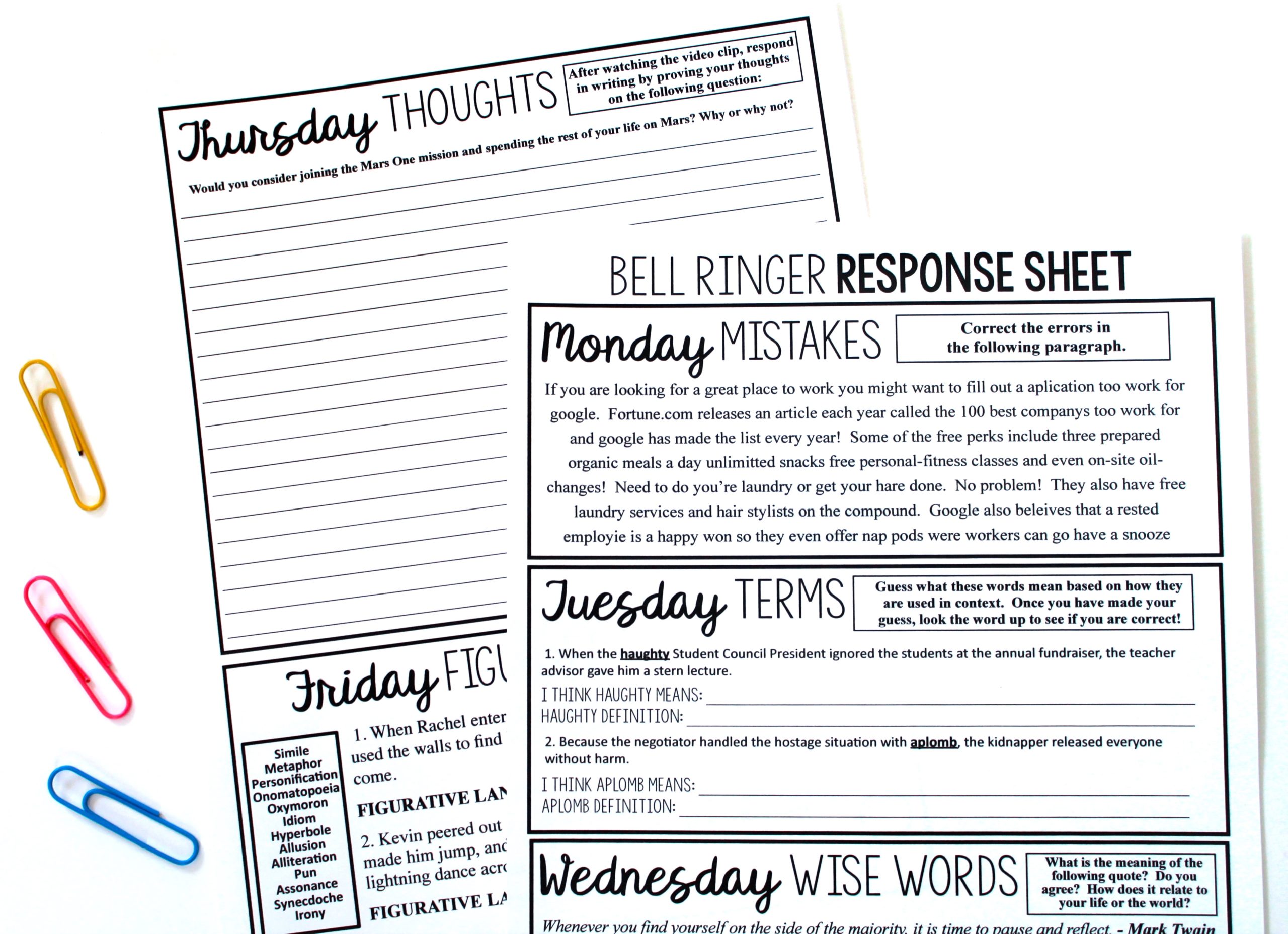
BELL-RINGERS
The first thing you’ll need to do is choose a bellringer set that works well for you . Then, you’ll review each of the Monday to Friday bell-ringer activities and explain how they will work. You’ll have students create their bell-ringer booklet where they add the first four weeks of response sheets. Or, if you like, you can give them the full year depending on how you want to do it and once they have their bell-ringer booklet completed.
Then, you can ask them to actually complete the bell-ringer activity for Monday since they didn’t do one the day before and then the Tuesday one as well. So they’ll be doing 2 bell-ringer activities today. You’ll briefly review these with the class as you normally would and then it’s time to move on to the next activity.
STATIONS ACTIVITY
For the stations activity, what you’ll do is you’ll set up chart paper at 5 different stations in the classroom. At the top of those pages there will be 5 questions:
- What’s your learning style?
- What are your goals for the course?
- Which characteristics do you appreciate in a teacher?
- What are some fair consequences for breaking classroom rules?
- What are some rules that all students should follow in this class?
You’ll put students into groups, and then you’ll have them move to each station to discuss and jot down their ideas and thoughts on the chart paper. I’d say 3 to 4 minutes for each station should work, depending on how long you have your class for. Once each group has gone through each station, then you can go and look at each of those chart paper responses and discuss it as a whole class.
When that’s done, you’ll finally pass out your course syllabus and allow students to read it with their group. Have them discuss what’s on the syllabus and give them an opportunity to ask questions. I much prefer this method to just reading it to them so that they’re not tuning out.
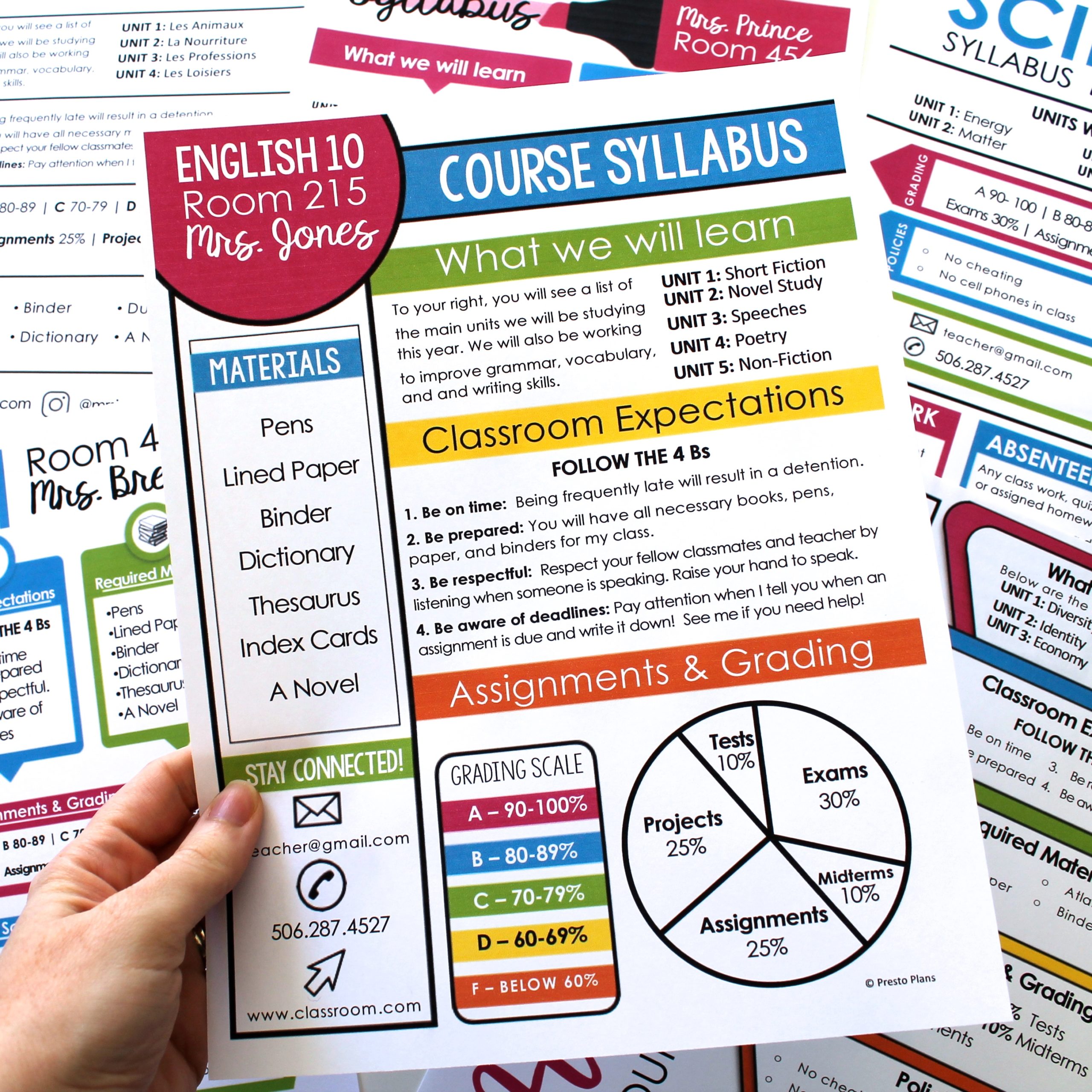
Here’s a quick overview of what you’ll do on Wednesday. I’ll also explain each in more detail in a moment…
- Bell-ringer
- Give a book talk
- Explain book talk procedure and provide a schedule
- Guide students in finding a book they’re excited about
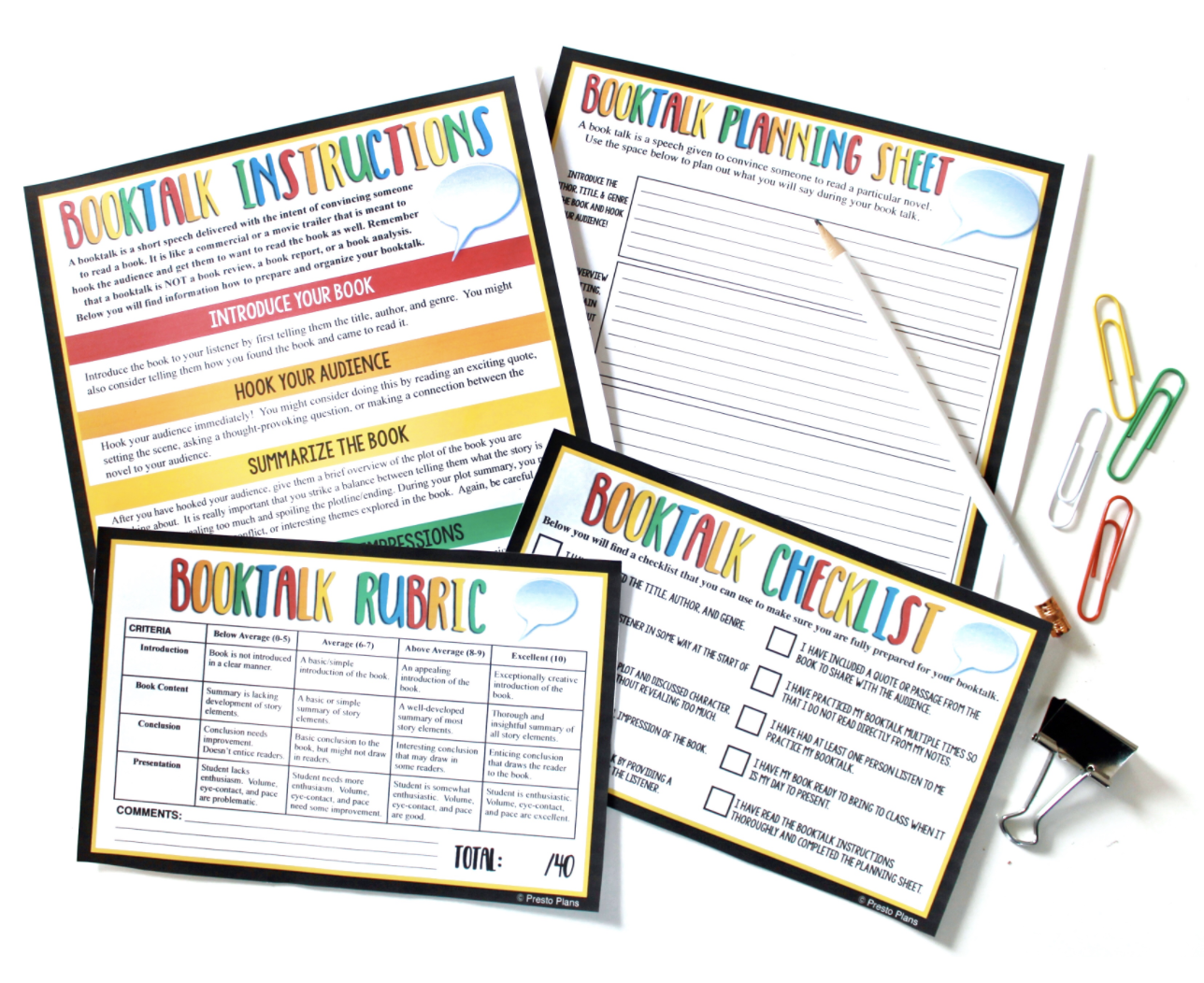
BOOK TALK SCHEDULE & PROCEDURE
Then, you’ll give them an opportunity to choose their date. I usually say that if they don’t sign up by Friday, then you’ll assign them a date so that most students will sign up. I suggest not having the first book talks until four weeks into the semester as this gives that first presenter adequate time to prepare and get comfortable with their peers.
STUDENT BOOK SELECTION
Now you’re going to help your students find a book they’re interested in reading. There are a few different ways you can do this. If you want to keep it simple, book the library and bring the students down to peruse the stacks. If you want to keep it within the classroom, you can also bring books to them. Or you can simply use your own classroom library books and have them do a date with a book . You should also tell students that they need to have their independent book chosen by Friday and that it needs to come to class with them.
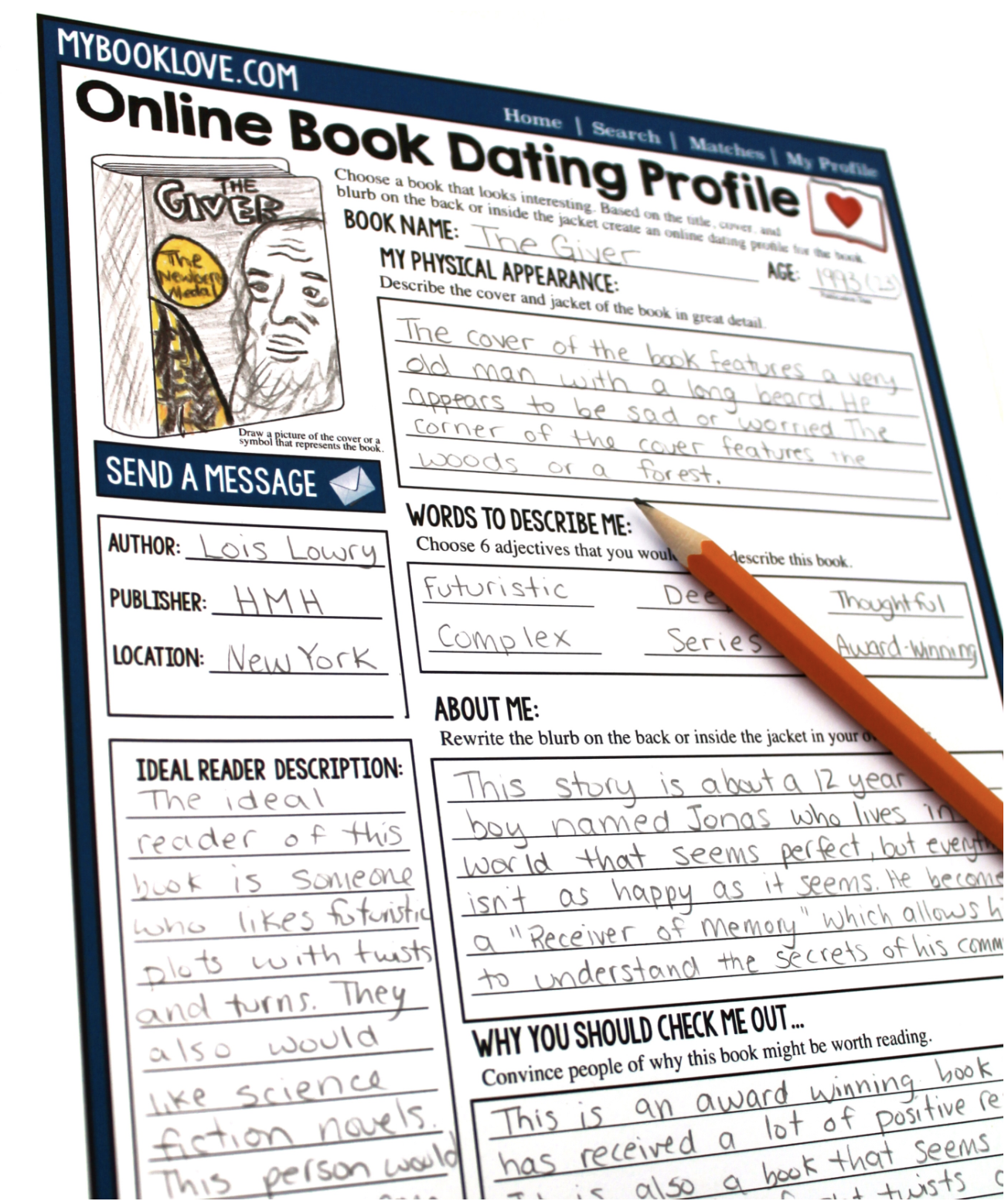
On Thursday, you can choose between one of the following two options:
- Option 1: You can skip the daily bell-ringer and have students complete a team-building activity, like the zombie escape room .
- Option 2: Get students to do the bell-ringer as well as a less comprehensive activity, like the buried ship mystery .
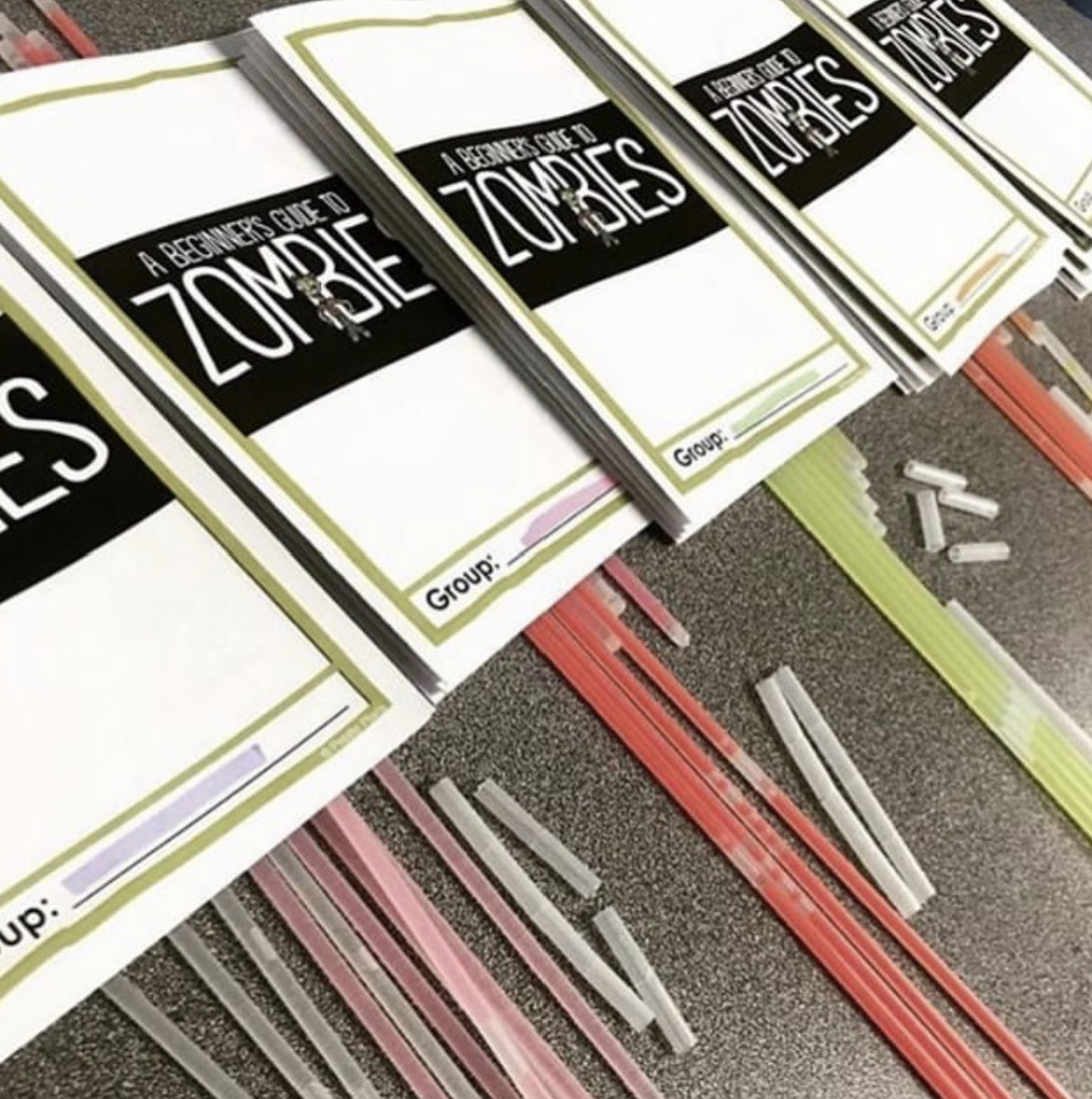
ZOMBIE ESCAPE ROOM
The zombie escape room tells the story of students arriving on the first day of school to find out that their teacher has turned into a zombie. They need to complete ELA-inspired puzzles to turn their teacher back to a human. This can take the whole class and requires some preparation ahead of time, but I think it’s totally worth it! You have to check out the video that I use to hook students in.
BURIED SHIP MYSTERY
The buried ship mystery activity gets students working together to infer information about a real-life mystery of a ship that was found buried in downtown San Francisco. This takes less time, and it’s a seriously interesting mystery! I know your students will love either of these options…
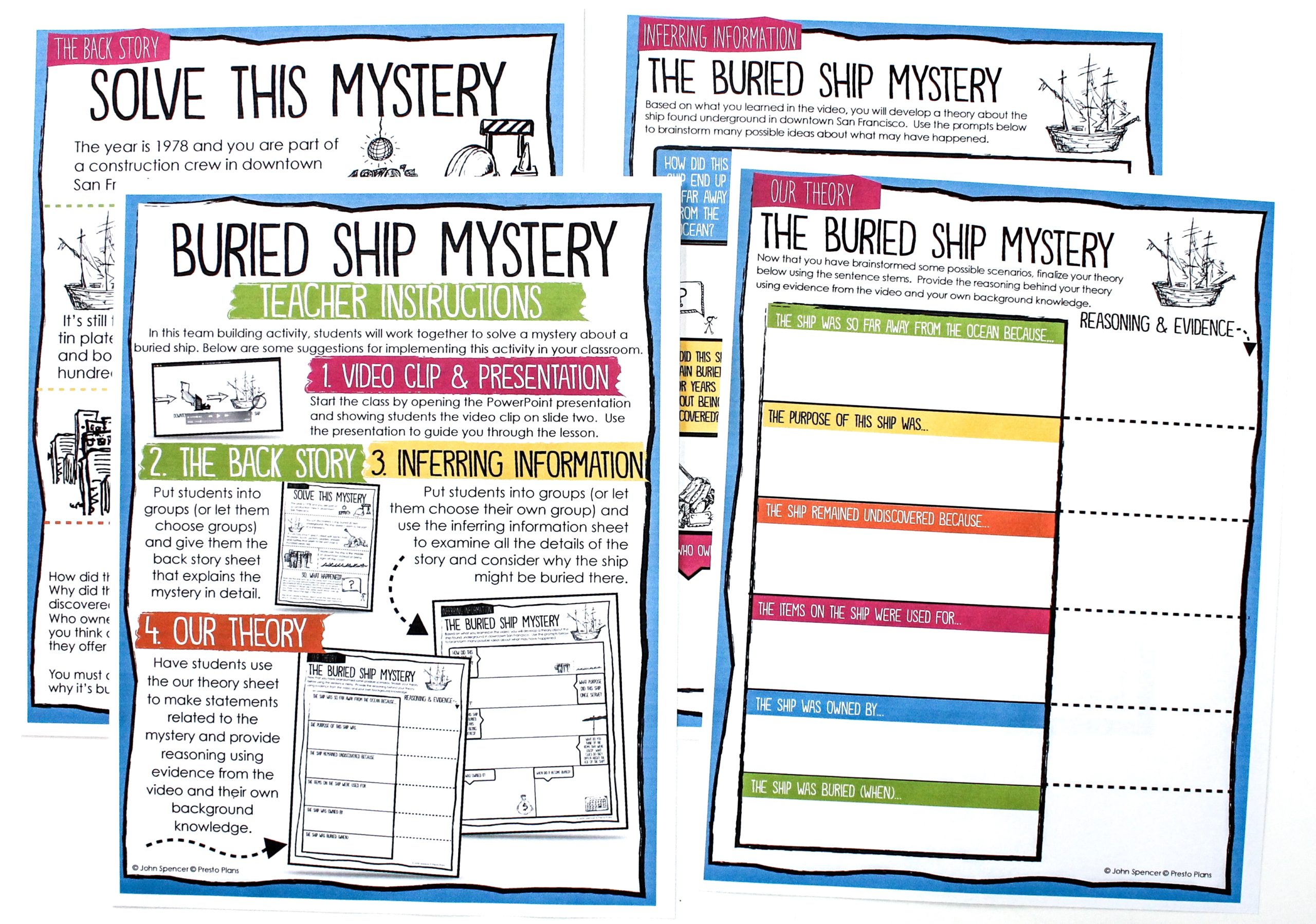
Finally, you’ve made it to Friday! You can start the final day of the week with your bell-ringer. You can try four free weeks of bell-ringers using this link . Once that’s completed, you can tie up any loose ends or complete any activities that were not finished from the week back to teaching middle school ELA. After that’s all done, tell your students to take out their independent novel and do some silent reading.
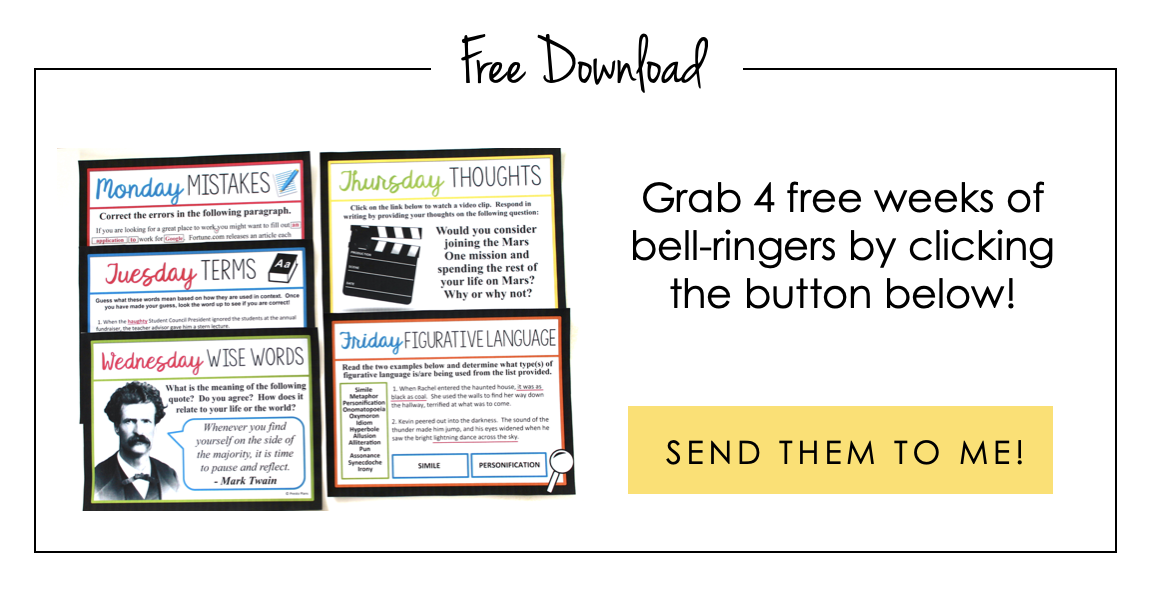
SILENT READING
With silent reading, it’s important to set expectations from the beginning of the year or you’re going to have problems later on in the semester. When it’s time for silent reading, it should be silent. I allow students to get comfortable and allow them to sit where they want. You can do the same if you want, but it’s totally up to you. There should be no fake reading aloud, and if you’re an English teacher I think you know what I’m talking about. This is when students stare at the book but they’re not actually reading it. If you notice a student is doing this, encourage them to give their book back and find another one.
There you have it…Your first week back to middle school ELA has been planned! I hope you have a great first week back, and please let me know if you have any questions at all.
share this post
VISIT THE BLOG
Snowball writing: collaborative writing activity, 10 ideas to make your teachers’ lounge a positive space.
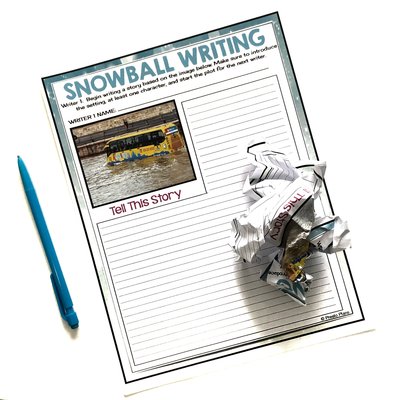
Send students on an online date with a book
7 bell-ringer ideas for middle and high school english.
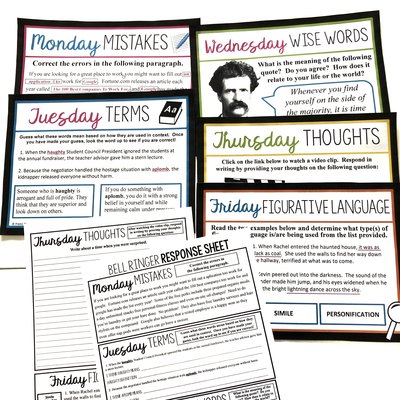
Search the blog for what you are teaching
PRIVACY |
CONTACT |
© PRESTO PLANS |

I’m Bonnie, a curriculum writer, literacy educator, and all around book lover on a mission to make English teachers’ lives a whole lot easier!
resources sent to your inbox!
10 FREE ENGLISH TEACHER
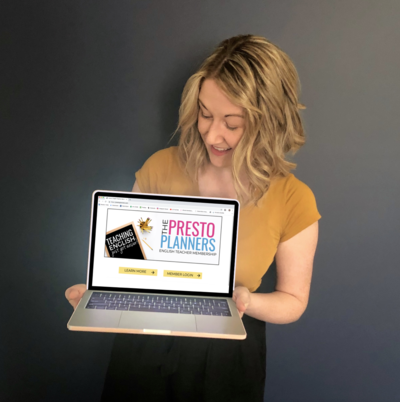
@PRESTOPLANS
FIND ME ON
sent straight to your inbox!

10 days of ELA TEACHER
Healthy Teaching Life
Meaningful assignments for the first weeks of school
When students come back from summer break, they are sometimes reluctant to engage in school assignments. This is especially true when they perceive the assignments as “busy work” or a waste of time. If you give students engaging, meaningful assignments right from the very first day of school, you will show them that everything they do in your class matters and they will be more likely to engage in the material you assign. Here are some ideas for the first weeks of school that will give you the important data you need and will engage students during class.

Independent reading
This is by far my favorite assignment to get started right at the beginning of the school year. In language arts, I give students free choice for their independent reading books. They must have them to read in class, and they practice the skills I am working on with these books. In a history or science class, you could limit student choice to books or articles related to the subject area. If students are required to read across the curriculum, they see the value in developing their reading skills. (Click here to read more about my independent reading project.)
Paired nonfiction
Check out teacher-friendly sites such as newsela.com or studentnewsdaily.com for news articles to relate to your curriculum. If you haven’t heard of him, Kelly Gallagher is an expert on teaching reading with short “one pagers” for students to practice essential skills. (Click here to see more from Kelly Gallagher.) This is a quick assignment and because the nonfiction reading relates to the curriculum, students see the value in reading it.
Short stories
I love starting the year with an engaging short story. It gives me a chance to teach important skills and model reading strategies for my students. Also, reading a short story doesn’t take long, obviously. The benefit of starting the year with a short story is that you can reference it as a teaching tool for other skills. It’s a great way to ease students into serious literary analysis after summer break.
Creative writing
When the school year starts, it is important to assess student writing as soon as possible. You don’t want to give them something that will take a long time, however, since students need some time to work up to more extensive assignments. At the very beginning, I like giving students a creative prompt for them to “show off” their writing abilities.
I use it to assess grammar, organization, and sentence structure mostly. The topic doesn’t even matter to assess these areas, so sometimes I give students a choice. In my state, students take their required tests for graduation in 11th grade. The writing component includes a persuasive writing prompt, so with those students I give a choice of persuasive topics for their very first writing sample.
The beginning of the year is all about establishing a starting point for instruction. I try to assign writing in the first week so I can group students by ability level as soon as I can.
Remember, the first writing assignment you give should be short enough to finish in one class period and interesting enough for them to enjoy completing.
Final thoughts
Remember that your goal for the first few weeks is to get to know your students so you can help them learn throughout the year. You want to engage them and get them interested in the class so they will look forward to it. Avoid giving busy work or assignments that are unnecessarily long. Hook them in early and you’ll have a great year!

Leave a Comment Cancel reply

Guidelines for First Assignments
Why the first paper matters.
The first paper you assign in a First-Year Writing Seminar provides a unique opportunity to capture student attention and interest; to set a tone for the class; and to help students experiment with the writing and thinking practices you hope will characterize student work throughout the semester (and beyond). The first paper can provide insights into what your students can and cannot do as writers; these insights may help you adjust your learning goals, lesson plans, and assignments. Finally, the first paper serves the larger diagnostic needs of the FWS program as we work to identify students who may need help securing tutoring or mentoring support or finding a FWS that is a more comfortable fit. The FWS Instructor Referral process described in The Indispensable Reference for Teachers of First-Year Writing Seminars works best when FWS instructors participate actively during the first 10 days of the semester.
Since writing should be the focus of every FWS, this first paper should begin when the semester begins. Preparation for this first paper can begin with in-class activities as early as the first class meeting. An integrated sequence of classwork and homework can move students through a quick cycle of drafting—and possibly revision—within the first few classes. A full-length draft should be complete no later than the end of the second week of classes—even if a further round of revisions is planned.
Logistics of a first paper
First Papers should be…
- Assigned during the first week of classes;
- Read and assessed quickly, no later than the fourth class meeting;
- Low-stakes;
- Challenging, pushing students to practice analytical thinking and writing;
- Engaged with texts and/or concepts characteristic of your course;
- Between one and three pages long;
- Small in scope;
- Intellectually engaging and also fun.
Functions of a first paper
A first paper assignment can do the following:
- Introduce students to the intellectual work of the course.
- Give students a sense of course expectations.
- Provide insights into how students will manage the substance of your course.
- Provide students with opportunities to experiment with writing practices you hope students will use in your course (and beyond). These might include textual analysis, revision, peer review, and scaffolding.
- Capture student attention in the period before exams and other high-stakes assessments begin to dominate academic life.
- Help you get to know your students.
- Help your students get to know you.
- Identify students who might benefit from additional support. If they struggle with the first assignment they might struggle with other aspects of the course.
Examples of Useful First Assignments
There are many options for what a successful first paper assignment might ask students to write. Below are a few ideas that are both small in scope and challenging. If you come up with an alternative option, please share it with us, so we can highlight it in our training materials.
- Pull a particularly interesting longer quote on your course topic, perhaps from a reading you will assign. Ask writers to first explain what the quote means and then apply it to their own experiences with the subject.
- Pick two quotes that represent competing views that relate to your course theme. Ask writers to explain each perspective and evaluate the perspectives, being sure to provide evidence from their own experiences in their analysis.
- Pick a photograph, a piece of art, or some other artifact that relates to your course theme. Pose a question that encourages students to analyze the image in relation to some of the key questions you hope to explore in the class. Encourage students to use the image as evidence in their answers.
- Ask students to complete a short reading that relates to your course theme. Ask them to first explain what they think the reading means. Then you could: 1. Ask a specific question they should use the reading to help answer; 2. Use the reading the analyze their own experiences with the issue; or, 3. Pose questions or evidence that complicates specific points in the reading.
Additional Support for Student Writers:
The Knight Institute offers support to writers through the Cornell Writing Centers and the KNIGHT WRITERS Mentor Program , and accepts a small number of students each semester into Writing 1370/1380: Elements of Academic Writing —a lower enrollment FWS that includes weekly individual teacher/student conferences. All sections of Writing 1370 and 1380 are taught by Knight Institute writing specialists.
A first FWS assignment should help instructors identify students who might benefit from additional support: in most cases this will not include having students transfer from their current FWS into Writing 1370/80. (Enrollment capacity in Elements of Academic Writing is limited. Cornell offers more than 220 FWSs during the fall semester. Only ten of these are sections of Writing 1370).
FWS Instructor Referral Guidelines
Frequently Asked Questions about Revised Guidelines for First Assignments
The last time I taught an FWS, we were supposed to assign “diagnostic essays.” Does the paper described in these guidelines replace the “diagnostic”?
The first paper described in these guidelines should take the place of the diagnostic essay in your course plan. While the first paper retains diagnostic functions, these revised guidelines highlight some of the other teaching goals for first assignments in a writing seminar, as well as the fact that the first paper assignment should be considered an essential part of the course’s curriculum, not a task that stands apart.
Does this paper count as one of my course’s five “formal” papers?
Your first assignment can count as one of your five “formal” papers. You can also treat it as a draft that will lead to a more formal assignment. Or you can treat it is an informal assignment. Consider what will work best with plans for subsequent classes and assignments as well as your learning goals.
Are personal narratives acceptable?
If you wish to build a first assignment around a personal narrative, be sure to include some elements that push students to do the kind of thinking and writing that will be characteristic of the course. For example, you could ask students to engage with a concept articulated in an early reading assignment.
Personal narratives can help students bring an individual point of view to the subject matter. Personal narratives can also help students identify their own stake in some aspect of the course material. However, an assignment that asks students to work exclusively from personal history or personal experience will not necessarily test students’ ability to read, analyze, or interpret texts, concepts, data, or images. Thinking and writing skills like close reading, analysis, and interpretation are likely to be central to the writing you ask students to do. Your first assignment should introduce students to some aspect of the writing skills and practices you will be teaching. If you can integrate aspects of these skills and practices into a personal narrative there is no reason not to design such an assignment at this point in the semester (or later on).
Should this paper be graded?
Try to keep the stakes low for this first assignment: this may mean not assigning a letter grade. How you keep the stakes low should depend, in part, on your larger grading strategies for the course.
You are most likely to get the course off to a good start if conversations with students about their first assignment focus on content and style rather than a grade. Students also grow as writers when they feel comfortable experimenting and taking risks. Taking risks can be hard when the grade stress gets in the way.
Even if the paper is not graded, it should still count. You want students to take the assignment seriously. One of the challenges inherent in teaching writing is figuring out how to help students discover their own investments in the subject matter, even as teachers evaluate their work and assign letter grades for their semester’s work. A particular challenge of the first assignment is finding a way to lower the stakes enough so students feel comfortable experimenting, while still keeping the stakes high enough so students take it seriously.
Should my assignment include revision?
Teaching revision is central to the FWS curriculum. Writers get better at revising if they have multiple opportunities to practice. Some of the most productive conversations instructors and students have about writing emerge from assignments built around guided revision. If it makes sense to incorporate revision, even on a small scale, into the first paper assignment, do so. If you would rather wait until a later assignment, that is also acceptable.
Should my assignment include footnotes or other citations?
Using sources responsibly should be integrated into the learning goals for FWS teachers. If it makes sense to begin working on responsible use of sources as part of your first assignment, do so. If it makes sense to introduce it later, that is also acceptable. (The repetition creeping into the last few responses indicates that we’ve entered the realm of instructor choice).
Should we do peer review as part of this assignment?
If it makes sense to help students work in peer groups—or read one another’s work—as part of your first assignment, do so. If it makes sense to introduce these practices later, that is also acceptable.
Should I schedule a conference after this paper?
Some instructors like to schedule a round of conferences within the first two weeks to get to know their students. Others like to wait until students have produced a larger body of work to discuss. Either approach is acceptable.
The last time I taught an FWS, I had students adding and dropping during the first few classes. How can I assign a paper starting in the first class or the first week when I have students switching in and out?
We always recommend thinking of a paper assignment as a sequence of several activities. Even for a short paper, a sequence could include: in-class work; informal writing completed in or out of class; a group activity; and the “formal” final draft of a paper. (These are possibilities, not requirements).
If you design a sequence with several elements that structures the first few classes of the semester, think about entry points for students who might add the class before the second meeting, or the third, or the fourth. As students add, you can communicate which things they can do to complete the assignment alongside their classmates. For instance, if the sequence begins with an in-class, informal writing assignment, a student who joins after the first class meeting could complete this informal assignment at home. If students watch a short video during the first class and respond to a discussion question, make the video and the questions available to students who add later so they can watch it on their own and respond to questions as an informal writing assignment. (For more information on dealing with unstable enrollments in the opening weeks, see KNIGHTLYnews post: “ Expecting, and Accepting, Fluctuating FWS Enrollment .”
For more on the topic of first writing assignments, follow this link to Elliot Shapiro's KNIGHTLYnews post titled Updated Guidelines for First FWS Assignment .

Want 20% off your first purchase?
7 meaningful activities for the first week of school.
The first week of school is so exciting! It's an opportunity to start fresh and get to know a whole new group of students that are eager and ready to learn! But, before diving into the content that I know you're dying to get to; it is so important to get to know your students and build a classroom community. There are so many meaningful first week of school activities that you can do to create a welcoming environment.
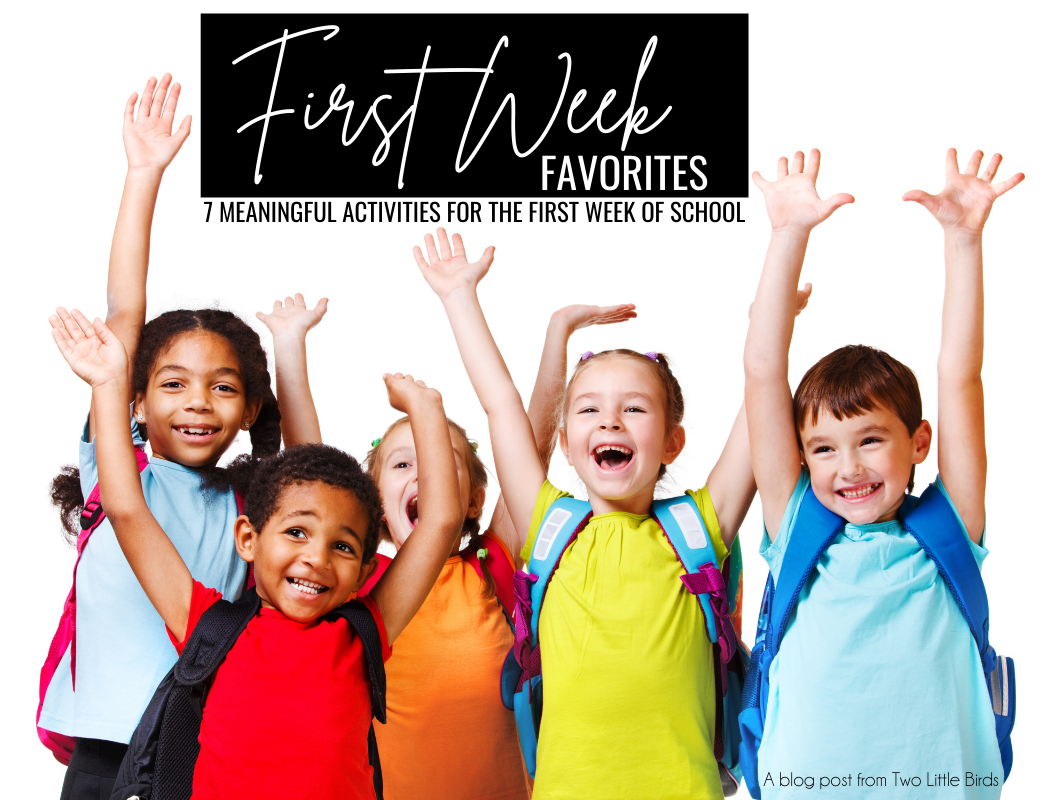
The first week of school is so important for setting routines, reviewing procedures, and developing relationships that will last throughout the year. You can easily work the procedures into the day while also working on building a classroom community. Creating a welcoming and safe environment for your students will help set the tone for the rest of the year.
You'll see that I really love to share picture books in the first days of school. I love to use picture books because it is a great time to practice procedures in a whole group setting; coming to the reading area, where to sit, how to sit, etc…by reading aloud with the whole group, you're laying the groundwork for whole group lessons later in the year. And I just really enjoy reading aloud picture books too!
Here are my top 7 back to school activities:
1. Goal Setting
I love to work with students during the first week of school to set goals. Goal setting is the perfect complement to teaching a growth mindset and the power of “yet.” Setting goals is so important…think about crossing off a task on your own to-do list! It always feels so good. Even a small goal/task that is completed gives us a sense of accomplishment. Your students will feel such a sense of accomplishment when they set goals AND reach them!
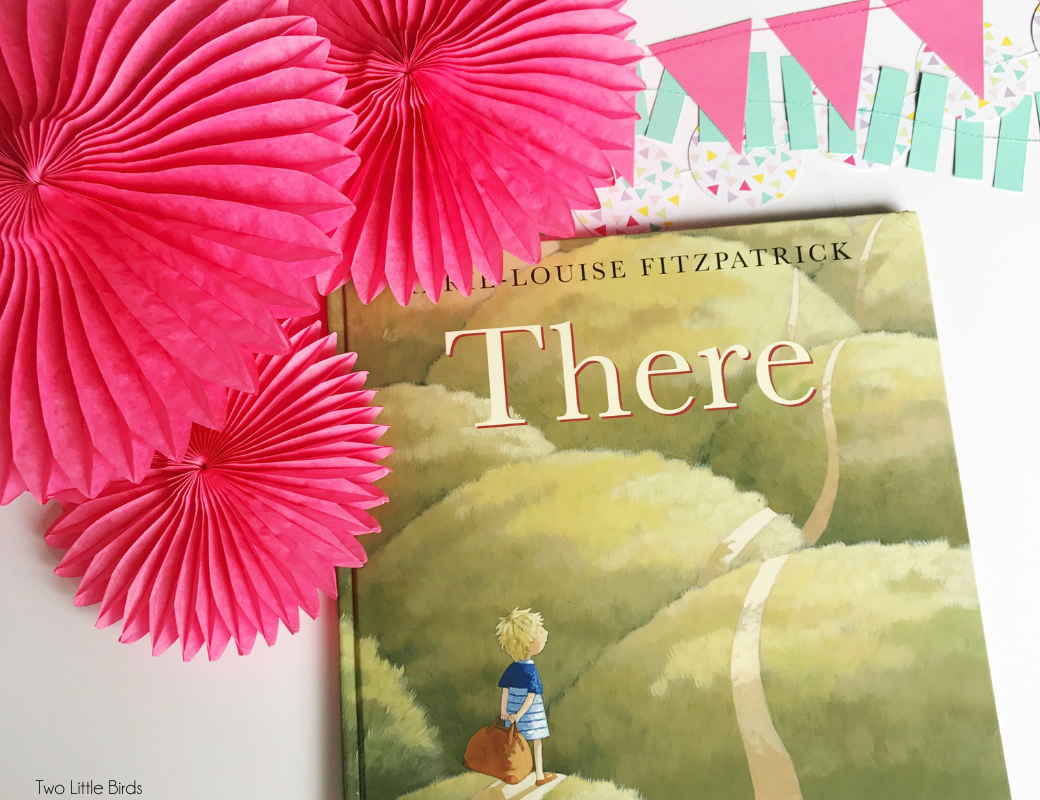
“There” by Marie-Louise Fitzpatrick is my favorite read-aloud to discuss goal setting. It is a great way to begin a conversation about setting goals and how will you get “there.” Students can then trace their hands and write goals for themselves on their hands. You can allow them choose any goals, personal or academic because when it comes to goal setting, we don't want to limit them; the sky is the limit for goal setting.

Students can write down their goals and what they can do to accomplish their goals. They can then trace their hands to hold onto their goal-setting paper and display them on a bulletin board that reads “Together small hands can accomplish big things.”
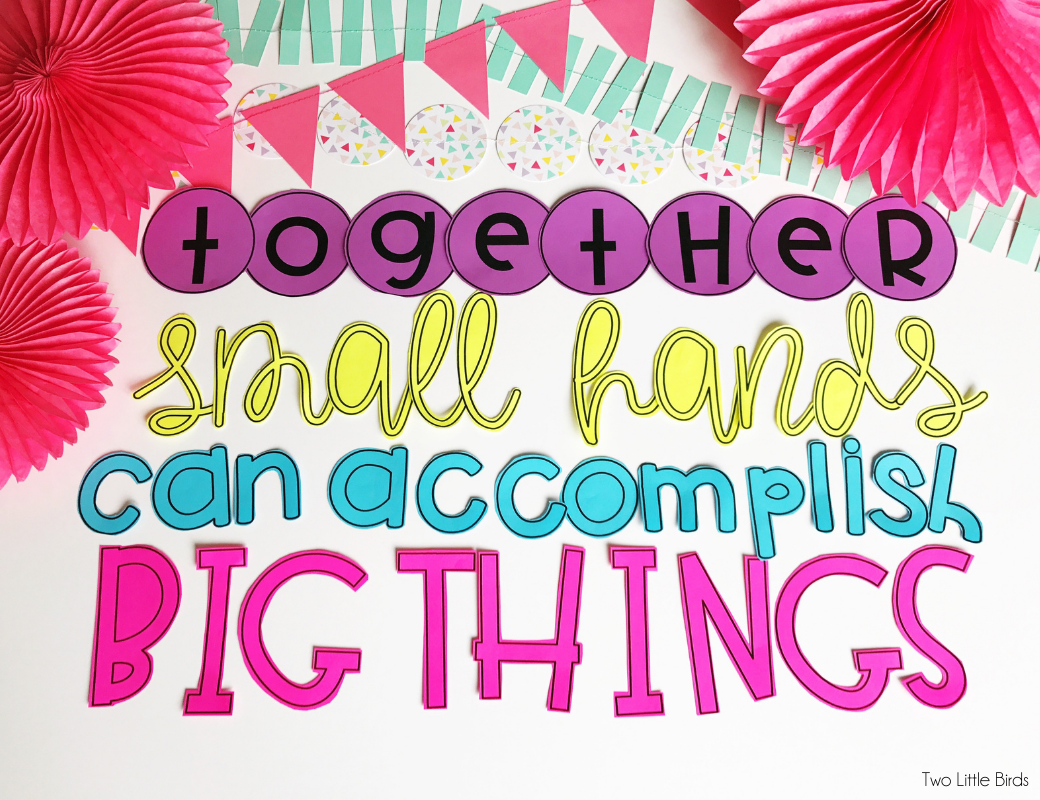
2. A Recipe for a Good Year
The first day of school is always so fun, but it's long. And tiring during the first week of school. When everyone is used to summer schedules (and snacks), it takes some time to get back in the swing of things. I've always liked to do a fun activity that also provides students with a snack.
Each ingredient in the snack equals a trait that makes a good school year…kindness, effort, teamwork, fairness, pride, honesty, curiosity, and excitement. When students take a scoop of each ingredient, it's an opportunity to discuss how it contributes to a good year; each of them together is delicious and wonderful, but when you mix it altogether, it is quite a treat. Just like each part of our school year, when you work together to demonstrate each trait, it makes for a wonderful school year.
It's a fun discussion and a great way to make a fun trail mix snack.
*Be cautious of food allergies and policies regarding snacks before planning this activity*
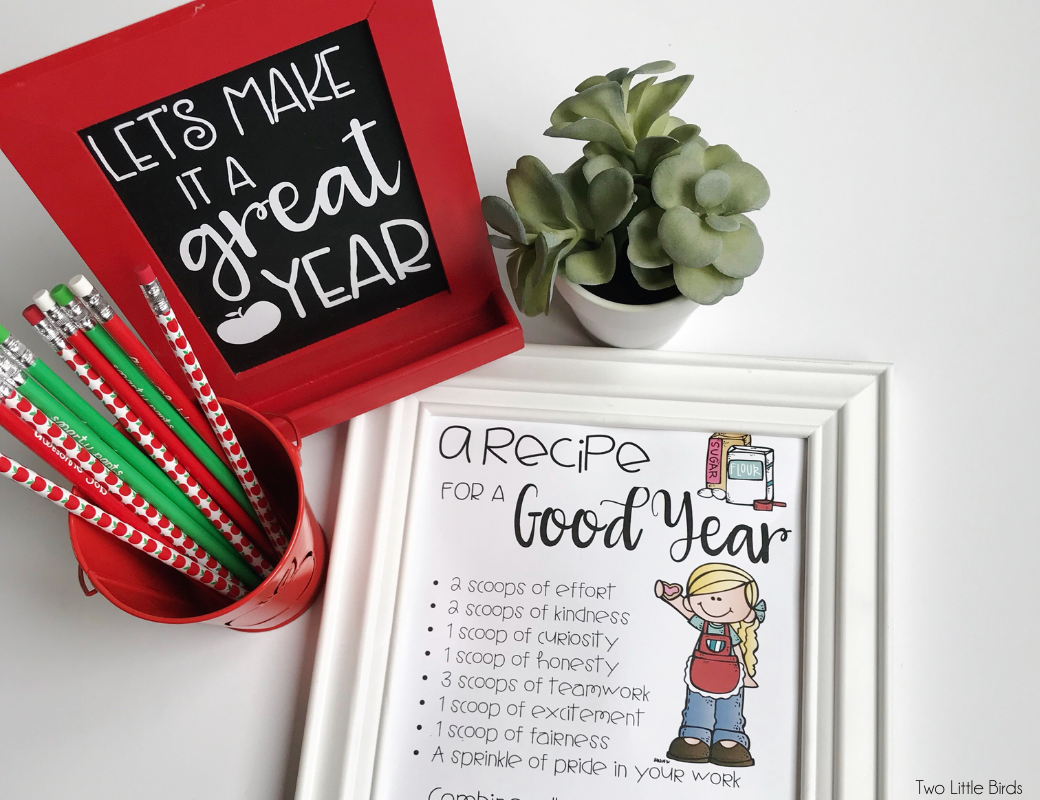
3. The Bad Seed
Have you read “The Bad Seed” by Jory John ? It is a great book to read at the beginning of the year and a great way to get to know your students too. After reading the book, students can write down two things that everyone might know about them already, and three things that they want everyone to know. It's a really cute book that teaches about positive changes and shows kids that it is possible to change for the better!
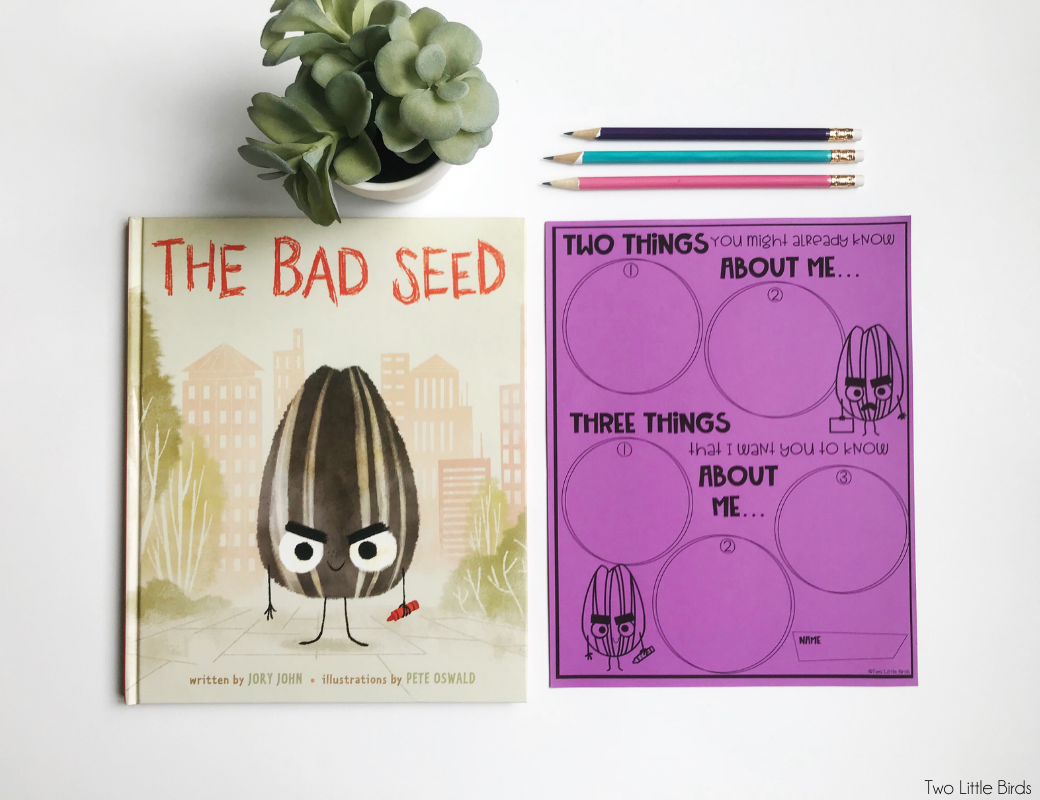
4. Be Kind the first week of school
“Be Kind” by Pat Zietlow Miller is another great book to share during the first week of school because it really shows kids different ways that we can be kind. It's so easy to tell kids to be kind…but what does that really mean? This book shows us how we can be kind in certain situations and how sometimes our perception of a situation might not be the same as someone else's.
To accompany this book, you can have students think about the different ways they can show kindness in and out of the classroom. You can use sticky notes and create a fun display to “Stick with Kindness.”
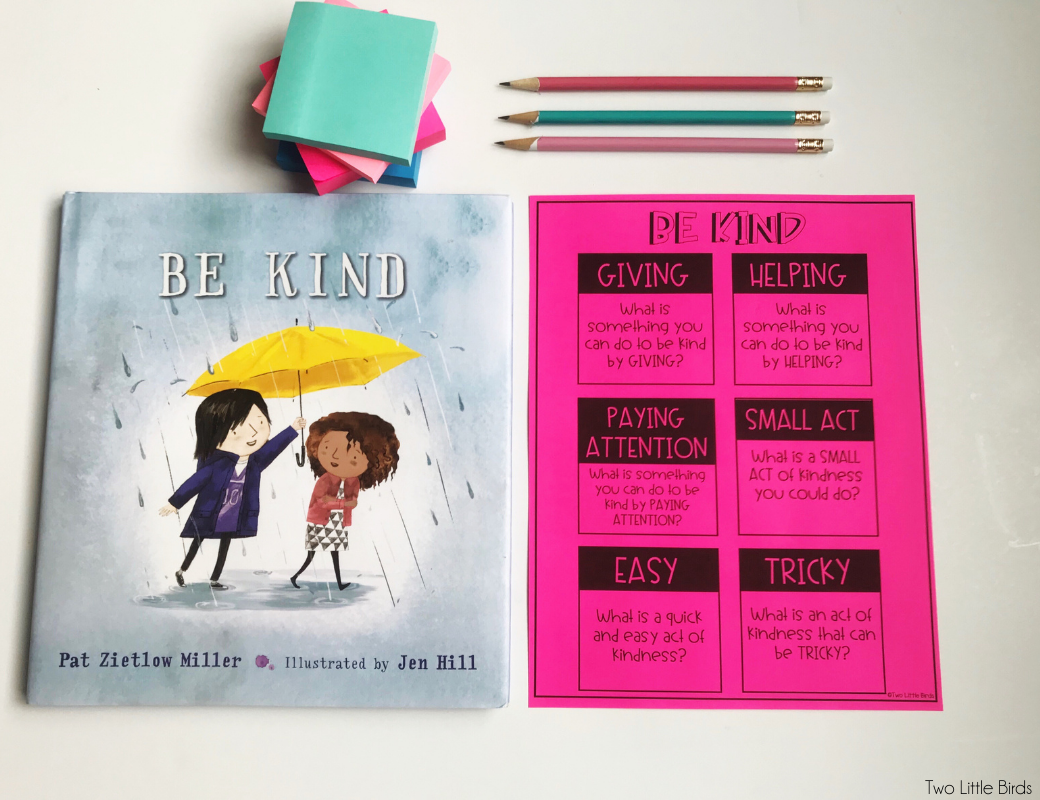
5. The Best Part of Me
I have always really loved doing this activity because it gives you a glimpse at your students as writers, while also getting to know them. It also helps build students' writing stamina by starting off with a small project that can be completed in one sitting. This project also makes a really beautiful display if you have parent's night or open house early in the year.
“The Best Part of Me” is a series of black and white pictures taken by students. Their writing describes “The Best Part of Me.” This works as a great mentor text for students; you can read the book and then have students take a turn to take a picture and write about the best part of themselves. It is such a meaningful writing project and also fun for students to get up and moving and take pictures.
Students love to share their writing too, they'll be so proud of their first writing project of the year!
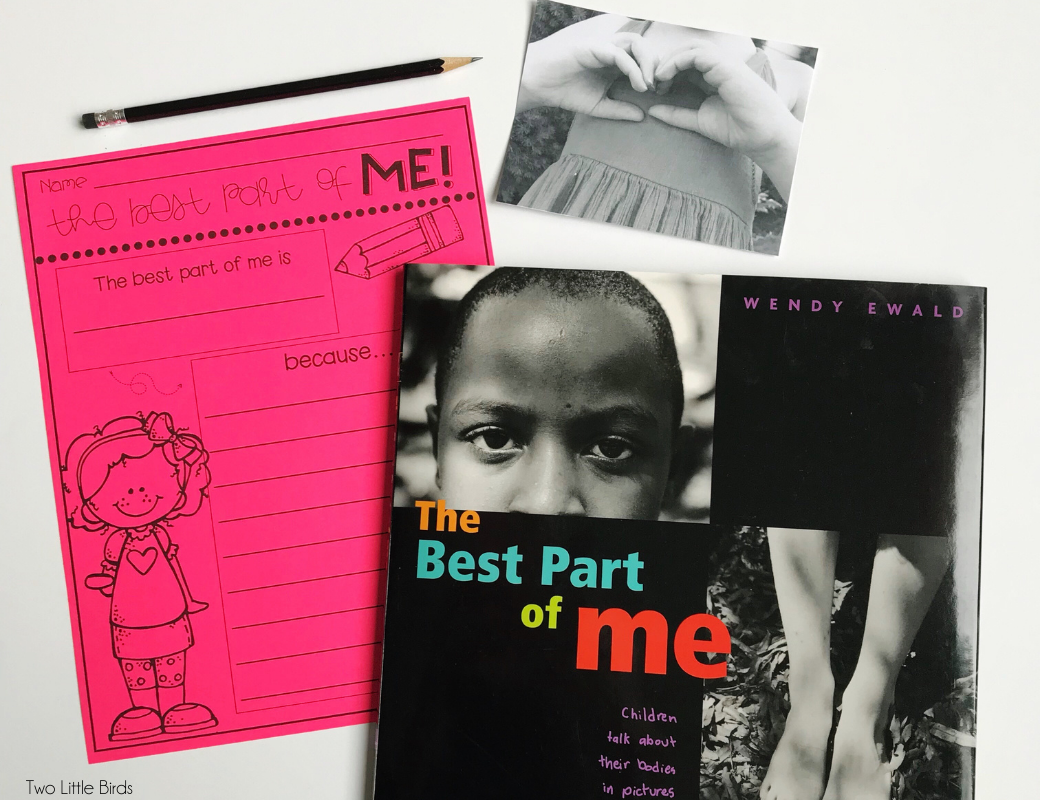
6. Hopes and Dreams
While working on setting goals in the first week of school, students can also think of their hopes and dreams for the school year. At the beginning of the year, anything is possible and you want students to feel like they CAN accomplish anything! Students can create a small foldable books to showcase their hopes and dreams for the year. Foldable books are perfect to use to guide the morning meeting for the day, and talking about hopes and dreams for the year is the perfect topic for your morning meeting during the first week of school!
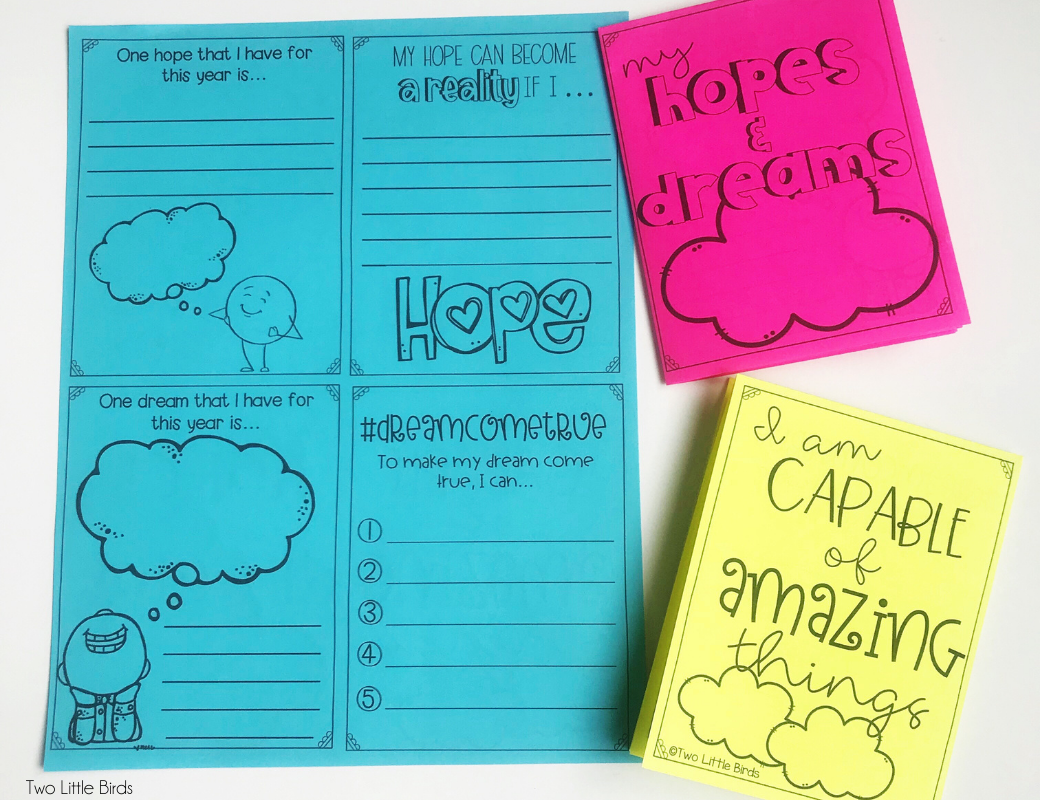
7. First week of school Book
Another favorite activity for the first week of school is to create a book all about the first day. It's a great way to review some of the rules and procedures while also having something to send home so that parents can see a little of what their child did on the first day.
Creating a book is something that usually takes a couple of days, as you work on building up stamina to see how long students can work independently. It's a fun keepsake as well as a fun way to discuss all of the important info on the first day of school.
I stock up on blank books from the Target Dollar Spot, but they can also be stapled or bound. Any way you put them together, they make a really cute keepsake for students.
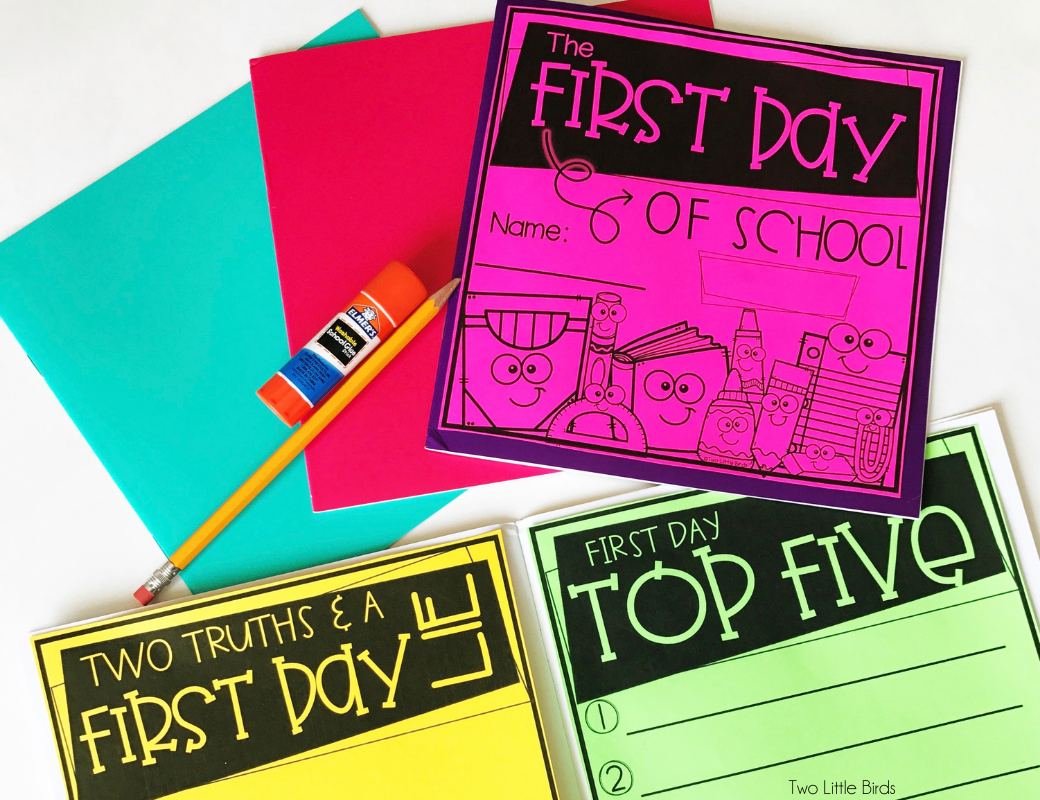
You can shop some of my favorite back to school activities here:
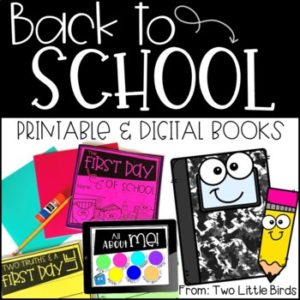
You can find some of my favorite back to school read-aloud books here:

Please note: This post contains affiliate links which means I will receive a small commission for items purchased through these links.
Happy Teaching!
Hi! Where do I find the printables for these activities? I’m specifically looking for The Bad Seed.
You can use the form on the post and the activities will be sent to you. Thanks!

Purposefully pause. Think critically. Reflect on your teaching and your students' learning.

Brought to you by
- Jan 23, 2020
Strategies for a Successful First Week of Classes
Updated: May 16, 2023
Jennie Carr
Bridgewater College
I always love the beginning of a new semester. It's a fresh start with renewed enthusiasm, new faces, and new possibilities. But the excitement may not last through the work of setting up our courses, creating lesson plans, and thinking of ways to create the best class experience. How faculty approach a new semester ranges from meeting students with a fire and brimstone approach to getting to know you ice-breaker approach. I view the first week of classes as an opportunity to set the stage for the semester. As I reflect on my experiences with setting the scene, I find four strategies to be vital for creating a successful first week of the new semester.
1. Infographic Syllabus
During the first week of classes, I want students to be excited about the course and content. Reading aloud a detailed syllabus – does not fit the bill. I found a better way to engage students. Of course, the syllabus is a requirement on every college campus. As faculty, we believe the syllabus contains the most crucial course information such as contact information, policies, assignments, supports, and more! During the first week, I find students prefer a preview of key course assignments but desire to know about them in detail only before the assignment is due.
In 2014, I converted my 6-page syllabus to a front and back visually appealing infographic that resembles a wide bookmark. My students frequently complement the streamlined design but appreciate this syllabus at a glance. If you want to convert your syllabus to an infographic, there are several excellent and free platforms to consider, including Canva, Picktochart, Smore, or Adobe Spark. You can also download editable versions if you don't want to create your own template. Even though students receive the infographic syllabus, I still post my full syllabus with all the required institutional policies on our learning management system. I carefully explain to our students the infographic serves as a snapshot of the course assignments and expectations.

2. 1:1 Meetings
Researchers have found strong positive correlations between building relationships and rapport with students and academic achievement, attendance, student interest, motivation, empowerment, self-efficacy student attention, classroom behaviors and interactions (Benson, Cohen, Buskist, 2005, Houser & Frymier, 2009, Kozanitis, Desbiens, Chouinard, 2007; Myers, Goldman, Atkinson, Ball, Carton, Tindage & Anderson, 2016). During the first week of classes, I invite each student to meet with me one-on-one in my office for a 10-minute meet and greet meeting.
Meaningful interactions with students outside of classes is listed by the National survey of student engagement as a high-impact educational practice (NSSE, 2017). Approximately 95% of my students attend. During the 1:1 meet and greet meeting, my primary goal is to get to know the students on a personal level. I explain to them very simply, "I care about you first and foremost as a person – I want you to be successful in this class." The meeting encourages students to not only find my office but also helps reduce anxious feelings about meeting with faculty when they have a more serious concern.
3. Professional Learner Profiles
We know education is not a one-size-fits-all experience and with the landscape of higher education changing significantly over the past decade, faculty need now more than ever to find ways to create personalized, student-centered learning experiences (Rear, 2019). If we believe teaching is truly about the student, then faculty need to find ways to get to know students on a deeper, more personal level. Creating a personalized experience means understanding more of the whole person. At the beginning of the semester, I ask my students to self-report strengths, needs, interests, and constraints using a professional learner profile.

The learner profile assignment is more than a reflective experience for students. I intentionally use professional learner profiles as I design collaborative groups, assignments, lectures, and provide feedback. Professional learner profiles provide quick access to student's self- reported strengths at the start of the semester. Typically, it can take weeks for faculty to identify student strengths. Students record instructional and personal needs, which enables me to better differentiate and support learning preferences. Next, students share personal and professional interests. Using Tomlinson's differentiation framework, I integrate student's interest into my instructional lectures and interactive activities to motivate and engage them. Finally, students also report their constraints. This category allows students to share personal boundaries such as additional jobs or family life, that they may have otherwise never shared. It is essential to recognize professional learner profiles are not static (Wilkoff, 2015). Often students' lives change throughout the semester. To adapt, I ask students to review and update their professional learner profile at midterm, so if I need to make adjustments, I can.
4. Pre-Assessment
Effective instruction starts with a clear understanding of what students are bringing to the learning experience. A pre-assessment is an evaluation instrument faculty use to collect baseline data on students’ conceptual understanding. Pre-assessing students’ knowledge can demonstrate clearer student learning data (Lazarowitz & Lieb, 2006). Guskey and McTighe (2016) recommend a pre-assessment include the purpose(s) for the pre-assessment, determining how the faculty will use the information, and using the pre-assessment judiciously and efficiently. I create my own open-ended pre-assessment based on my course objectives. Students are encouraged not to prepare or look up answers as I explain how I use the results of the assessment to tailor the content knowledge based on their strengths and gaps or misconceptions in understanding. I share the results with students as each topic on the pre-assessment is taught.
As faculty researchers, we know one way to determine an impact is to evaluate using a pre-assessment/post assessment model. I've chosen to implement this same model with my teaching. Having a sense of the extent to which my students understand the material as they enter the course helps me to know more effectively and efficiently meet my students’ academic needs. For example, if all of my students have a full understanding of the content from chapter two, I know I don't need to spend an entire day on it. My pre-assessment is focused on broader concepts and is intentionally fill in the blank because I want students to pull from their understanding.
I have found an infographic syllabus, 1:1 meetings, professional learner profiles, and pre-assessments are four strategies that help me to set the stage for a successful semester. These areas have shown to be related to academic success and all areas in which my students have benefited.
Discussion Questions
What is one strategy you employ during the first week of school to get to know your students?
How to you intentionally build community across the course?
How can you make connections with students both inside and outside of the classroom?
Benson, T. A., Cohen, A. L., & Buskist, W. (2005). Rapport: Its relation to student attitude and behavior toward teachers and classes. Faculty Forum. Teaching of Psychology, 32(4), 237–270. https://doi-org.bceagles.idm.oclc.org/10.1207/s15328023top3204pass:[_]8
Guskey, T. R. & McTighe, J., "Pre-assessment: Promises and cautions" (2016). Educational, School, and Counseling Psychology Faculty Publications. 17. https://uknowledge.uky.edu/edp_facpub/17
Houser, M. L., & Frymier, A. B. (2009). The Role of Student Characteristics and Teacher Behaviors in Students' Learner Empowerment. Communication Education, 58(1), 35-53. doi:10.1080/03634520802237383
Kozanitis, A., Desbiens, J.F., & Chouinard, R. (2007). Perception of teacher support and reaction towards questioning: Its relation to instrumental help-seeking and motivation to learn. International Journal of Teaching and Learning in Higher Education, 19, 238–250.
Myers, S. A., Goldman, Z. W., Atkinson, J., Ball, H., Carton, S. T., Tindage, M. F., & Anderson, A. O. (2016). Student Civility in the College Classroom: Exploring Student Use and Effects of Classroom Citizenship Behavior. Communication Education, 65(1), 64-82. doi:10.1080/03634523.2015.1061197
National Survey of Student Engagement (2017). Experiences that matter: Enhancing student learning and success—Annual Report 2017. Bloomington, IN: Indiana University Center for Postsecondary Research.
Rear, D. (2019). One size fits all? The limitations of standarised assessment in critical thinking. Assessment & Evaluation in Higher Education, 44 (5) 664-675. Doi:10.1080/02602938.2018.1526255
Wilkoff, B. (2015). Building the basic of personalized professional learning (part 1). Edsurge. Retrieved on August 28, 2019 from: https://www.edsurge.com/news/2015-02-16-building-the-basics-of-personalized-learning-part-i
About the Author

- Course Design/Redesign
- Engaging Students
- Improving Teaching
Recent Posts
Striving for Digital Equity in Higher Education
Feedback: Maximizing Its Impact
Anchors Away: Building Community, Mindfulness, Equity, and Reflection

- Academic Affairs
- Colleges and Schools
- Commencement
- Continuing Education and Professional Development
- Course Catalog
- FAMU Online!
- Graduate Studies and Research
- Registrar's Office
- Study Abroad
- Test Service Bureau
- Financial Aid
- Ignite Transfer Program
- Schedule a Tour
- Scholarships
- Dining Services
- Health Services
- Honors Program
- Marching 100
- Student Accounts
- Student Activities
- Board of Trustees
- Office of the President
- Communications
- Faculty Senate
- Finance and Administration
- Government Relations
- Information Technology
- Legal Affairs
- SACS Accreditation
- Strategic Planning
- Student Affairs
- United Faculty of Florida
- University Advancement
- University Policy Office
- Strategic Plan
First Week Reading Assignments

Please Click Here for First Week Reading Assignments.
The First Week in First Grade
I wanted to stop by today and share some a few of my “go-to” activities during the first week of school to build our classroom community and set expectations for the year!
During the first few days of school, we are setting the tone for the rest of the year. Our students are looking to see what kind of teacher we will be and making judgements about their school year. They’re deciding if school is a place they want to come or a place they dread. The choices we make at the beginning of the year can have a lasting impact!
As instructional demands increase each year, it’s easy to want to jump right into our curriculum as soon as possible. We think we can teach routines while we’re teaching other things, and that we can build community during our district mandated curriculum. While it is possible to review routines and procedures in the middle of instruction, our students aren’t getting the necessary TIME to practice. I believe that starting slow lets us go fast later in the year. When we make sure every student knows exactly what’s expected, and they get the time to discuss and practice, we will have less interruptions when we finally start our regular schedule and instruction.
I’m including tons of ideas in this post for you for you to add in when it makes sense! But if you’re looking for a detailed schedule of the first week in my classroom, you can download it for free by clicking the picture below!
Each day includes a daily schedule, to-do list, and activities to include! All of the activities can be found in my First Week Survival Kit.
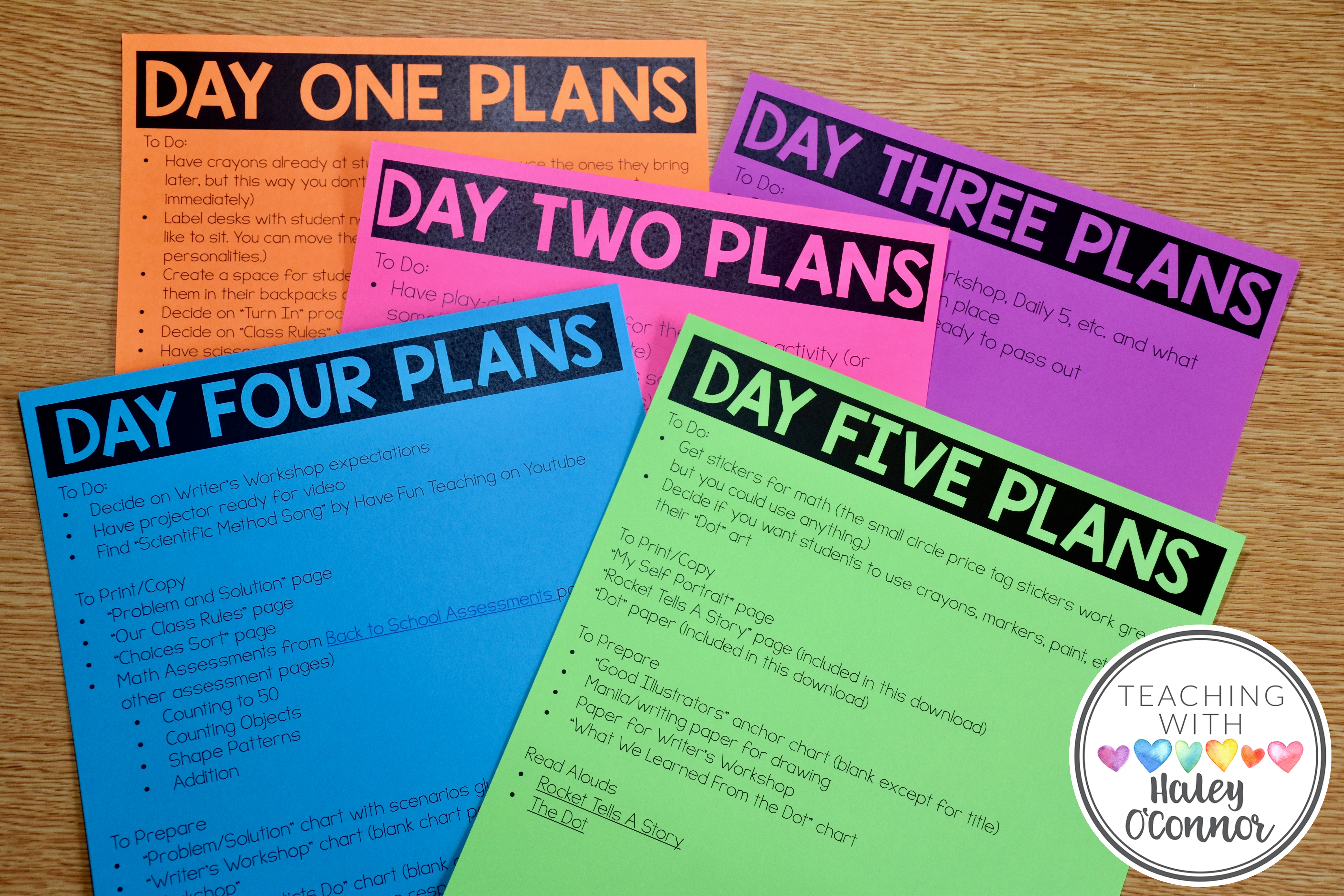
Teaching Transitions
If I was honest, I would say that a LOT of the behaviors I have to correct happen during transitions. Once my kiddos are engaged, I typically am only having to remind my most challenging students what’s expected. But transitions are less structured, and my students struggle to control their impulses. Once I realized that, I knew I needed to EXPLICITLY teach what is expected during transitions during the first few days. We can do entire lessons on transitions just like we would on a language standard.
In the hallway, for example, my students know exactly what they should do and how it should look. Before we go on our first bathroom break, we come to the carpet and talk about hallway behavior. We not only discuss how it looks, we also discuss the why . I ask how it feels when you’re concentrating hard on something, and you hear kids playing in the hallway. (It feels distracting, it makes me want to go play too, I forget what I was working on.) Even in teaching transitions, I’m helping my students be empathetic. We don’t want to be the reason another student can’t do their work. Then we’re ready to discuss the specifics about expectations. Together, we create an anchor chart. (Before the lesson, I have cut the pieces out but only the title is on the chart.) As I add things to the chart, I’m having students model inappropriate and appropriate. (I like to have my challenging students be my models…they usually love the attention, and I can remind them that they DO know how to do it.)
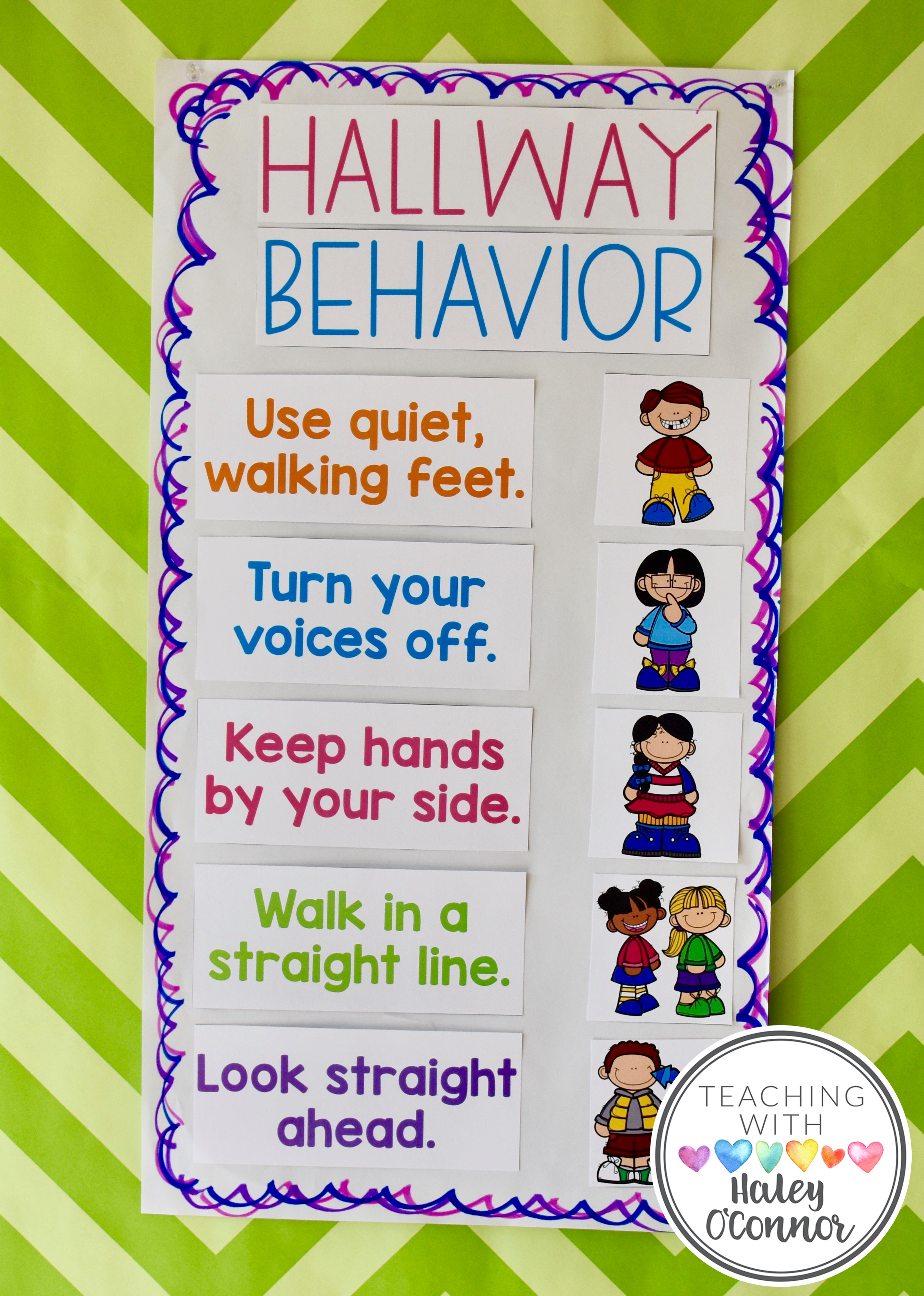
We practice, practice, practice and for the first several weeks (possibly months) this chart is hanging by the door for us to review before we leave. We also have this poem hanging and read it often.
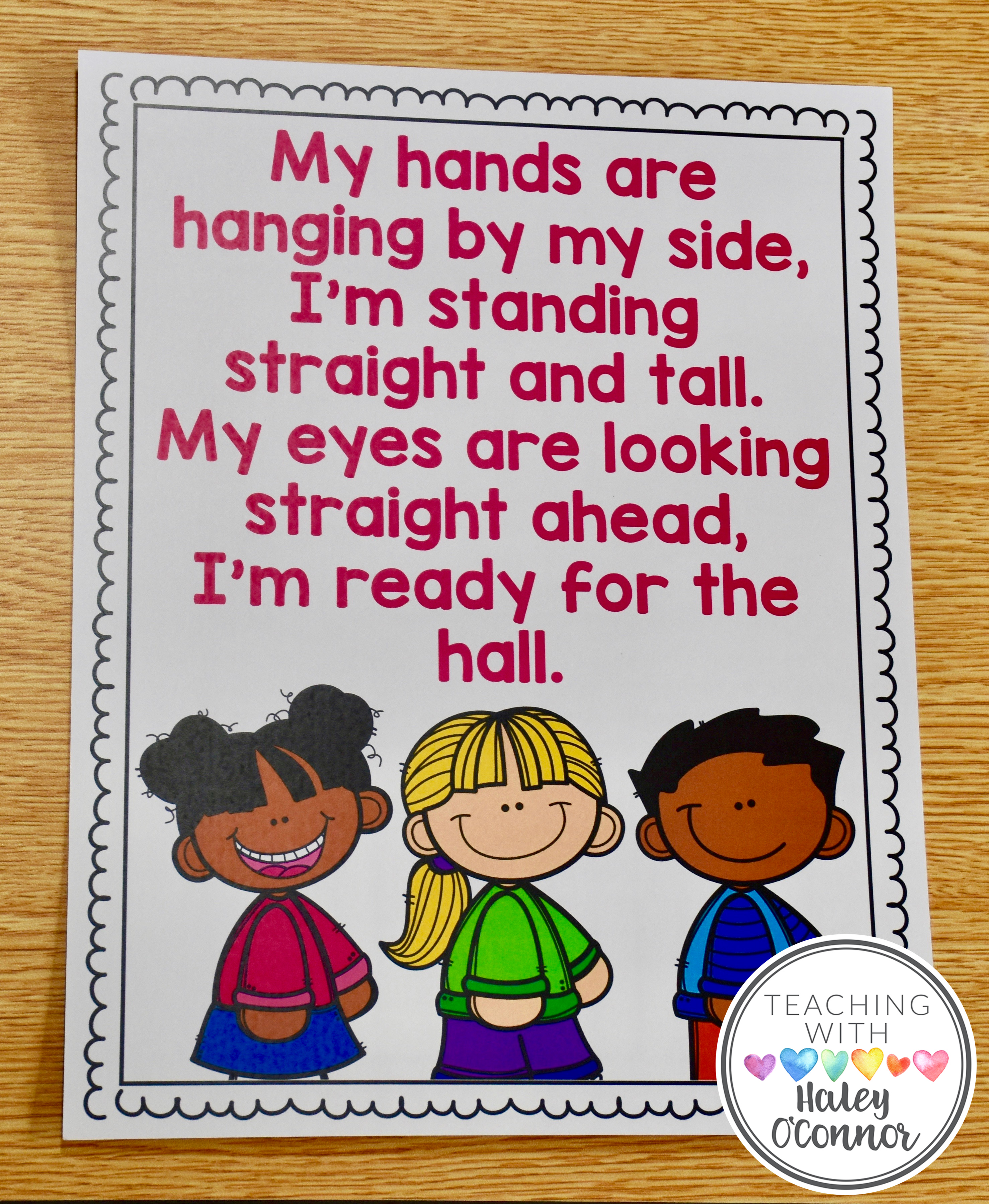
Some days I might choose to reward students who are doing a great job, but I’m constantly coming back to our discussion about helping other students learn. We want THAT to be the reward and motivation. 🙂
Even though we don’t have an anchor chart for “Coming to the Carpet,” or “Lining Up” I make sure to give clear directions. I hold up my fingers for each step and it works like magic! We use this anytime we’re leaving our desk. (MOST students don’t need this. They just know not to act crazy, hahaha. But you will have some that do, and it’s best to just start off strong. This (***hopefully) keeps our energetic little buddy from jumping out of his seat and running to the line full speed.) We practice over, and over, and over…until you want to never practice it again. That’s when you know you’ve practiced it enough!! 🙂
- Push My Chair In
- Walk Silently
Once we start workstations, and rotations we’ll have specifics for that as well. During the first week, we DO start Reader’s Workshop so I make sure to decide ahead of time if they should have their book box at their desk or pick it up on the way to their spot. We also practice finding a quiet reading spot a LOT. We discuss problems that might come up (what if we both want the same spot) and how to resolve them (in my classroom, we use paper-rock-scissors to resolve those types of conflicts.)
Lunch/Recess Time
Before we discuss expectations, I wanted to share my opinion about lunch and recess. I truly believe it is my students’ time, and my expectations should respect that. I don’t think it’s fair to ask students to eat silently…I would never want to eat silently. I also don’t think it’s fair to take recess time on the first day to practice expectations and safe play at recess. I think that’s additional time we find during the first few days (which is why we don’t start our curriculum.) . On the first day, our students need recess more than they need ANYTHING. They’ve gone from hours and hours of free time to a very structured setting. Most likely, the first few days won’t be full of fun science experiments and group work…they’ll be full of lots of read-alouds, discussions, and modeling. It makes it even more important that we give our students this time. BUT…it means I need to find time before lunch and recess to talk about playground safety, lunch expectations, etc. In my classroom, we go to the cafeteria in the morning and I show them where their table is, where they get lunch, etc. Then we head out to the playground and talk about how to use the equipment, and what it looks like to play safely. Before their recess time, I will remind them but that is their time to play. After that, we come back to the room for our discussion about lunch room expectations. I love using sorts for this type of discussion, because they find the “silly” choices hilarious. (Unfortunately, they will probably all happen haha!)
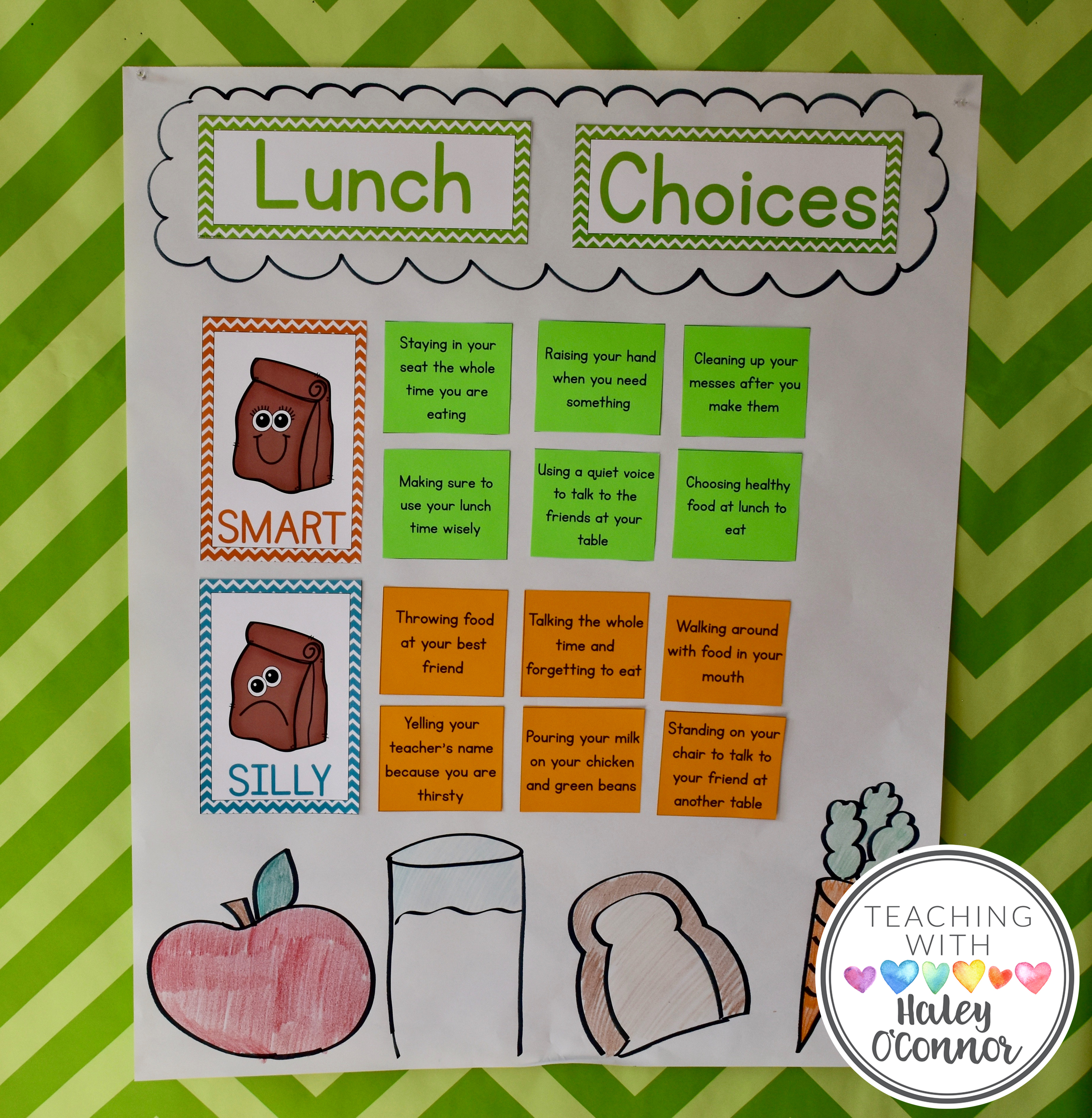
(I believe in using natural consequences. If a student has trouble with the expectations after several reminders, I’m not going to have them move their clip or lose a privilege. They’re just going to keep practicing until they can get it right. If they’re being unsafe at recess, I will give them a few reminders. Then we will have to use their recess time to practice appropriate behavior.)
Classroom Community
Before we start our curriculum, it’s so important that my students know our classroom is a safe place for risk-taking, and that we are all learners. I love to ask “What do you need from your teacher?” I get insight into their experience in school, and what motivates them. But it also shows them that I am learning with them, and we are all in this together.
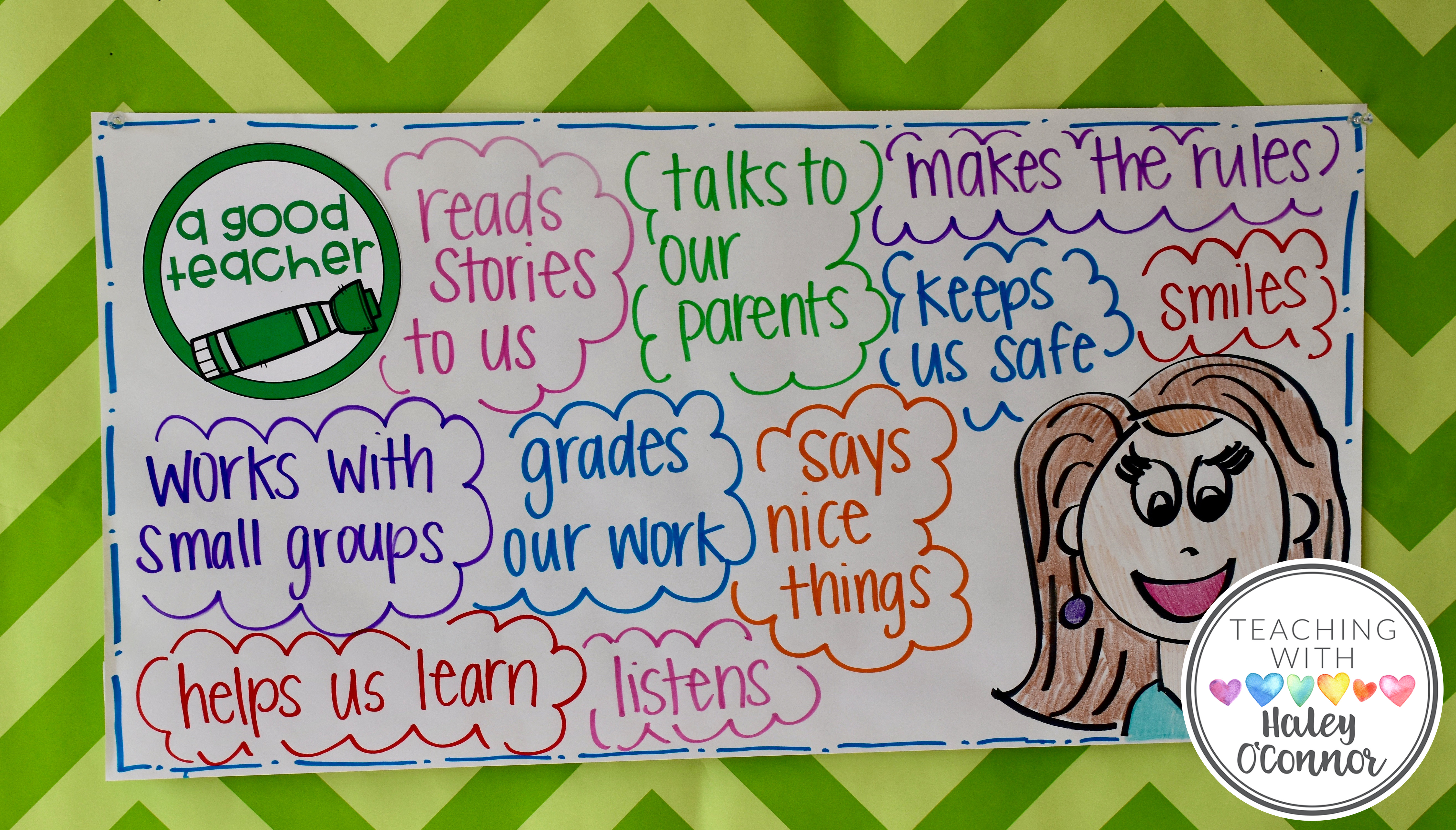
I feel like when I let them tell me what THEY need, it’s alot easier for me to explain what I need. My FAVORITE read aloud for this is My Teacher is a Monster by Peter Brown. If you haven’t read it, please do!! The little boy thinks his teacher is a monster, but he learns she isn’t at all! After our teacher discussion, we can have a discussion about what makes a good student (doesn’t give up, tries their best, is kind.)
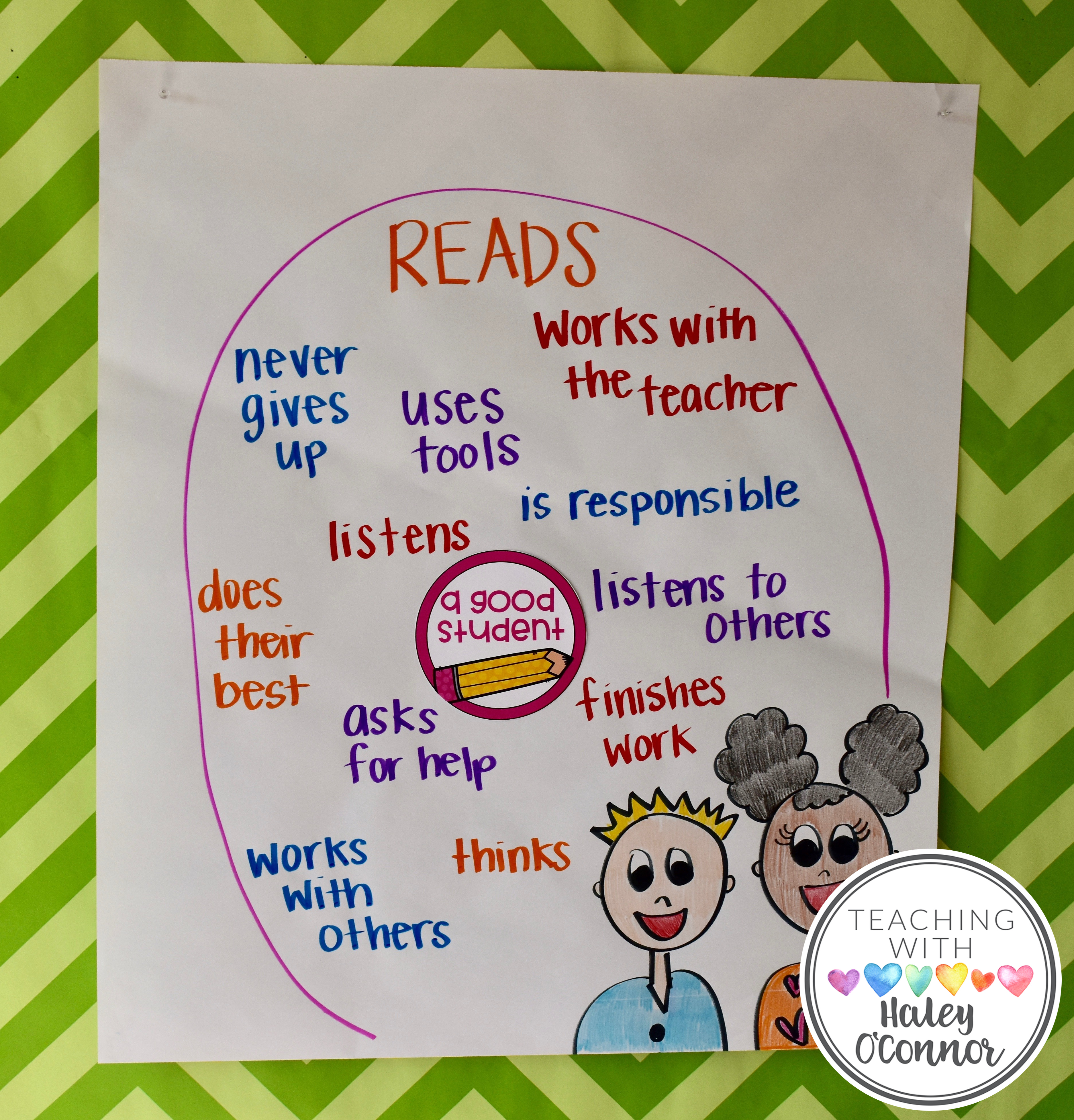
Because we spend about 45 minutes each week on character education , I typically just do read-alouds and discussions each day during the first week on kindness, friendship, etc.. I actually start teaching HOW to be kind and respectful the following week…during our morning meeting and character education lessons. We DO read The Recess Queen and talk about being a good friend.
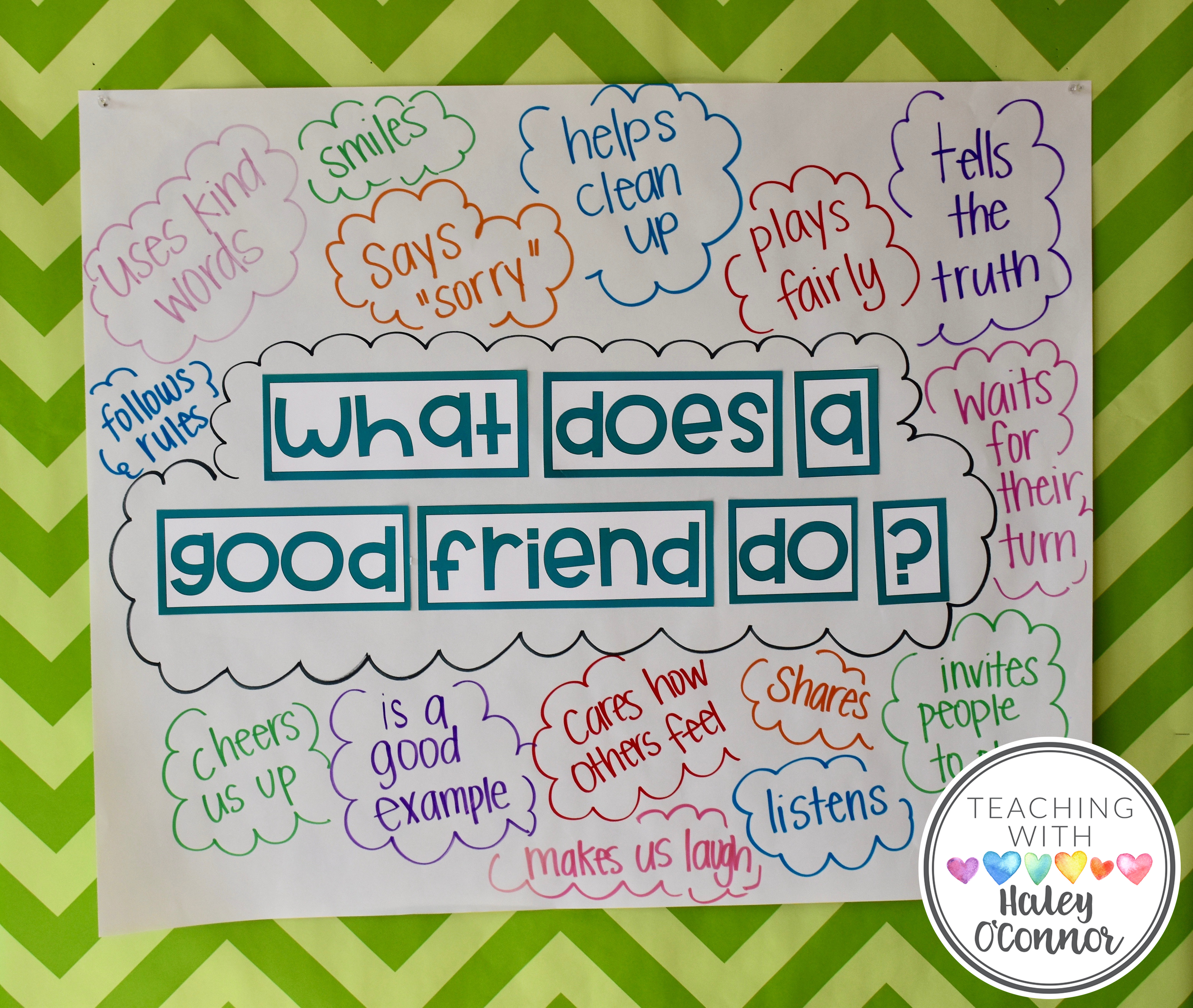
Classroom Materials
During the first few days, I build in lots of time for free exploration with math tools. I think if we jump right into them as manipulatives, our little ones will be dreaming about all the cool things they could do with them. I typically do this for about 30-45 minutes, which gives me time to organize my paperwork and things.
We also talk a LOT about using supplies correctly (pushing the marker cap down until you hear the click <—-Monica Geller). During this week, it’s so important to remember that saying “put it up” isnt enough. They need to know…WHERE do I put it up? HOW do I put it up? WHO puts it up? If I don’t teach it explicitly, I can assume it’s be a time sucker for the rest of the year. I try to find opportunities to use lots of different supplies during the first week so we can talk about how to use them!
After reading Chyrsanthemum , I love to do a directed drawing and them let them paint their work. It gives me the opportunity to really talk about how to use the paint, how to clean up, etc. When we use it later in the year, I don’t have to waste time on the procedures and we can jump right in! (I love to let my kiddos paint…I try to do it at least once a month. It truly doesn’t take that much longer than coloring, and they take SO much more pride in their work.)

We also talk a LOT about using glue. I go over this poem with them and then we practice a LOT on this little craft. I pre-cut squares and they make their name with the squares. It gives them the opportunity to practice using one drop of glue…if they don’t, their paper is super messy and it’s a good natural consequence. It’s also a great fine-motor assessment! You could also cut out bigger squares and let them make the first letter in their name if that works better for your kiddos! 🙂
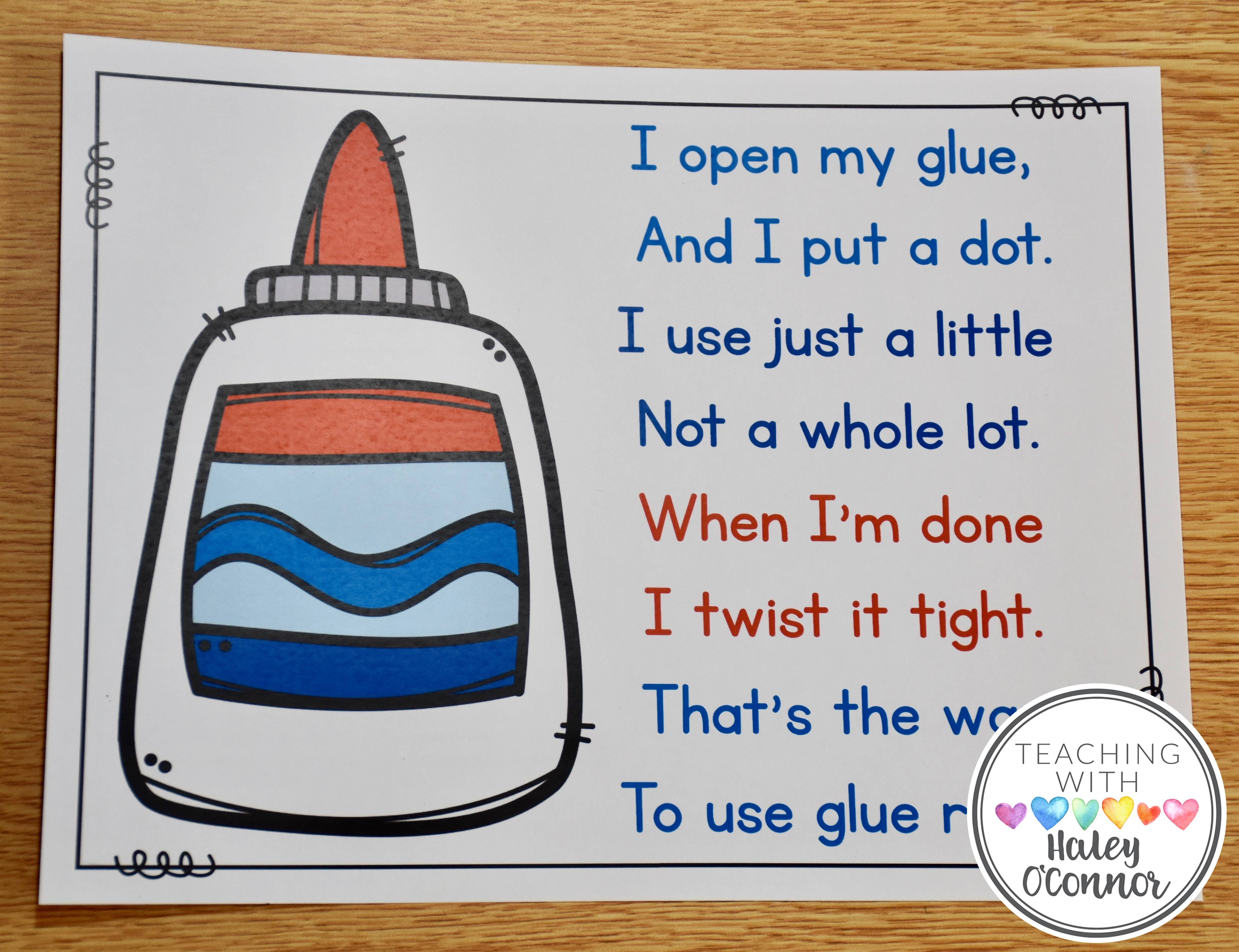
To make sure I cover everything I need to, I make sure to check them off my routines checklist. I love having this sheet to make sure I hit everything!

All of the photos in this post are linked to my First Week Survival Kit , with the exception of a few other ones. 🙂 Thank you SO much for reading! I hope it was helpful in planning your first week of school! Don’t forget to grab your FREE lesson plans at the top of this post!

Copyright 2024 Teaching with Haley. All Rights Reserved.
The site contains affiliate links. That means I get a small percentage of the sale price to cover the costs associated with this blog.

Work Life is Atlassian’s flagship publication dedicated to unleashing the potential of every team through real-life advice, inspiring stories, and thoughtful perspectives from leaders around the world.

Contributing Writer
Work Futurist

Senior Quantitative Researcher, People Insights
Principal Writer

10 expert tips for starting a new job to ensure success

Top execs give new hires less than 3 months to prove their value. Here’s how to make a good first impression and get up to speed quickly–even if you feel like you’re faking it ’til you make it.
No one should show up for their first day at a new job without some tips in hand. And yet, that’s exactly what I did for my first job out of college. I’d moved 2,000 miles to a city where I knew no one, and I felt disoriented as I stepped into the office. Not wanting to seem naive, I hadn’t asked many questions. I showed up unprepared—clueless about dress code or even when I could take my lunch break.
To be clear, a company’s HR department should have a solid onboarding process in place, and managers should put energy into making new hires feel welcome . But what if your company doesn’t yet have an HR department? Or what if your manager is less than forthcoming?
Even if you do start on the wrong foot (it happens!), if you continually challenge that initial experience in multiple different settings, your colleagues may eventually change their mind about you.
You need to ensure your own first-week success. I spoke with HR professionals, career coaches, and executives to get their best tips for new hires who want to start on the right foot, and this is what they said.
Why is your first week on the job crucial for long-term success?
First impressions only happen once, and they can last a lifetime. No pressure, right? But just how important are first impressions to the long-term success of your career? Let’s see what the research suggests about your initial period on a new job.
- The majority of executives give new hires less than three months to prove themselves. A 2016 Robert Half study found that 63% of CFOs allow a new employee less than three months to show their value—and 9% give them less than a month.
- Ninety-one percent of employees consider quitting a job within the first month. That’s just one of the findings from a 2018 Robert Half study of 9,000 job seekers in 11 countries. Poor management, inconsistency between how a job was advertised and how it plays out in real life, failure to fit in with corporate culture, and a poor onboarding experience were all reasons that might send a new hire packing. How you start a job has a huge impact on how things go long-term.
- Science suggests that first impressions are annoyingly persistent. According to a 2010 University of Western Ontario study , even if you later present yourself in ways that challenge a person’s first impression of you, their initial judgment tends to linger—especially within the same context in which they first met you.
“Imagine you have a new colleague at work and your impression of that person is not very favorable,” says the study’s lead author, Bertram Gawronski. “A few weeks later, you meet your colleague at a party and you realize he is actually a very nice guy. Although you know your first impression was wrong, your gut response to your new colleague will be influenced by your new experience only in contexts that are similar to the party. However, your first impression will still dominate in all other contexts.”
63% of CFOs allow a new employee less than three months to show their value—and 9% give them less than a month.
The good news? Even if you do start on the wrong foot (it happens!), if you continually challenge that initial experience in multiple different settings, your colleagues may eventually change their mind about you.
1. One week before you start: Do your research
Before your first day, experts recommend you research the company. Check out social media posts to get a feel for the office culture and appropriate attire.
“If the hiring manager didn’t provide you with a first-day checklist, reach out a few days prior and ask if there’s anything they’d like you to bring or prepare,” suggests Jon Hill, chairman and CEO of recruiting firm The Energists . “Get a copy of the employee handbook before your first day so you can review it and know what questions you have in advance.”
Depending on your role, it may also help to
- Research your company’s competitors.
- Test out the software you’ll be using on the job.
- Look up your colleagues’ LinkedIn profiles.
2. One week before you start: Test run everything
If you’ll be working on-site, test your commute. If you’ll be working from home, test your internet connection, computer, software, and other equipment you’ll need for the job. Know that everything works smoothly to help you relax for the big day.
“Demonstrating a desire to be proactive and prepared will make a great impression and show your employer that you want to have the best start possible and be effective from day one.” – Christa Juenger, VP of Strategy and Coaching Services, Intoo USA
3. Three days ahead: Make contact with your manager
Your manager chose you, and they want you to succeed. Before day one, send them an email or a Slack message to check in.
“Ask about how people in the office generally dress for work (even when working from home!), whether there is anything specific that would be helpful to know on your first day, if you’ll need to bring or prepare anything special with you that day, and what might be expected of you in your first week,” recommends Christa Juenger, VP of Strategy and Coaching Services at Intoo USA . “Demonstrating a desire to be proactive and prepared will make a great impression and show your employer that you want to have the best start possible and be effective from day one.”
4. The day before you start: Confirm your schedule
Don’t assume you know what time to show up or when your lunch break is. Even if it’s in the job description, there might be important details missing. That’s what happened to Jack Zmudzinski, a Senior Associate at software development company Future Processing .
“I once started a job and turned up for the first day at 9 a.m. as per the job description. When I arrived, the whole team was already there finishing up with chatting over breakfast,” recalls Zmudzinski. “Nobody had thought to tell me that this was the routine, and I ended up feeling awkward.”
To avoid a mishap like this, ask about schedules and routines ahead of time. What time will you be expected to arrive? What time does everyone usually leave? When is your lunch break and for how long?
5. On your first day: Introduce yourself to the team—virtually or in person
Your arrival on-site (or online) should never be a surprise to the rest of the company. HR or your boss will usually introduce you to the team before you start. But if they don’t, take the initiative to do so yourself. Ask your boss if you can send an email or a Slack message to let your team know who you are and what you do.
6. On your first day: Arrive early
To show up late at work, especially during your first week, is never a good signal. Plan your commute to account for traffic jams, getting lost, and parking. Zoë Morris, president of Frank Recruitment Group , recommends getting to your job 30 to 40 minutes earlier than you normally would.
“If there are delays getting there, then it should still leave you more than enough of a buffer to arrive on time without feeling panicked,” she explains. “And if there are no disasters, then it gives you a chance to go and grab a coffee and relax for half an hour before getting to work. It’s a win-win situation and puts you in the best possible position to avoid being late on your first day.”
What if your company doesn’t yet have an HR department? Or what if your manager is less than forthcoming? You need to ensure your own first-week success.
7. In your first week: Find a buddy
Some workplaces pair every new hire with an onboarding buddy or mentor. If you aren’t so lucky, find one yourself. Your LinkedIn research will come in handy to help you identify potential work friends and their interests to help you start a conversation.
Worried about lunch alone? Don’t wait for an invite. Be the person who invites someone to lunch. “You don’t have to gregariously go over to everyone’s desk, hug, and shake their hand on the first day, but don’t be a snob either,” says Paul French, managing director of Intrinsic Executive Search .” It helps to be friendly to your coworkers from day one.
French recommends introducing yourself to your teammates and offering to treat them to lunch.
“Show that you are happy to be part of the team and that you are looking forward to building a great working relationship with everyone.”
If you’re on a remote team, schedule virtual coffee chats with your new teammates to have one-on-one time with each person. This will go a long way toward building rapport .
8. In your first week: Meet with your manager one-on-one
Microsoft analyzed the early behaviors of about 3,000 new hires . It found that when new employees met with their manager one-on-one during their first week, they benefited in three ways:
- They had a larger internal network, which boosted feelings of belonging and increased their chances of staying longer.
- They had better meetings.
- They spent more time collaborating with their team than those who failed to have the one-on-one.
Make time to check in with your manager during your first week. It can pay dividends in the long run.
9. Every day: Don’t be afraid to ask questions
When you’re a new hire, you want to appear capable and confident to prove your value. But don’t be afraid to ask questions—especially if you’re remote.
“One thing people misunderstand about remote-first impressions is confusing asking questions to clarify tasks with pestering or being in the way,” says Tony Giacobbe, HR leader at Amica Senior Lifestyles . “It is incredibly rare for a manager to get annoyed if an employee clarifies a task to perform it better.”
Giacobbe suggests pinging your manager on Slack and being specific and unobtrusive about your request. Something as simple as, “Can you spare two minutes to hop on a call about XYZ?” is fine.
And if you’re trying to strike up a conversation to get to know your coworkers, asking lots of questions is favorable. According to research from Harvard University , asking follow-up questions makes people like you more. A follow-up question is one in which you touch on a topic that your conversation partner already mentioned, typically immediately preceding your question. A follow-up question might go something like this:
The worst type of question you can ask? A full switch. This is when you completely change the topic. An example of a full switch would be:
In the Harvard study, full-switch questions were rated by coders as being the least responsive. They change topics and signal to your partner that you weren’t listening.
10. Every day: Practice extra self-care
“You will most likely have the first-week jitters and some level of stress regardless of how much experience you have,” says career coach Lesli Smith . “Always go back to the basics of self-care when you’re stressed, such as sleep, hydration, and nutrition.”
Beyond that, Smith recommends anything that can help calm you, including meditation, journaling, breathing exercises, physical exercise, or simply making a list of things you’re grateful for.
Parting words: Relax, they already like you
To feel nervous before your start date is completely normal. Just remember that if the company didn’t wholeheartedly believe you were the right person, they wouldn’t have chosen you. Armed with these tips, you can prove that their decision was correct.
If you’re still losing sleep over your first week at work, take solace in this piece of advice from Kuldeep Andhare, a Manager and Solution Architect who frequently hires for his software consulting firm: “Always remember they hired you because they liked you,” he says. “It was not just your talent and experience that they liked, but it was something more than that.”
Advice, stories, and expertise about work life today.
- Rating Count
- Price (Ascending)
- Price (Descending)
- Most Recent
First week of school assignments
Resource type.
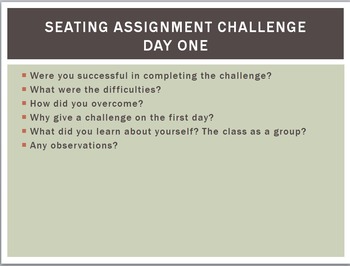
Seat Assignment Challenge - First Week of School

Digital Photography Yearbook Photo Assignment - First Week of School

First Week of School Letter to Teacher Assignment
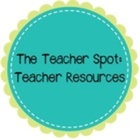
Assignment Sheet - 1st Week of School

My History- First Week of School Assignment

Creative Writing Unit for High School w/ Lesson Plans, Assignments , & Activities

BACK TO SCHOOL : Letter to My Future Self. LETTER WRITING ASSIGNMENT

French Back to School STATIONS, ME VOICI, ICEBREAKERS - Rentrée scolaire - Jeux
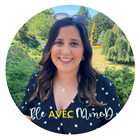
First Grade Back to School (Kindergarten Review) Packet
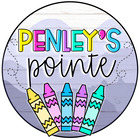
First Week of Physics | Back To School Bundle with Icebreakers

First Day of School Activities for High School English, Fun Writing Assignment
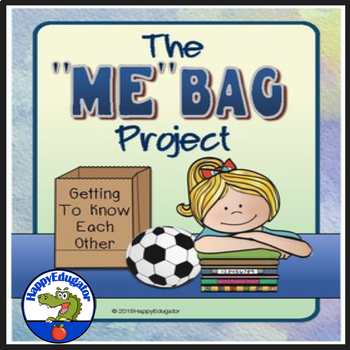
All About Me Bag First Week of School Activity

Back to School Writing Activity: Interview a Classmate and Write a Biography
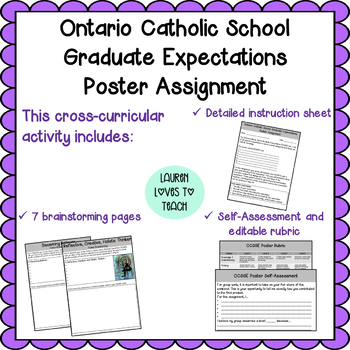
Ontario Catholic School Graduate Expectations Poster Assignment
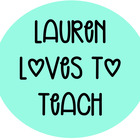
Spanish 1 for Beginners, First Week of School Lesson Plans Bundle

Todo sobre mí - Digital Assignment for Heritage Speakers

MY SUMMER VACATION First Day Writing Assignment

Back to School Activity Getting to Know You Student Lesson
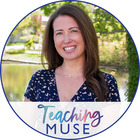
Letter To My Future Self Back-To- School Writing Assignment
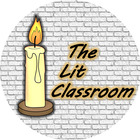
How to Write an Email to Your Teacher: Lesson with Poster, Assignment , Prompts

Color the ESRT (Earth Science Reference Tables) Assignment

AP Chemistry Summer Assignment
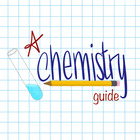
Following Directions Activity / First Week of School Activity / Ice Breaker
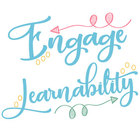
Art Intro - In Your Eyes - First week assignment for high school

- We're hiring
- Help & FAQ
- Privacy policy
- Student privacy
- Terms of service
- Tell us what you think
- Student Directory
- Disability Resource Center
- Practice-Ready Ethics & Professionalism Program
- Frequently Asked Questions
- Registrar’s Office
- Commencement
- Well-Being at FIU Law
- Academic Advising
- Information Technology
- Alumni Services
- Dean’s Alumni Circle
- Law Student Lounge Renovation Project
- 10th Anniversary Alumni Class Gift
- Alumni Mentoring Program
- Virtual Discussions and Webinars
- Update Information
- Give to FIU Law
Registrar’s Office
Fiu law registrar.
FIU Law’s Registrar’s Office is responsible for the academic schedule of classes, registration, enrollment and degree verification, room reservation, scheduling and administration of examinations, bar certification, academic policies, degree audits, transcripts, change of address and grade processing.
Summer 2024 Registrar Resources
Registration memorandum, 2023 – 2024 academic calendar, class schedule, summer 2024 booklist, first week assignments, final exam schedule, fall 2024 registrar resources, 2024 – 2025 academic calendar, combined class schedule, fall 2024 booklist, j.d. handbook.
The provisions in the J.D. Handbook were promulgated and codified by FIU Law in August 2003, and have been revised thereafter, with the most recent revisions effective Fall 2021.
Students should read these regulations carefully; all students are presumed to have full knowledge of their contents. The subjects covered include:
- RESIDENCY AND GENERAL ENROLLMENT REQUIREMENTS
- SPECIFIC COURSE AND ENROLLMENT REQUIREMENTS
- STANDARDS FOR GRADING AND GRANTING CREDIT
- STANDARDS FOR CONTINUATION AND GRADUATION
- CREDIT FOR WORK AT OTHER COLLEGES AND LAW SCHOOLS
- CREDIT FOR NON CLASSROOM WORK
- LEAVES OF ABSENCE AND WITHDRAWAL
- EXAMINATIONS
- GRADE NORMALIZATION POLICY (CURVE)
A downloadable version is available here .
Records & Forms
- Independent Study Form
- Transfer Student Registration
- Study Abroad Guidelines for NON-FIU Programs
- Visiting Student Application
- Visiting Student Registration
- Student Petition Form: The Student Petition Form is used to request transfer from the part-time program to the full-time program (and vice-versa), withdrawal from a course, leave of absence, withdrawal from the university, and to request several other important matters that require the approval of the Dean. The Student Petition Form can be found in your student portal on my.fiu.edu. When you log on to my.fiu.edu, follow these steps: >Student Tools >Eforms >College of Law Registrar >Student Petition Form Follow the instructions on the Student Petition Form and return the form to the Registrar’s Office.
J.M. Information
Juris master academic calendar 2024 – 2025.
Academic Calendar
JM Booklist
FIU Law Booklists and Information
JM Policies
Ll.m. student handbook.
Click here to view the LL.M. Student Handbook.
Family Educational Rights and Privacy Act
Click here to visit the FERPA page.
Visiting Applicants
Students attending a law school accredited by the American Bar Association (ABA) may apply to visit FIU Law.
Academic Admissions Statement and Resume
Visitor applicants must complete the Visiting Student Application and should submit this with a statement indicating the reasons for wanting to attend the FIU Law. Students must focus on the law school academic experience. In addition, all applicants are required to submit a resume.
Character and Fitness and the Need for Full Disclosure
Section B (1) of the application, Character and Fitness Information, requires candidates to report any disciplinary actions taken against them at any college or university and/or academic probation and suspension. Questions B (2) and (3) are about specific violations of law. Applicants answering “yes” to any question must provide a detailed explanation for each response and provide official documentation from the college/university or court, documenting the final disposition of each occurrence. It is the responsibility of the applicant to provide all documentation for “yes” responses.
Admission to FIU Law is contingent on the accuracy of information required to be furnished as part of the application process. Intentional failure to furnish required information or misrepresentation of such information can result in the withdrawal of an offer of admission prior to matriculation, dismissal from FIU Law after matriculation, and/or forfeiture of all fees and charges paid and academic credit earned. Any such failure to disclose or any misrepresentation may affect admission to a state bar.
Visitor Applicants must respond completely and accurately to all questions on the law school application.
Visiting students should be aware that in conducting character and fitness investigations, state bar authorities frequently request copies of candidates’ applications for admission to law school to determine if the information is accurate and demonstrates full disclosure. Discrepancies and/or omissions may call into question the applicant’s fitness for admission to a state bar, since they reflect on the applicant’s character and ability to follow directions, trustworthiness, honesty, and reliability.
Course Catalog
Click here to view the course catalog.
Registrar's Office
- Almi Rodriguez, Ph.D, Registrar
- 305.348.0175
- Ada Rueda-Wright, Coordinator
- 305.348.6296
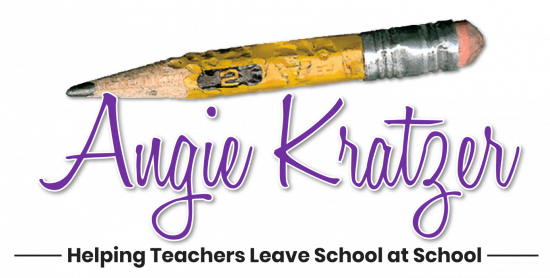
The First Week of AP Language
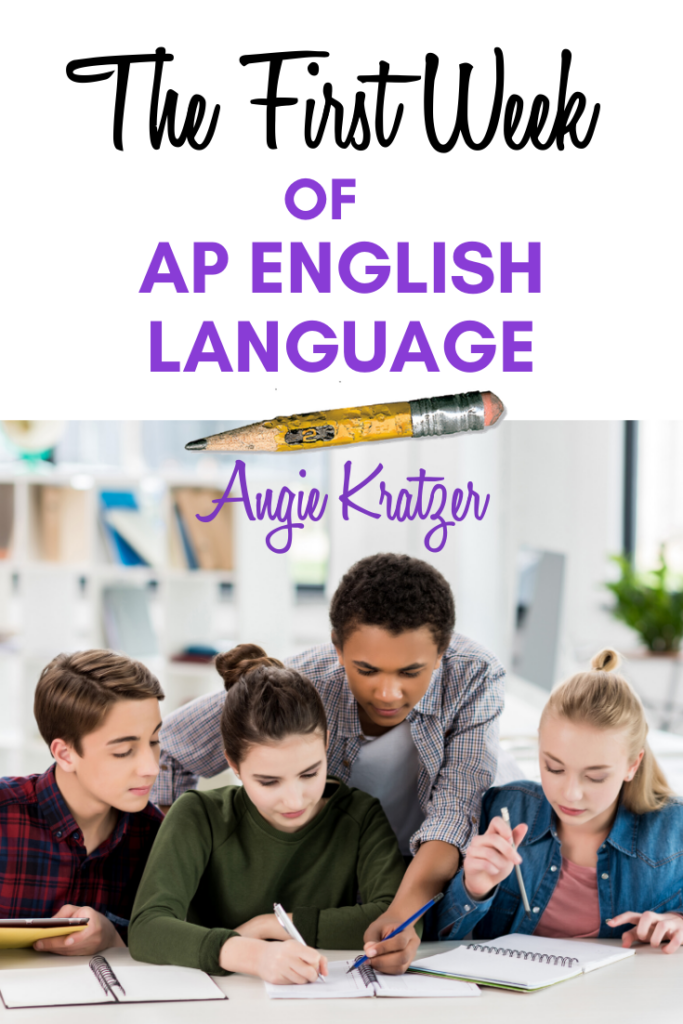
How in the world do we start?
There are so many ways to design an AP English Language course, that it’s hard to decide what to do the first week. For some schools, schedules are pretty fluid the first ten days or so, so you may be constantly dropping and gaining students. For others, students might be allowed to drop classes they find too challenging, so the classroom dynamic keeps changing. I’ve never been in either situation; in both the schools in which I taught Lang, schedules were pretty much locked in for upper-level upperclassmen, and they weren’t allowed to drop. My problem in both schools was schedule modification because of extended homeroom. I might have had one class that met for 30 minutes and another that lasted 90. That drove me bonkers.
Ideal world: If I had the same students every day for the first week of school, and we met for the same amount of time each of those days, here’s how I would run that first week.
Day 1: Get to know students as teenagers and as learners.
I’m a little old school when it comes to the seating chart. I line ’em up in rows for the first two weeks until I have learned names and figured out how students interact with each other. After that, I change it up every few days depending on the activity we have going on.
I have three icebreakers I love to use, and they help me figure out how to group students later. All of them work with extroverts, introverts, and ‘tweeners like me.
I then use a couple of learning style and work style inventories for insight into how they learn.
We do spend a few minutes on the obligatory student information form, and I go over some basic course requirements (textbooks, materials they’ll need, how I want their binders divided, etc.).
Students are reminded of our school-wide independent reading program , and I show them where to sign up their books and how to check books out from my personal classroom library.
Day 2: Dive right in with a baseline writing assignment
It’s time for these never-made-below-an-A-type-A kids to experience some humility. We do a 40-minute in-class rhetorical analysis essay on a cold prompt. I give them lined paper, require that they use a black pen, and hand them the most challenging prompt I can find: the 1998 letter from Charles Lamb to William Wordsworth. This baby will separate the cream from the milk, the wheat from the chaff, the tired metaphor from . . . another tired metaphor. The problem this year is that we won’t have anchor papers for it on the new analytic rubric .
Why this prompt? The letter was written in 1801, and the tones are SUBTLE. I want to know who in the room can run with a 19th century piece with layered tones. Full disclosure: I’ve always taught Honors English 10 as well as AP Lang, so I knew many of my students. I had the relationship to scare them a bit without shutting them down.
Then comes the first assignment. Yes, they have homework. No, it’s not overwhelming. I give them hard copies of “Our Barbies, Ourselves” by Emily Prager and have them read and mark it up for whatever they notice. I also ask them to bring in Barbie dolls and GI Joe-type action figures.
Day 3: Introduce the Rhetorical Triangle.
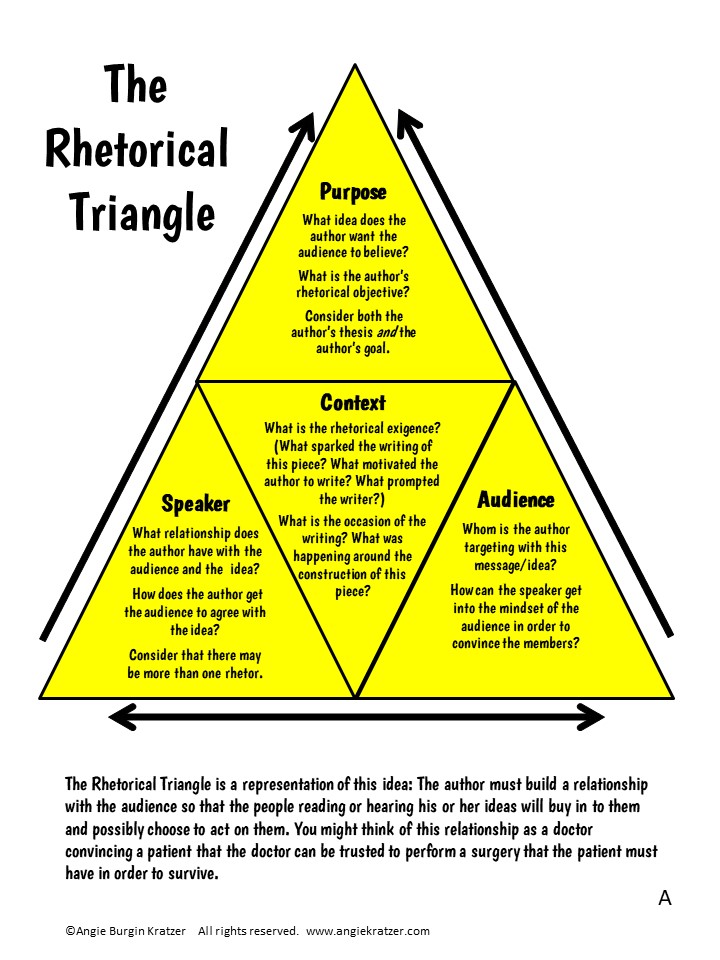
Using “Our Barbies, Ourselves,” I introduce the Rhetorical Triangle, and we line the toys up along my white board tray and discuss the author’s claim and whether or not she makes her argument well.
Day 4: Introduce S.O.A.P.S.
Students learn SOAPS (subject, occasion, audience, purpose, speaker), apply it to stale text (“Our Barbies, Ourselves”) and then apply it to cold text with “The Black Table is Still There.”
Day 5: Introduce tone.
Students have learned the bare-boned basics of rhetoric, and now we get into strategies. I LOVE teaching tone for many reasons, and my first lesson always includes a skit that changes in meaning based on the way the parts are read. I give out an exhaustive list of tone words, categorize them with the students, and then assign “tone parts” to help them see how tone dictates meaning. Students pair up with their assigned tones and perform the mini skit for the class with whatever prompts they want to use. Here’s the script:
Person A: No, you didn’t.
Person B: Yes, I did.
Person A: Where?
Person B: On the other side of town.
Person A: Was it expensive?
Person B: Are you kidding?
Image the tone pair being aghast/triumphant. Now imagine the tone pair being approving/guilty. Are they talking about a heist? A good sale? A new car? A clandestine meeting? Students have a lot of fun with this activity, and you can switch it up with different types of dialogue.
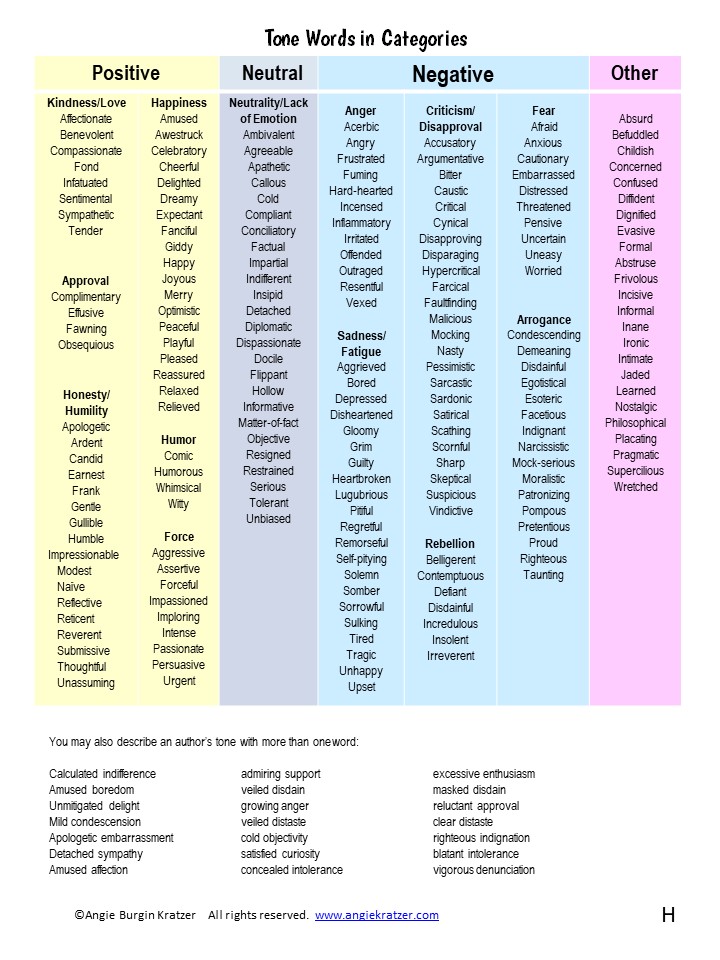
So, there you have it. I will send you my complete pacing guide if you’re interested. If you’re on a 180-day schedule, get this pacing guide . If you’re on a 90-minute block, get this pacing guide .

I’m a recovering high school English teacher and curriculum specialist with a passion for helping teachers leave school at school. I create engaging, rigorous curriculum resources for secondary ELA professionals, and I facilitate workshops to help those teachers implement the materials effectively.
- AP Language Exam
- Argumentation & Persuasion
- Grammar & Usage
- Reading Instruction
- Rhetorical Analysis
- Teacher Tips & Best Practices
- The Research Process
- Uncategorized
- Writing Instruction
Copyright © 2023 Angie Kratzer Site Design by Laine Sutherland Designs
Privacy Overview
| Cookie | Duration | Description |
|---|---|---|
| cookielawinfo-checkbox-analytics | 11 months | This cookie is set by GDPR Cookie Consent plugin. The cookie is used to store the user consent for the cookies in the category "Analytics". |
| cookielawinfo-checkbox-functional | 11 months | The cookie is set by GDPR cookie consent to record the user consent for the cookies in the category "Functional". |
| cookielawinfo-checkbox-necessary | 11 months | This cookie is set by GDPR Cookie Consent plugin. The cookies is used to store the user consent for the cookies in the category "Necessary". |
| cookielawinfo-checkbox-others | 11 months | This cookie is set by GDPR Cookie Consent plugin. The cookie is used to store the user consent for the cookies in the category "Other. |
| cookielawinfo-checkbox-performance | 11 months | This cookie is set by GDPR Cookie Consent plugin. The cookie is used to store the user consent for the cookies in the category "Performance". |
| viewed_cookie_policy | 11 months | The cookie is set by the GDPR Cookie Consent plugin and is used to store whether or not user has consented to the use of cookies. It does not store any personal data. |
Get the Reddit app
The subreddit for discussion related to college and collegiate life.
Homework due before the semester starts?
My professor assigned an entire week of homework due tonight but the semester, according to the campus, doesn’t start until tomorrow at 8am. He sent an email which I didn’t see because the semester hasn’t started yet, no one should be emailing me. But this doesn’t feel right or legal, the amount of weeks in a semester and the start time of the class officially according to the campus is tomorrow. You can’t just add a week because you felt like it. Can anyone explain this to me because I’m so pissed off that this apparently okay.
By continuing, you agree to our User Agreement and acknowledge that you understand the Privacy Policy .
Enter the 6-digit code from your authenticator app
You’ve set up two-factor authentication for this account.
Enter a 6-digit backup code
Create your username and password.
Reddit is anonymous, so your username is what you’ll go by here. Choose wisely—because once you get a name, you can’t change it.
Reset your password
Enter your email address or username and we’ll send you a link to reset your password
Check your inbox
An email with a link to reset your password was sent to the email address associated with your account
Choose a Reddit account to continue
Please use a recommended browser or install Google Chrome Frame to best experience this site.
- Quick Links
- Prospective Students
- Current Students
- Faculty & Staff
- Alumni & Friends
- Employers & Legal Community
- Why Washburn Law?
- Meet our Faculty
- Practical experience

- First Week Assignments
Assignments for First Day/Week of Classes
Please check D2L , or your email, for assignments from your professors.
What has Kamala Harris accomplished as vice president? Here's a quick look.
Vice President Kamala Harris and her meteoric rise as the successor to President Joe Biden, 81, as the Democratic presidential candidate in the Nov. 5 election is the most significant seismic shift in presidential politics in recent history.
As she gears up to secure the Democratic presidential nomination in Chicago this August, we examine some of Harris’ most significant accomplishments and policy initiatives.
More: Biden drops out of 2024 presidential race: What to know as America looks to election
Immigration
In response to immigration concerns, Harris’ call to action was the public-private partnership Central America Forward (CAF). The idea behind CAF is to support the creation of local jobs and other measures in order to slow the flow of mass migration.
CAF has generated more than $5.2 billion since its launch in 2021, and its partners include more than 50 companies and organizations that have committed to supporting economic growth in the Central America region. The entities represent the financial services, textiles, apparel, agriculture, technology, telecommunications, nonprofit sectors, and others, according to the White House.
Voting rights
Harris was at the forefront of the administration’s pursuit to enshrine voting rights protection throughout the U.S. according to White House transcripts . She pushed for Congress to pass the John R Lewis Voting Rights Advancement Act , which would’ve extended the protections of the 1965 Voting Rights Act and required federal approval for some local election law changes.
In 2021, the bill did not receive the 60 votes needed to overcome a Republican filibuster, preventing the start of debate on the Senate floor where Harris would have cast the deciding vote in the evenly split chamber.
Harris visited a Planned Parenthood clinic on March 14, a historic first for any president or vice president while in office, according to previous reporting by USA TODAY.
Walking through the clinic in Minnesota, the vice president spoke with staff members and health care providers as part of her nationwide “Fight for Reproductive Freedoms” tour earlier this year.
Gun violence
In September 2023, Biden established the first-ever White House Office of Gun Violence Prevention to reduce gun violence, overseen by Vice President Harris, as announced by the White House.
The Office of Gun Violence Prevention builds upon actions taken by the Biden-Harris administration to end gun violence, which include the signing of the Bipartisan Safer Communities Act.
Heralded by the White House as the most impactful gun violence prevention measure in almost three decades, the now law bars individuals under the age of 21 from buying firearms, grants the Justice Department additional powers to prosecute gun traffickers, provides mental health services in schools to assist youth affected by gun violence trauma and grief and funds community-based violence intervention programs.
Maternal health
In her previous role as U.S. Senator for California, Harris introduced the Maternal CARE Act and the Black Maternal Health Momnibus Act , which would direct multi-agency efforts to improve maternal health, particularly among racial and ethnic minority groups, veterans, and other vulnerable populations as well as maternal health issues related to COVID-19.
The vice president’s prior work on maternal and infant health care was a key component of the Build Back Better Act , passed in 2022. The legislation expands access to maternal care and makes new investments to drive down mortality and morbidity rates.
Broadband expansion
In 2023, Harris and U.S. Secretary of Commerce Gina Raimondo traveled to Kenosha, Wisconsin to celebrate the announcement of new electronics equipment production made possible by the Biden-Harris Administration’s “ Investing in America ” agenda and Bipartisan Infrastructure Law.
The Bipartisan Infrastructure Law requires the use of American-made materials and products for federally funded infrastructure projects, with the goal of bringing hundreds of new jobs to the U.S. The law also notably includes a historic $65 billion investment to expand affordable and reliable high-speed Internet access in communities across the U.S.
“Our investments in broadband infrastructure are creating jobs in Wisconsin and across the nation and increasing access to reliable, high-speed internet so everyone in America has the tools they need to thrive in the 21st century,” said Harris.
In 2021, President Biden declared Juneteenth a federal holiday. Often referred to as the “Second Independence Day,” it commemorates June 19, 1865, the day when 2,000 Union troops reached Galveston, Texas, to announce that enslaved African Americans were freed by executive order two years after the signing of the Emancipation Proclamation, according to the National Museum of African American History and Culture .
“As a United States Senator, I was proud to co-sponsor a bill to make Juneteenth a federal holiday,” said Harris during the Juneteenth concert at the White House. “This [day], we will hold a national day of action on voting. And I call on all the leaders here to please join us in helping more Americans register to vote.”
Reuters contributed to the reporting of this story.
Angels' Mike Trout removed from rehab game with knee soreness
Take a look at some numbers behind Mike Trout's struggles to stay healthy as he leaves his rehab game with knee soreness. (0:51)
Mike Trout was removed after the first two innings of his first minor league rehab game Tuesday night with soreness in his surgically repaired left knee, the Los Angeles Angels announced.
The superstar center fielder is day-to-day.
Trout started in center field and struck out looking in his only at-bat for the Triple-A Salt Lake Bees, then came back onto the field to sign autographs.
Speaking after the Angels' 5-1 win against the Mariners in Seattle on Tuesday night, manager Ron Washington said Trout will remain in Salt Lake City and will be reevaluated Wednesday.
Trout has been out since suffering a torn meniscus in that knee April 29, undergoing surgery four days later, but was days away from returning to major league action.
Washington previously told reporters the plan was for Trout to play five innings Tuesday, serve as the designated hitter Wednesday and play another seven innings Thursday, after which he might be activated off the injured list.
Trout, 32, is a generational talent who finished within the top two in American League MVP voting seven times from 2012 to 2019. But he has been ravaged by injury in recent years, playing in less than 50% of the Angels' games from 2021 to 2023 because of ailments to his right calf, upper back and left hand.
The three-time MVP held an .867 OPS with 10 home runs through his first 29 games of 2024 before suffering his latest injury.
Stay up to date with notifications from The Independent
Notifications can be managed in browser preferences.
UK Edition Change
- UK Politics
- News Videos
- Paris 2024 Olympics
- Rugby Union
- Sport Videos
- John Rentoul
- Mary Dejevsky
- Andrew Grice
- Sean O’Grady
- Photography
- Theatre & Dance
- Culture Videos
- Fitness & Wellbeing
- Food & Drink
- Health & Families
- Royal Family
- Electric Vehicles
- Car Insurance Deals
- Lifestyle Videos
- UK Hotel Reviews
- News & Advice
- Simon Calder
- Australia & New Zealand
- South America
- C. America & Caribbean
- Middle East
- Politics Explained
- News Analysis
- Today’s Edition
- Home & Garden
- Broadband deals
- Fashion & Beauty
- Travel & Outdoors
- Sports & Fitness
- Climate 100
- Sustainable Living
- Climate Videos
- Solar Panels
- Behind The Headlines
- On The Ground
- Decomplicated
- You Ask The Questions
- Binge Watch
- Travel Smart
- Watch on your TV
- Crosswords & Puzzles
- Most Commented
- Newsletters
- Ask Me Anything
- Virtual Events
- Wine Offers
Thank you for registering
Please refresh the page or navigate to another page on the site to be automatically logged in Please refresh your browser to be logged in
Trump news: Latest updates on Republican candidates Donald Trump and JD Vance
Former president’s quest to retake white house continues amid outcry over racist and misogynistic remarks, article bookmarked.
Find your bookmarks in your Independent Premium section, under my profile

Sign up for the daily Inside Washington email for exclusive US coverage and analysis sent to your inbox
Get our free inside washington email, thanks for signing up to the inside washington email.
Donald Trump is back on the campaign trail having returned to Pennsylvania for his first campaign rally in the swing state since he came within inches of being killed by a would-be assassin’s bullet on July 13.
The former president and Republican nominee spoke in Harrisburg, just hours after a confrontational interview with the National Association of Black Journalists in Chicago.
During the interview, Trump insulted his presumptive 2024 Democratic Party opponent, Kamala Harris , and falsely accused her of lying about her race — stating that she recently “became Black”. Harris, who is biracial, is Black and Indian-American.
At the evening rally, Trump remained largely tied to his prepared remarks and attacked Harris for supposedly wanting to “destroy” Pennsylvania’s economy.
His next big campaign event will be a joint appearance with his vice presidential pick, JD Vance . That will take place in Atlanta on Saturday, at the same venue Harris held a barnstorming first rally of her campaign earlier in the week.
We are temporarily pausing our Trump campaign blog.
Please join us in our main US election 2024 blog for full coverage of both campaigns as the race to the White House gathers pace.

Watch: Trump appears to have very little knowledge of Sonya Massey case
Full story: trump claims kamala harris only recently ‘became a black woman’ in unhinged remarks to black journalists.
Moments into a heated question-and-answer session with Black journalists in Chicago, Donald Trump claimed that vice president Kamala Harris “happened to turn Black” only recently.
“I didn’t know she was Black,” he said on Wednesday. “She happened to turn Black, and now she wants to be known as Black. So I don’t know, is she Indian or is she Black? ... I respect either one, but she obviously doesn’t, because she was Indian all the way and all of a sudden she made a turn and she became a Black person.”
Trump — responding to questions about whether he agrees with Republican allies who claimed that she was selected to run for office only because of her race — frequently interrupted and sparred with three Black women media workers at the National Association of Black Journalists conference.
Read Alex Woodward ’s full report.

Trump questions Kamala Harris’ ethnicity in remarks to Black journalists
Trump said he ‘didn’t know she was Black’ as he spars with Black reporters about his false and inflammatory claims
Fox anchor who appeared on Trump panel doesn’t address his false claims about Kamala Harris’s identity
Fox News host Harris Faulkner, who appeared alongside ABC’s Rachel Scott and Semafor’s Kadia Goba during the NABJ panel on Wednesday, was asked for her “thoughts” about Trump’s inflammatory comments when she re-appeared on the network.
”It was chippy at times but for the most part” the audience “was laughing,” she claimed.
Responding to another question, she said “what I loved about we could not see today was how much of that audience was enjoying the moment of hearing from the candidate that they ight not always agree with.”
Trump says he ‘crushed’ his disastrous panel appearance
Trump hopped on Truth Social after his question-and-answer panel at a conference with the National Association of Black Journalists, where he questioned Kamala Harris’s ethnicity and grew defensive and combative with the Black women journalists who questioned him.
“The questions were Rude and Nasty, often in the form of a statement, but we CRUSHED IT!” he wrote.
Harris campaign responds to Trump’s ‘tirade’
Harris’s campaign said Trump’s “tirade” was “the same hostility he has shown throughout his life, throughout his term in office, and throughout his campaign for president.”
“Today’s tirade is simply a taste of the chaos and division that has been a hallmark of Trump’s MAGA rallies this entire campaign,” said Harris for President communications director Michael Tyler.
“It’s also exactly what the American people will see from across the debate stage as Vice President Harris offers a vision of opportunity and freedom for all Americans,” he added.
“All Donald Trump needs to do is stop playing games and actually show up to the debate on September 10.”
Harris campaign reacts to Trump's NABJ appearance
Harris for President communications director Michael Tyler released the following statement after Donald Trump’s appearance at the National Association of Black Journalists convention in Chicago.
“The hostility Donald Trump showed on stage today is the same hostility he has shown throughout his life, throughout his term in office, and throughout his campaign for president as he seeks to regain power and inflict his harmful Project 2025 agenda on the American people.
“Trump lobbed personal attacks and insults at Black journalists the same way he did throughout his presidency – while he failed Black families and left the entire country digging out of the ditch he left us in. Donald Trump has already proven he cannot unite America, so he attempts to divide us.
“Today’s tirade is simply a taste of the chaos and division that has been a hallmark of Trump’s MAGA rallies this entire campaign. It’s also exactly what the American people will see from across the debate stage as Vice President Harris offers a vision of opportunity and freedom for all Americans. All Donald Trump needs to do is stop playing games and actually show up to the debate on September 10.”
Watch: Rev Al Sharpton reacts to Trump’s NABJ
Former trump staffers react to nabj interview, trump campaign spokesperson warns harris wants to ‘ban our assault weapons'.
Trump campaign spokesperson Caroline Sunshine warned on Fox News this morning that Kamala Harris wants to “ban our assault weapons”.
The majority of Americans (65 per cent of registered voters) support such a ban.

Join our commenting forum
Join thought-provoking conversations, follow other Independent readers and see their replies
Subscribe to Independent Premium to bookmark this article
Want to bookmark your favourite articles and stories to read or reference later? Start your Independent Premium subscription today.
New to The Independent?
Or if you would prefer:
Hi {{indy.fullName}}
- My Independent Premium
- Account details
- Help centre
Orioles sign 1st-round Draft pick Honeycutt

BALTIMORE -- General manager Mike Elias stated earlier this week that he was optimistic the Orioles would sign outfielder Vance Honeycutt -- the club’s first-round pick in the 2024 MLB Draft -- before Thursday’s 5 p.m. ET deadline to do so.
With a little more than six hours to go, Baltimore got the deal done.
Honeycutt, who was selected at No. 22 overall , signed with the O’s on Thursday morning, the team announced. The 21-year-old out of the University of North Carolina received a signing bonus of $4 million, a source told MLB Pipeline’s Jim Callis, which was above the assigned slot value of $3,802,200.
It’s the first time the Orioles have gone above the slot value to sign a first-round Draft pick since Elias became the GM prior to the 2019 season.
“It’s a super exciting day, super exciting last couple of weeks obviously,” Honeycutt said. “Just kind of felt like that part of your journey, the chapter is kind of closing and then you're going to get to start a new chapter, but just trusting in the process.”
2024 Draft presented by Nike: Draft Tracker | First-round signings | All-time biggest bonuses Pick-by-pick analysis: Day 1 | Day 2 | Day 3
Bazzana goes No. 1 | Wake Forest makes history | Mariners nab switch-pitcher | Top 7 Day 1 storylines | Best hauls | Our favorite picks | Famous family ties | Biggest steals | These picks could be new club No. 1's | Picks who could be quickest to bigs | Sons of Manny, Big Papi selected | Complete coverage
Welcome home, Vance! pic.twitter.com/AofBoBsiiS — Orioles Player Development (@OsPlayerDev) August 1, 2024
“We're happy that this got done and good that Vance can get on his way with the Orioles,” said agent Scott Boras, who represents Honeycutt.
Although Baltimore has taken a position player in the first round in each of Elias’ first five Drafts at the helm -- with four coming from the college ranks -- Honeycutt has a bit of a different skill set than his predecessors. He has a tremendous combination of both power and speed, and he’s also a strong defender in the outfield.
Honeycutt recorded 65 home runs and 76 stolen bases over 176 games during his three-year career at UNC. In order to take the next step offensively, he’ll need to cut down his strikeout rate, as he fanned 224 times in 855 plate appearances for the Tar Heels.
Asked to compare himself to an active MLB player, Honeycutt didn’t have an answer.
“I don't know if there's a specific player that I can -- I think I just kind of possess a unique combination of speed and power, and I like to think I play the game the right way,” Honeycutt said. “Just work hard every single day off the field, and trust that preparation on it.”
Honey, he's home. pic.twitter.com/dzxGPI3RmN — Baltimore Orioles (@Orioles) August 1, 2024
Every team's signings:
ALE: BAL | BOS | NYY | TB | TOR ALC: CLE | CWS | DET | KC | MIN ALW: HOU | LAA | OAK | SEA | TEX NLE: ATL | MIA | NYM | PHI | WSH NLC: CHC | CIN | MIL | PIT | STL NLW: ARI | COL | LAD | SD | SF
It’s the second year the O’s have taken a player in the first round who could have a future as a center fielder, as they selected Enrique Bradfield Jr. (the club’s No. 4 prospect per MLB Pipeline) out of Vanderbilt University at No. 17 last year. Who’s the better defender -- Bradfield or Honeycutt?
“We'll find out. They're both fantastic defensive players,” said Matt Blood, the Orioles’ vice president of player development and domestic scouting. “It's sort of like going to a really nice restaurant and trying to choose between the best two things on the menu. So, I really don't have a straight answer for you on that one, but they're both a lot of fun to watch play out there.”
Bradfield and Honeycutt are far from the only talented position players in Baltimore’s system.
The O’s have developed a strong track record of churning out talented, young players in recent years. Adley Rutschman, Gunnar Henderson, Jordan Westburg, Colton Cowser and others were all players drafted by Elias who are now having success at the big league level.
Honeycutt is looking forward to getting to work soon, as he’ll report to the Orioles’ complex in Sarasota, Fla., and begin his professional career. It may not be long before he gets into game action for Single-A Delmarva.
“Obviously, I’ve heard nothing but great things about the player development and those guys that have came through the system,” Honeycutt said. “So, super excited to just have an opportunity to be able to do that. Looking forward to getting going.”
- Summer Racing Northeast
- Champions League
- Motor Sports
- High School
- Shop Northeast
- PBR Northeast
- 3ICE Northeast
- Stubhub Northeast
- Play Golf Northeast
Angels unsure if Mike Trout will play again this season after injury setback during rehab
Trout, who turns 33 next week, has not played in an mlb game since late april.
Los Angeles Angels outfielder Mike Trout suffered a setback in his recovery from meniscus surgery and it's unclear if he will play again this season, GM Perry Minasian announced Tuesday ( via The Athletic .) Trout exited the first game of his minor-league rehab assignment because of knee soreness last week, though an initial MRI came back clean.
Trout struck out in his only at-bat Tuesday and was slated for five innings, but played just two.
Trout, who turns 33 next week, has not played in an MLB contest since April 29 after tearing the meniscus in his left knee. That injury required an operation, and has sidelined him for nearly three months. In 29 games prior to the ailment, he hit .220/.325/.541 (138 OPS+) with 10 home runs and six stolen bases. His contributions had been worth an estimated 0.9 Wins Above Replacement, according to the calculations housed at Baseball Reference.
"Just got to get the strength back," Trout told the Associated Press in June -- at the time, he had not begun running nearly two months after the procedure . "Kind of felt like this last week has been a little turning point where I can start ramping it up a little bit, see how it feels. It's just trying to find exercises that don't make it ache the next day or irritate it. Finally figured something out that's been working. Just trying to get that strength back.
"I can't run," Trout added at the time. "Certain things get me kind of achy and sore the next day. Trying to limit that, because I don't want to get here and then have a setback and have this (up-and-down) thing. Just trying to progress as fast as I can the smart way."
The Angels enter Tuesday with a 46-60 record on the season, putting them nine games back in the American League West. They're 35-42 during Trout's absence.
Our Latest MLB Stories
Yankees' worst home stretch since 1917: What to know
R.j. anderson • 3 min read.
Giants' Snell turns around his season with no-hitter
MLB DFS picks, August 3, 2024 strategy, lineups, advice
Cbs sports staff • 3 min read.
Orioles prospect Mayo reaches base twice in MLB debut
Dayn perry • 1 min read.
Harper slump among reasons for Phillies' recent slide
R.j. anderson • 4 min read.
Why Yankees manager Aaron Boone benched Gleyber Torres
Matt snyder • 1 min read, share video.

Angels unsure if Trout (knee) will return this season

How Snell turned around his season with no-hitter

Reasons for the Phillies' recent slide

Odds for MVP, Cy Young, top rookie

Which teams got new No. 1 in July?

Why Jazz's early Yanks success can last

Why Yankees' Aaron Boone benched Gleyber Torres

Rangers place Max Scherzer on injured list

O's prospect Mayo reaches base twice in MLB debut

Astros DFA Rafael Montero halfway through 3-year deal
- Investigations
- Classifieds
- Legal Notices
Reds trade for Mariners infielder

The Cincinnati Reds acquired first baseman Ty France and cash considerations from the Seattle Mariners in exchange for minor league catcher Andruw Salcedo on Monday.
The Reds announced the deal about 29 hours before the Major League Baseball trade deadline, which is 6 p.m. Tuesday.
France, 30, hit .223 with eight home runs and 31 RBIs in 88 games with the Mariners. This was his fifth season in Seattle. He started his big-league career with the San Diego Padres in 2019.
France is from West Covina, Calif., and played at San Diego State University.
The Mariners designed France for assignment last week. They had seven days to trade, release, option or waive him.
Salcedo, 21, hit .188 in seven games for Single-A Daytona.
The #Reds have acquired IF Ty France and cash considerations from the Mariners in exchange for minor league C Andruw Salcedo. pic.twitter.com/rswDMFzTmt — Cincinnati Reds (@Reds) July 29, 2024
About the Author
David Jablonski covers the Dayton Flyers and other sports for the Dayton Daily News, Springfield News-Sun and Journal News.
- Orioles Promote Coby Mayo
- Harris: Tigers Were Never Close To Trading Skubal
- Mike Trout Done For The Year Due To Meniscus Tear
- Jordan Westburg Suffers Fractured Hand
- Astros Designate Rafael Montero For Assignment
- Orioles Acquire Austin Slater, Livan Soto
- Hoops Rumors
- Pro Football Rumors
- Pro Hockey Rumors
MLB Trade Rumors
Reds Acquire Ty France
By Steve Adams | July 29, 2024 at 11:51am CDT
The Reds announced Monday that they’ve acquired first baseman Ty France and cash from the Mariners in exchange for minor league catcher Andruw Salcedo . Seattle designated France for assignment last week. Cincinnati also placed catcher Austin Wynns on the 10-day injured list due to a lat strain, selected the contract of catcher Eric Yang from Triple-A Louisville and transferred righty Graham Ashcraft to the 60-day IL to open a 40-man spot. Their 40-man roster is now at capacity. Seattle is reportedly sending around $1.29MM to cover part of France’s remaining salary.

Entering the season, the notion of the Reds acquiring a first baseman would’ve seemed silly. Cincinnati had an infield surplus and a particular glut of first basemen, with Christian Encarnacion-Strand , Spencer Steer and offseason signee Jeimer Candelario all standing as options at the position. However, Encarnacion-Strand’s season ended early due to wrist surgery, while Steer has seen significant time in the outfield. Candelario has spent much of the year at third base but has been at first base more frequently since Noelvi Marte returned from an 80-game PED suspension. France figures to slide in at first base — certainly against left-handed pitching — while Candelario could see increased time at designated hitter.
Originally drafted by the Padres, France went to Seattle alongside Andres Munoz in the 2020 trade that sent catcher Austin Nola from Seattle to San Diego. He broke out immediately with the M’s and for several seasons was one of their most productive hitters — even earning a well-deserved All-Star nod in 2022. From 2020-22, France posted a combined .285/.355/.443 batting line. He belted 42 homers despite playing in the game’s most pitcher-friendly park, adding 68 doubles and three triples along the way. He didn’t walk much (6.5%) but also went down on strikes in only 16.7% of his plate appearances.
France’s bat took a step back in 2023, when he hit .250/.337/.366 with a dozen homers. His bat-to-ball skills remained strong, however, and his batted-ball metrics remained in line with those that he’d posted during that strong 2020-22 run. A dip in his homer-to-flyball rate was at least partially to blame, and the Mariners tendered France a contract despite the down year, understandably betting on his track record and the ostensibly fluky nature of his ’23 downturn.
The rebound the M’s had expected never manifested, unfortunately, and this year’s struggles are more alarming. France’s contact skills have dipped noticeably. After making contact on 91.2% of pitches in the strike zone in the three preceding seasons, his contact rate on balls in the zone has dropped to 87%. He’s chased off the plate less but also swung less in general as well, dropping from a 52.5% swing rate to a 48% mark. As he’s gotten more passive and made contact in the zone less often, pitchers have attacked him more (58% first-pitch strike rate in 2021-23; 61.2% in ’24). The change in approach hasn’t worked out, as France’s strikeout rate has spiked to a career-worst 24.4%.
The Reds, in dire need of an offensive jolt, will send a low-level catching prospect to the Mariners in hope of turning France around. He’ll move from one of the worst settings for a hitter (Seattle’s T-Mobile Park) to one of the best (Cincinnati’s Great American Ball Park) — and that swap alone should help France in the power department. The Reds will hope that the change in scenery and some new coaching input and new data from their front office can help France get back to his prior form. They’ve received an awful .215/.266/.363 slash from their first basemen this season, so France will have a low bar to clear when it comes to providing an upgrade..
If France is indeed able to return to form — or at least more closely approximate his peak form — he’ll be a multi-year option for Cincinnati. He’s not currently signed to a contract for the 2025 season but is arbitration-eligible one final time this winter. The Reds would owe him a raise on this year’s $6.775MM salary, though his early struggles in Seattle should tamp down the weight of any salary increase and keep him shy of $10MM. If not, France would be a trade or (likelier) non-tender candidate in the offseason.
As for the Mariners, they’ll bring in a 21-year-old catcher who’s played parts of four seasons in the Reds’ system. Salcedo carries a .246/.347/.330 batting line in a still-small sample of 98 professional games. He’s fanned in 27.5% of his plate appearances but also walked at a hearty 11.4% clip. He’s not regarded among the Reds’ top prospects, but that sort of low-level lottery ticket return is to be expected for a veteran player on a notable salary. In the meantime, they’ll continue to give regular playing time at first base to top prospect Tyler Locklear while also scouring the market for an additional bat to add to the mix after acquiring Randy Arozarena from the Rays last week.
Ronald Blum of the Associated Press reported the specifics of the cash considerations.
76 Comments

I think that’s a good fit. I like France and I hope he does well there.
I agree. Nice grab !

Should say Steer has played a good deal in the outfield this year, not “Strand”.
Got a roughly league average hitter for a minor leaguer who has struggled mightily offensively. Solid move.
Yeah I like the move to Cincinnati for France. Couldn’t ask.for better bounceback conditions as a hitter who has struggled in seattle.
Reds fans are having a good “fit”, all season long.
Uh…what?
France and India have been united.
Domingo German(y) and Zach Britton (sic) sure to follow!
France surrenders to Cincinnati.
Wouldn’t be the first time France surrendered
Now the Reds just need to complete the infield with Joe China and Ichiro Canada…
a classic low risk, potential high reward move for the Reds.
Is he a free agent after this year?

No, one more year of arb control, free agent after next year.
But more importantly, will he be worth the $7-8M with a 0.7 bWAR over the past two seasons?
If he hits like he did in SEA he’s getting nontendered.
Candelario is almost identical, and they’re paying him $15M/.
Yep, the Reds should move him in the next 24 hours if at all possible.
Salcedo hasn’t hit a home run in 3 years. Come on Jerry!
France was just outrighted and about to be released. Getting anything is a minor miracle.

France will do great in Cincy and make the M’s regret giving up on him.
What else does your crystal ball say?
It’s crystal meth he’s looking at
There is nothing he can do with Cincy that will make the M’s regret this. He’s going from the least hitter-friendly ballpark to arguably the most hitter-friendly, of course his numbers will increase. Him doing well there doesn’t mean he was going to suddenly erase 1.5 years of subpar hitting with bad defense and terrible baserunning in Seattle.
I hope he does well. I hope he gets back to .270 hitting with 20+ HR because it wasn’t going to happen with the M’s.
I’m not sure anyone would argue it’s the most hitter friendly. 6th this year behind Coors, KC, Chase, Target, Angels. 7th for HRs.
Why would we base it on just this year? That’s very short-sighted. Park Factors need multiple years to have meaning.
Even if he does, I don’t see that happening. Fans love France but his batting has been terrible for 2 years now, his approach has changed with how much he gets HBP. If you took out the HBP his OBP an OPS are atrocious. He’s incredibly slow and his defense has taken big steps back.
I always wanted him to drop a lil weight, work on his speed an move him to 2nd base, but they kept him at first.

If France has a miraculous rebound, good for him. And since he’d be with an NL team, we’d rarely have to see him anyhow…so good luck to Ty.
Good move reds
And in Pirates news, … … … … there is none.

Lemme get Bednar for Stowers.
The punchline writes itself.
All of the other NL Central teams already have or will be making moves shortly.
YOUR move, Ben. The Pirates’ starting rotation thanks you in advance!《SARCASM FONT》
He just made a trade… please keep up.
And an earthshaking trade it is ! Raise the Jolly Roger and storm the Alcoa Center !
Sometimes the change of scenery can really help somebody because Ty France still very good baseball player who is just had a rough year and a half
Seattle is a tough place to hit. Cincy is not. Could be good for the Reds and France.

Makes little sense to me when you have Steer on the roster. If Friedl, Fraley, Benson, Fairchild, Candelario etc are healthy, I dont see a spot for France.
Friedl and Candy have struggled to stay healthy and the reds OF has been a black hole offensively
Ideally this keeps Steer off the dirt by giving the Reds another bat to slot with Candy at DH/1B
But I know as I type this Bell is already writing “Espinal – DH” on tonight’s card….
That or he has Benson slotted in the lineup again
Steer to LF…France at 1st…the Reds OF will be Steer, Friedl (until he gets hurt again) and Fraley…Candy DH
You could say the same about Fraley (until he gets hurt).
This should be a good ballpark for Ty to regain his power stroke. If he can’t hit dingers at Great American, he never will
He’s not a power guy. That’s the big knock with him, he’s a singles contact hitter with no speed
Any relation to our reliever Saucedo?
Never mind, I didn’t look close enough at the different spelling.
They could be 7th cousins and the guy at Ellis Island misspelled their name. That’s the heartwarming story I’m going with
He’s French! Why do you think he has this out-RAgeous accENT, you silly king?
Hopefully the trade for Salcedo indicates that a bigger trade involving Ford is coming.
Hopefully not. Do not trade Ford.
I dont think this trade would have anything to do with a Ford trade. This kid is on IL and has barely played in his 4 year minors career.
While his minor league BA that never crossed .200 indicates he’s a perfect fit for the M’s, he’s probably just a body behind the plate. An org catcher.
Whoops, I guess that BA is true of his post rookie ball tenure, not his entire career.
But he ain’t no Harry Ford replacement!
Reds going french? Forget them! U S A
*munches on French fries*
Yeah! Go America!
That were invented in Belguim
*munches on Belgian waffle*
That were once called freedom fries for quick second
How’s the Locklear kid looking at first? I haven’t seen him play. Big time minor league numbers.
Way better defensively than France and much faster obviously. Not hitting into as many DPs as France but still not really hitting in his limited time.
So they go out and get another guy hitting .220 and striking out a ton to go with .190 hitting Benson who strikes out a ton.
Smooth move, ex-lax.
At least he only cost an A ball catcher.
Don’t forget the monster trade for Slater they made earlier. I don’t think he has a hit since joining the team. But yet they send Hinds down.
Good god you’re stupid “this one belongs to the reds”
Why are you a fan of a team you don’t like? You are loser in every aspect of life clown
I don’t see this guy moving the needle for the Red’s anemic offense.
I don’t math good but…isn’t another move going to be required?
Added France and Yang, subtracted Wynns
Surprised they got anything back for France. Now go get a big bat 1B!
Mariners fan here. Wishing Ty France nothing but the best. Still think he has offensive skills in him.
FWIW Reds fan here and I currently have 87 prospects ranked with the Reds and Salcedo was never a consideration for my list

.223 is an better than half the Reds lineup this year. Can’t hurt.
They say he’s a singles hitter with no power but he’s fourth on the reds in homers.
Mike Ford 2.0?
Baseball Prospectus 2024 said it best; if you’re 1B your only skill cannot be HBP…
The Reds search for a First Baseman has taken them to FRANCE !!
“The rebound the M’s had expected never manifested, unfortunately, and this year’s struggles are more alarming.”
What’s really alarming is how bad of a writer Steve Adams is. As a conjunctive adverb, “unfortunately” has to START the sentence. Otherwise it needlessly interrupts the sentence’s flow. This is much better and knocks out a comma:
“Unfortunately, the rebound the M’s had expected never manifested and this year’s struggles are more alarming.”
Leave a Reply Cancel reply
Please login to leave a reply.
Log in Register
- Feeds by Team
- Commenting Policy
- Privacy Policy
MLB Trade Rumors is not affiliated with Major League Baseball, MLB or MLB.com

Username or Email Address
Remember Me

COMMENTS
Discuss bullying and different names. Count letters and syllables in each student's name and create a graph. Discuss how your class is a safe place and no bullying and teasing will be tolerated. (See lesson plans document for questions to ask.) GENRE STUDY: Show the class library and review the different types of genres.
What this handout is about. The first step in any successful college writing venture is reading the assignment. While this sounds like a simple task, it can be a tough one. This handout will help you unravel your assignment and begin to craft an effective response. Much of the following advice will involve translating typical assignment terms ...
Have students work in groups to complete the Saving Fred activity. Start by splitting your class into small groups. I like to have 3-4 students in each group. You will need plastic cups, 4 paper clips per group, gummy worms, and gummy lifesavers. Fred, the worm, was riding in his boat, the cup, when it tipped over.
6. Play Four Corners to get kids up and moving. Speaking of getting kids moving, you can also try a game of Four Corners as an All About Me first day of school activity. It's a kind of "Simon Says" game, but instead of following the directions, students have to move to the spot that best describes their answer.
For math the first day, we get to know each other with numbers. I start by writing 5 numbers on the board that tell about me. Then, the students have to guess what the numbers mean. For example, they need to guess that 315 is my address. Then, the students get a piece of paper and write 5 numbers about themselves.
For the past few years, I've used these seven writing activities the first week of school at various times throughout the day and they all serve their own purpose. Goal Setting. My fifth grade team is departmentalized and I teach writing. For this reason, I make this activity specifically writing focused, and put these as the first page of ...
On Thursday, you can choose between one of the following two options: Option 1: You can skip the daily bell-ringer and have students complete a team-building activity, like the zombie escape room. Option 2: Get students to do the bell-ringer as well as a less comprehensive activity, like the buried ship mystery.
The beginning of the year is all about establishing a starting point for instruction. I try to assign writing in the first week so I can group students by ability level as soon as I can. Remember, the first writing assignment you give should be short enough to finish in one class period and interesting enough for them to enjoy completing.
A first paper assignment can do the following: Introduce students to the intellectual work of the course. Give students a sense of course expectations. Provide insights into how students will manage the substance of your course. Provide students with opportunities to experiment with writing practices you hope students will use in your course ...
Here are my top 7 back to school activities: 1. Goal Setting. I love to work with students during the first week of school to set goals. Goal setting is the perfect complement to teaching a growth mindset and the power of "yet.". Setting goals is so important…think about crossing off a task on your own to-do list!
During the first week, I find students prefer a preview of key course assignments but desire to know about them in detail only before the assignment is due. In 2014, I converted my 6-page syllabus to a front and back visually appealing infographic that resembles a wide bookmark.
First Week Reading Assignments. College of Law Registrar. Please Click Here for First Week Reading Assignments. fab button. Back to Top. 1601 S. Martin Luther King Jr Blvd, Tallahassee, FL 32307. Contact Us (850) 599-3000. facebook. instagram.
The First Week in First Grade. I wanted to stop by today and share some a few of my "go-to" activities during the first week of school to build our classroom community and set expectations for the year! During the first few days of school, we are setting the tone for the rest of the year. Our students are looking to see what kind of teacher ...
Part 1. My name is Ali and am an international student. I am an ambitious and hardworking person who is determined to succeed in life. Currently, I am just a student and have not succeeded in getting any employment. Although there are opportunities for me to work at the university, I have not yet been successful in getting any job.
Make time to check in with your manager during your first week. It can pay dividends in the long run. 9. Every day: Don't be afraid to ask questions. When you're a new hire, you want to appear capable and confident to prove your value. But don't be afraid to ask questions—especially if you're remote.
This is an activity that gets students engaged from the minute they walk into your classroom! During the First Week of School, students will complete different challenges and be a
The first week of class runs from the Monday the course opens until 11:59 p.m. (Eastern Time) on the first Sunday of that week. ... Students who do not submit this assignment during the first week of class may be automatically dropped from any courses in which this assignment has not been completed.
First Week Assignments. Final Exam Schedule. Fall 2024 Registrar Resources. Registration Memorandum. 2024 - 2025 Academic Calendar. Combined Class Schedule. Fall 2024 Booklist. First Week Assignments. Final Exam Schedule. J.D. Handbook.
Ideal world: If I had the same students every day for the first week of school, and we met for the same amount of time each of those days, here's how I would run that first week. ... Day 2: Dive right in with a baseline writing assignment . It's time for these never-made-below-an-A-type-A kids to experience some humility. We do a 40-minute ...
This isn't just assignments due the first day, this is before the first day even starts the assignment is due. He genuinely added an entire week to the semester. Plus the class officially has no textbooks since they are free so there was no way to get ahead or check because the campus bookstore just says NA.
The following person has been designated to handle inquiries regarding the non-discrimination policies: Michelle White-Godinet, Equal Opportunity Director/Title IX Coordinator, Washburn University, 1700 SW College Ave, Topeka, Kansas 66621, 785.670.1509, [email protected]. Instructions for obtaining assignments for the first day and week ...
During First Week, you will attend your first class of the semester with one of your professors. You will receive training on expert learning skills for law students, meet with your student success team (SST) and get to know your assigned Bowen Fellows. You will also have an opportunity to complete administrative matters associated with your ...
In September 2023, Biden established the first-ever White House Office of Gun Violence Prevention to reduce gun violence, overseen by Vice President Harris, as announced by the White House.
Mike Trout was removed after the first two innings of his first minor league rehab game Tuesday night with soreness in his surgically repaired left knee, the Los Angeles Angels announced.. The ...
Boston Red Sox first baseman Triston Casas could start a minor league rehab assignment by the end of this week, chief baseball officer Craig Breslow said Thursday morning on WEEI's "The Greg Hill ...
That will take place in Atlanta on Saturday, at the same venue Harris held a barnstorming first rally of her campaign earlier in the week. We are temporarily pausing our Trump campaign blog.
BALTIMORE -- General manager Mike Elias stated earlier this week that he was optimistic the Orioles would sign outfielder Vance Honeycutt \-\- the club's first-round pick in the 2024 MLB Draft -- before Thursday's 5 p.m. ET deadline to do so. With a little more than six hours to go,
Trout exited the first game of his minor-league rehab assignment because of knee soreness last week, though an initial MRI came back clean. Trout struck out in his only at-bat Tuesday and was ...
The Mariners designed France for assignment last week. They had seven days to trade, release, option or waive him. Salcedo, 21, hit .188 in seven games for Single-A Daytona.
The Mariners traded first baseman Ty France to the Reds after designating him for assignment last week. Read more at MLB Trade Rumors.